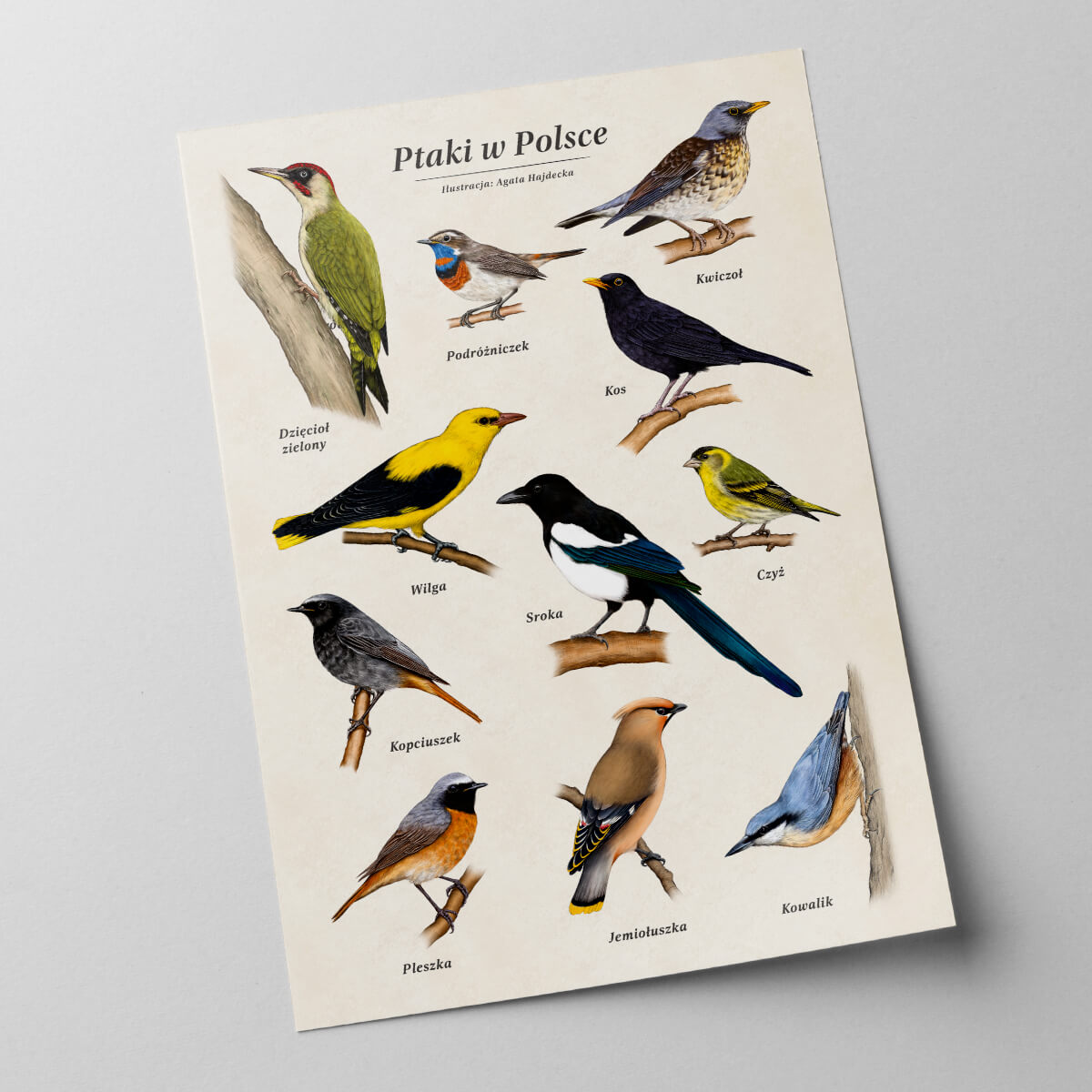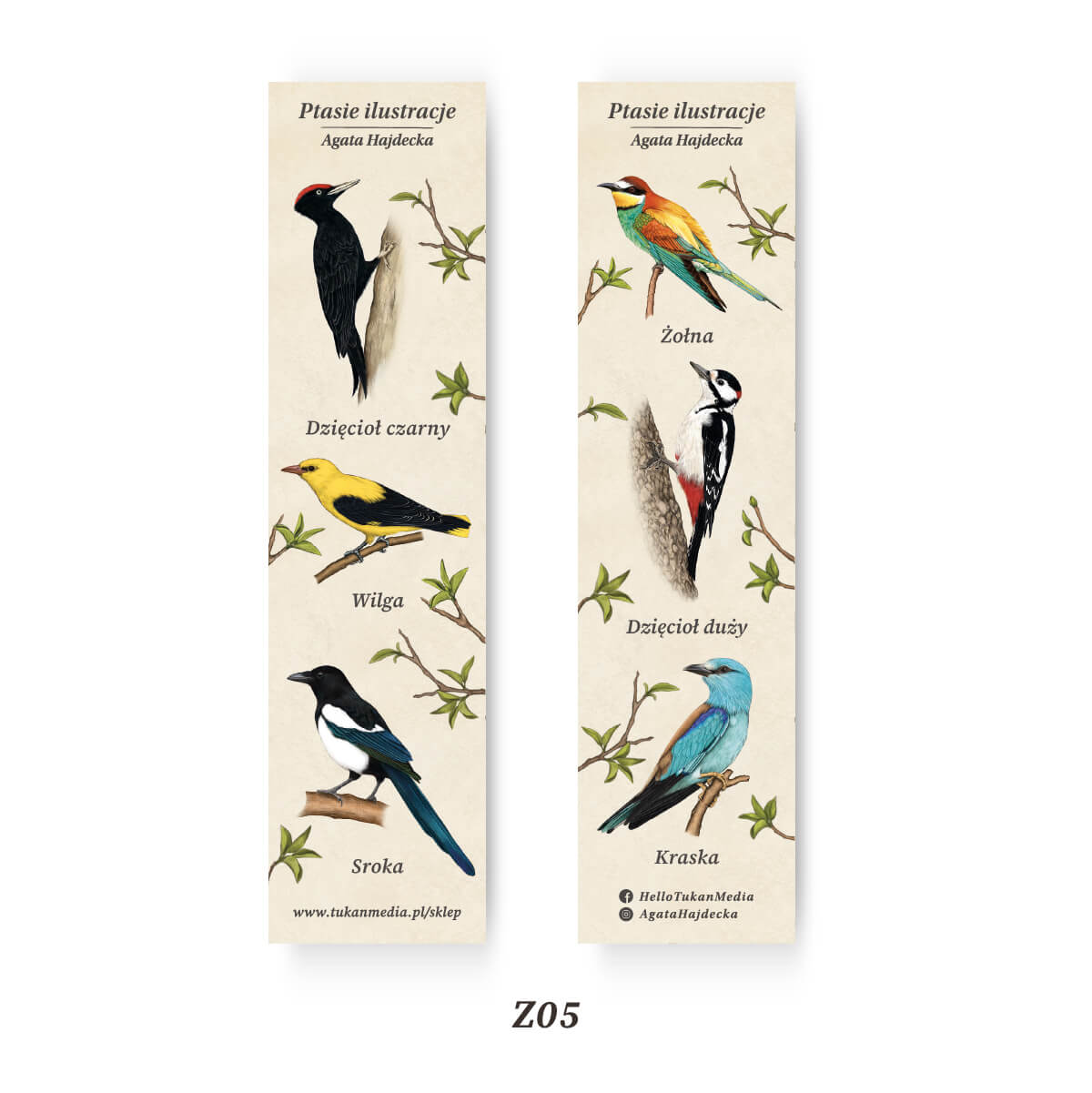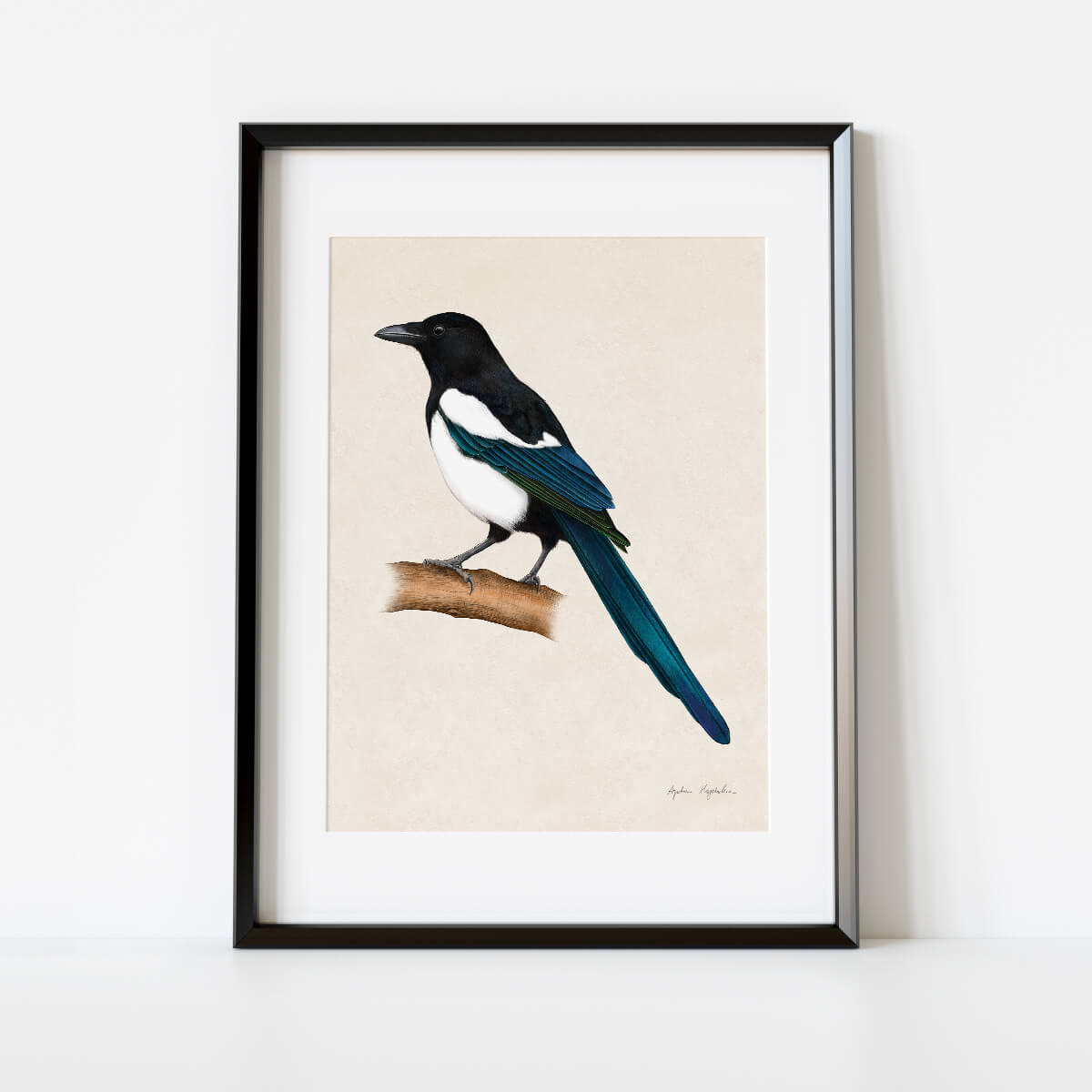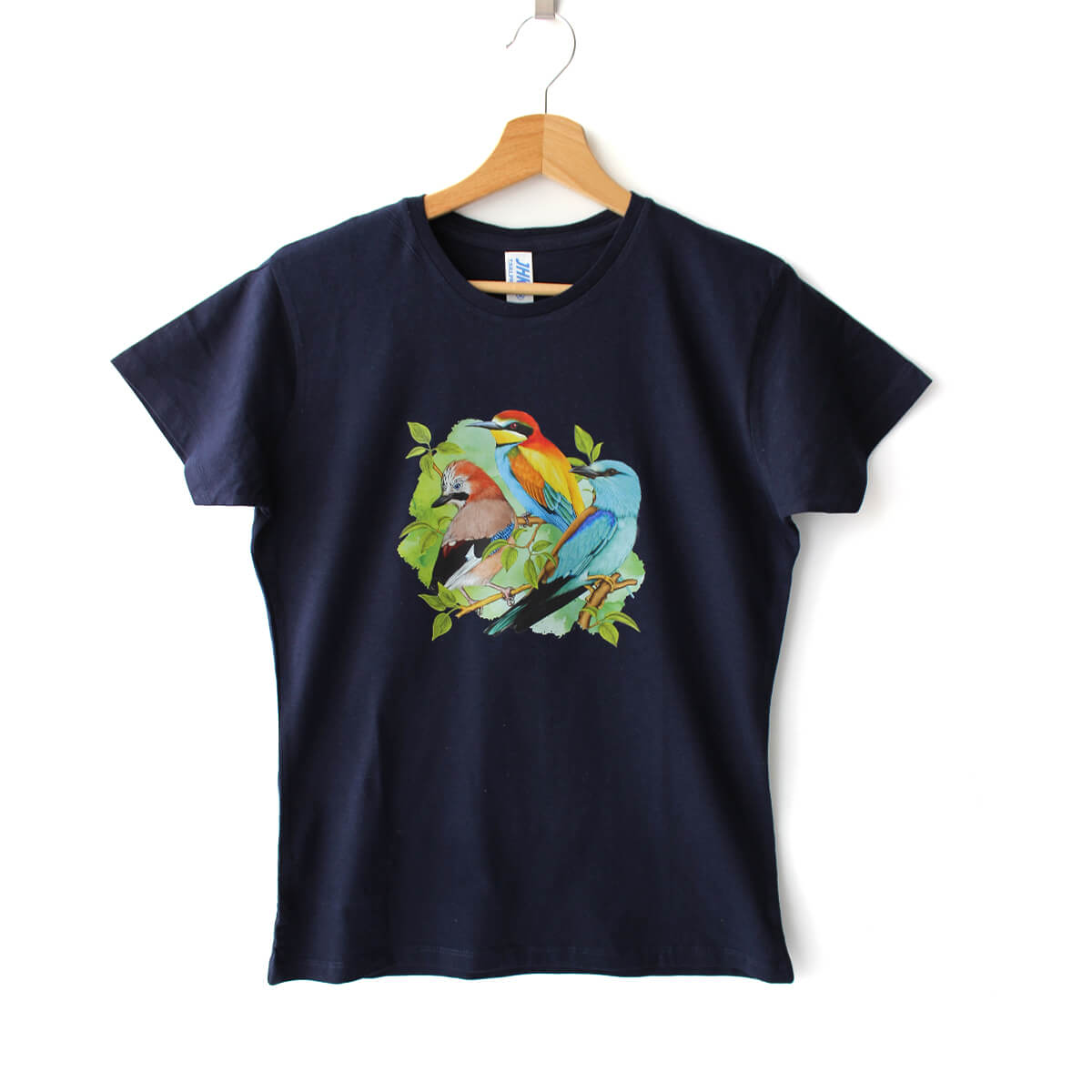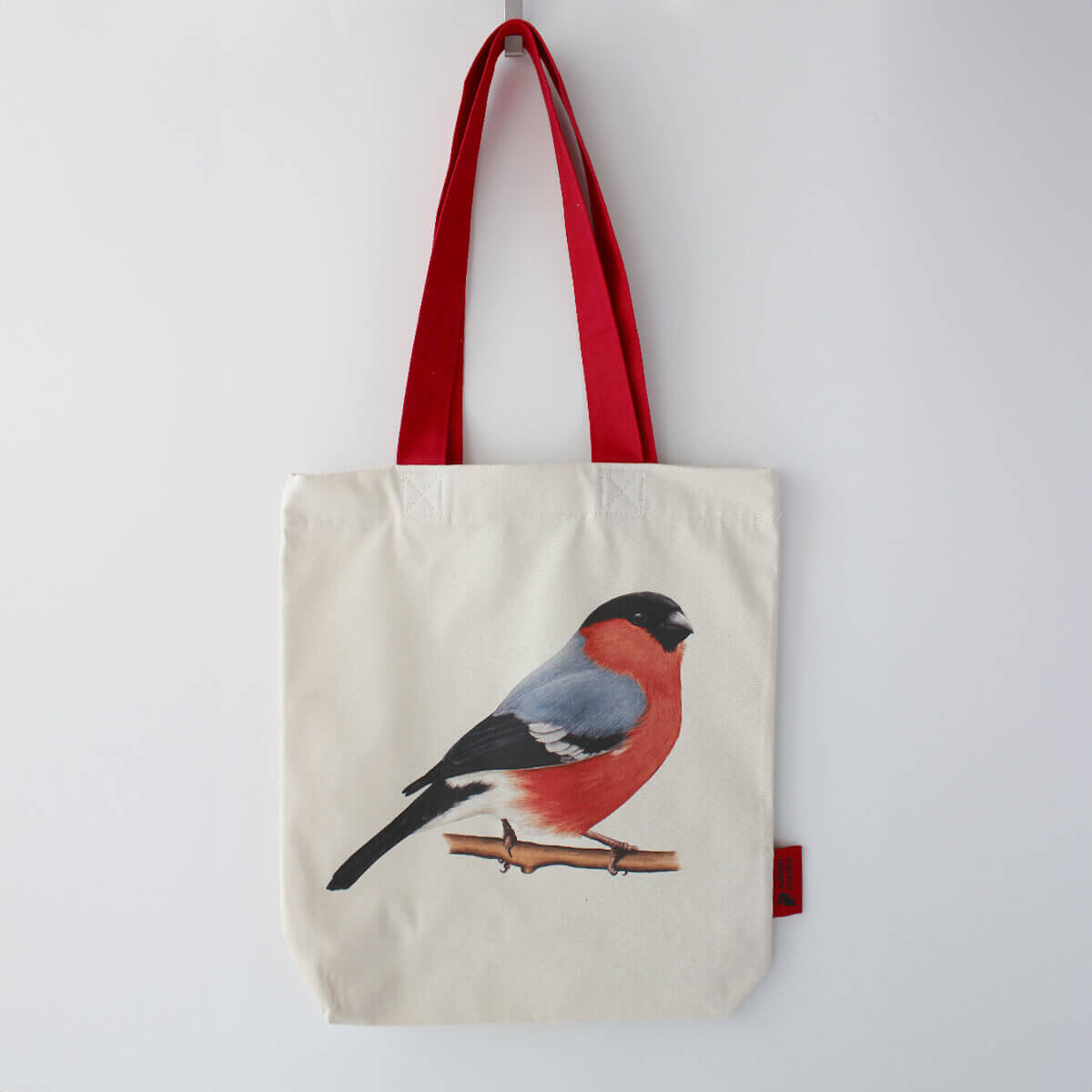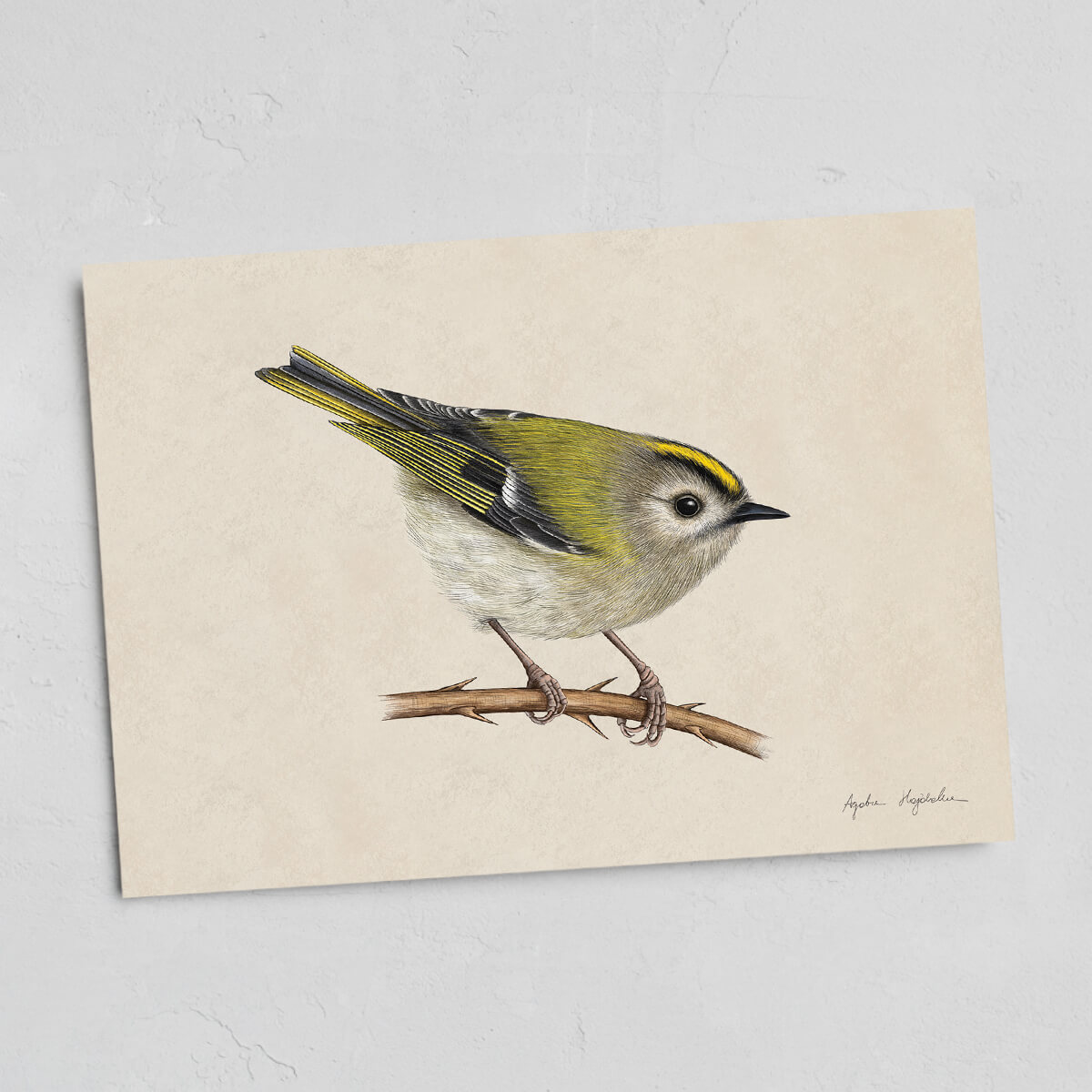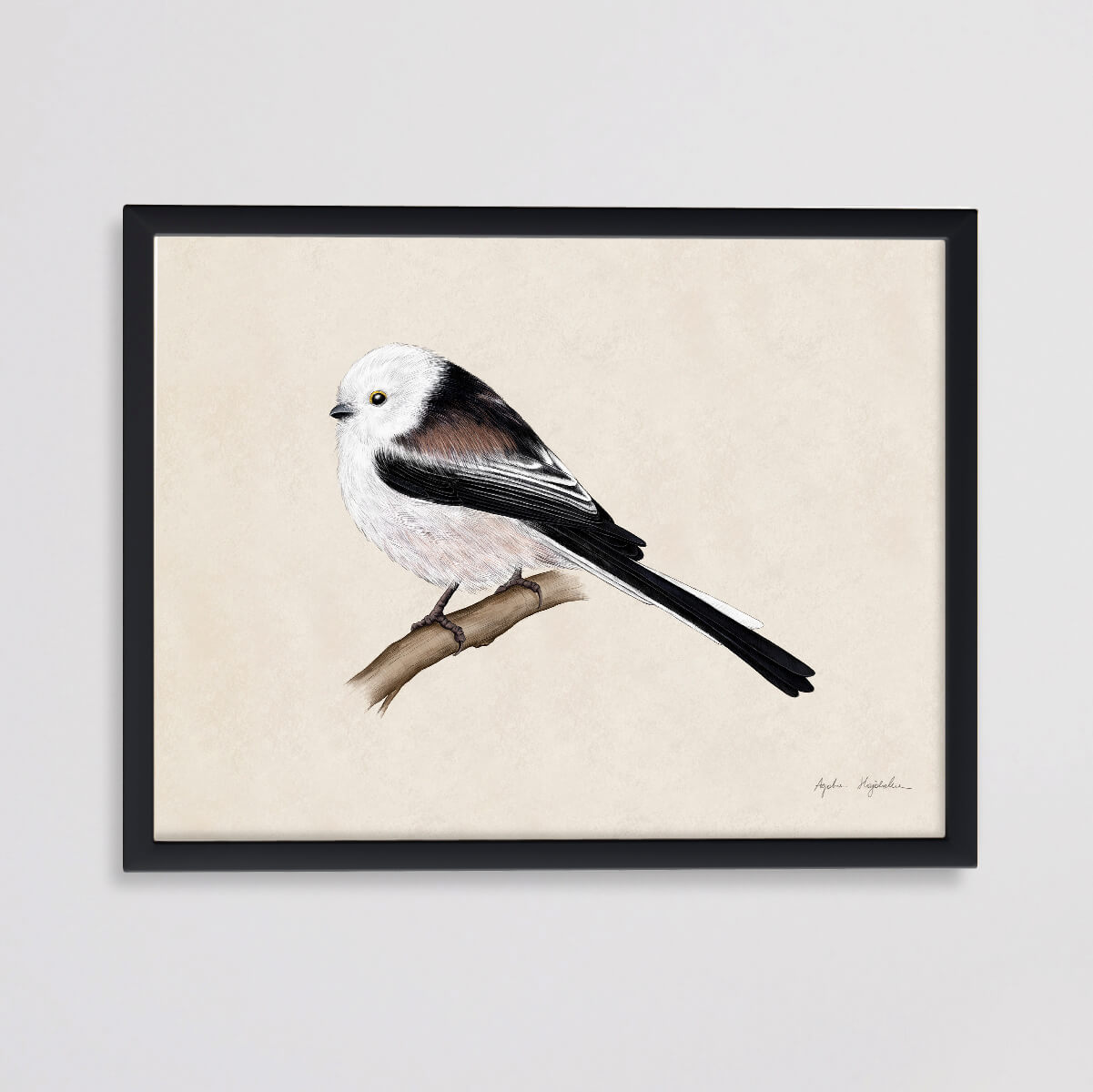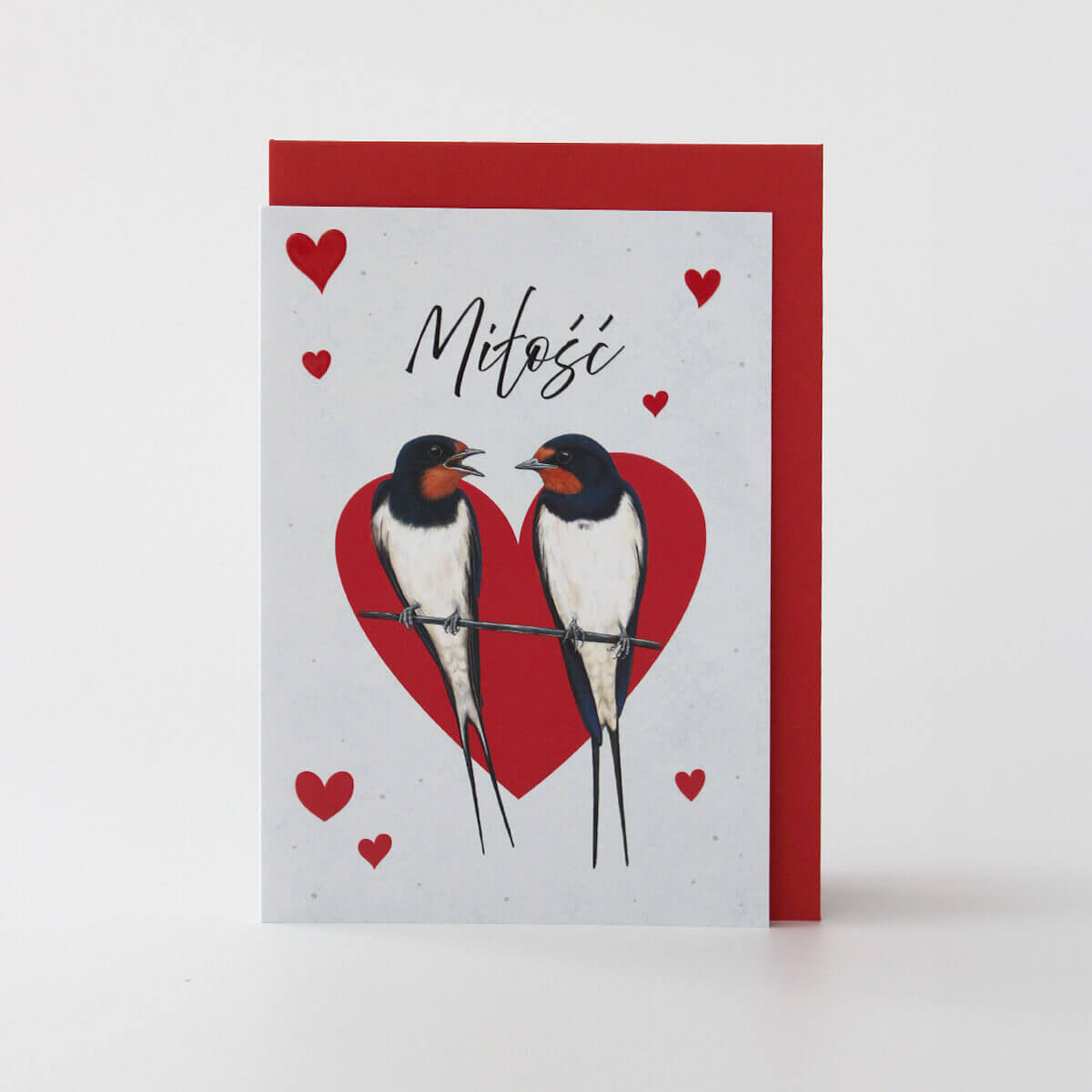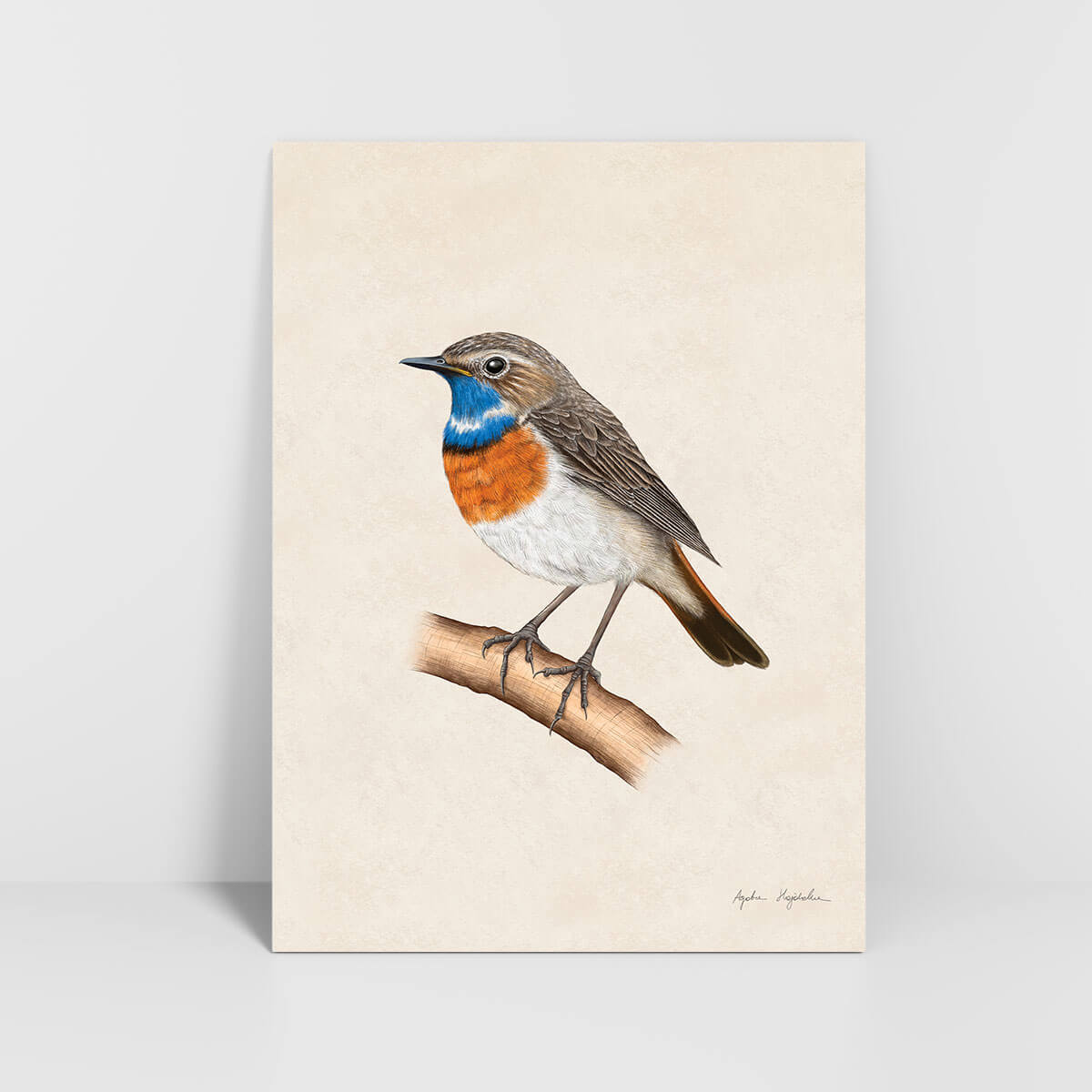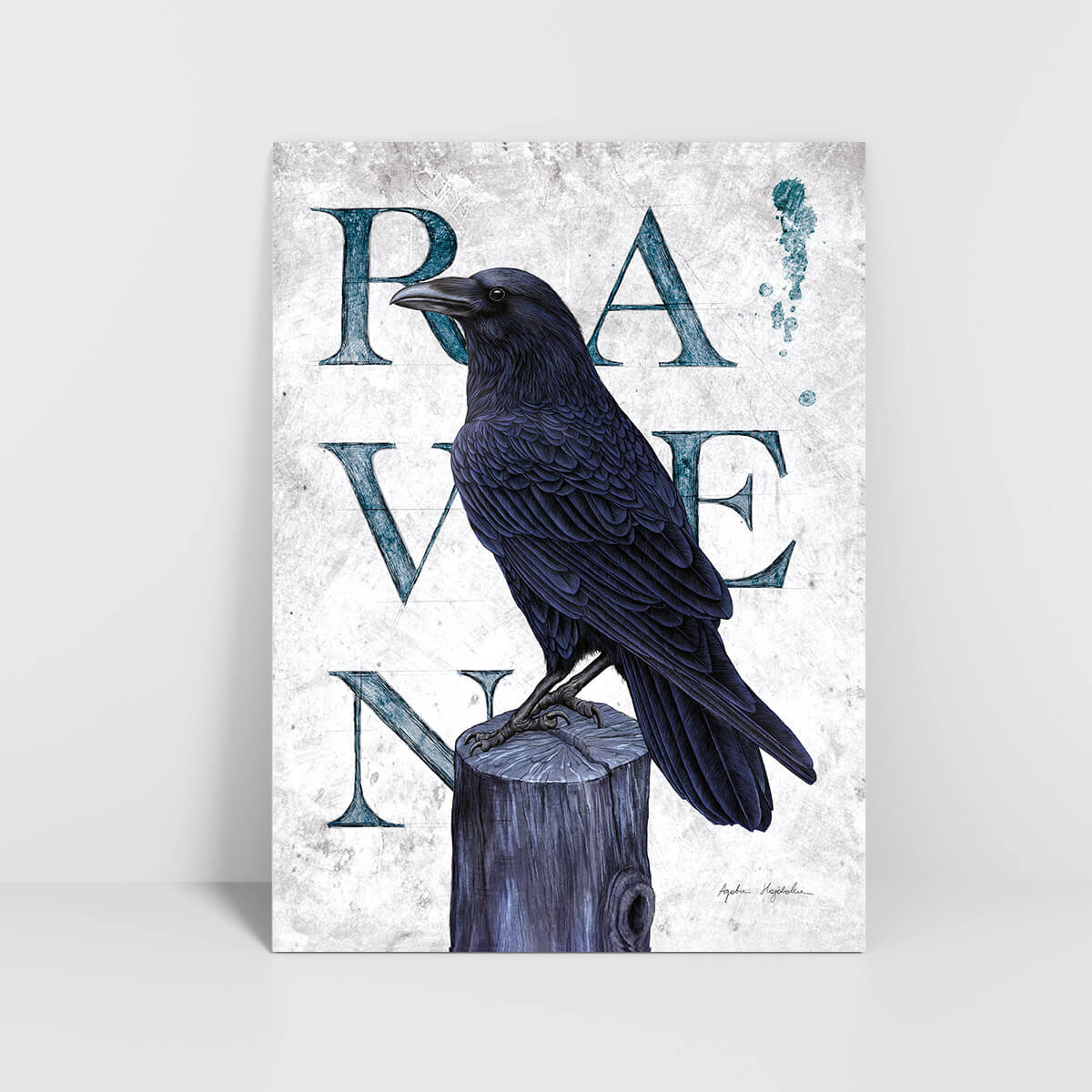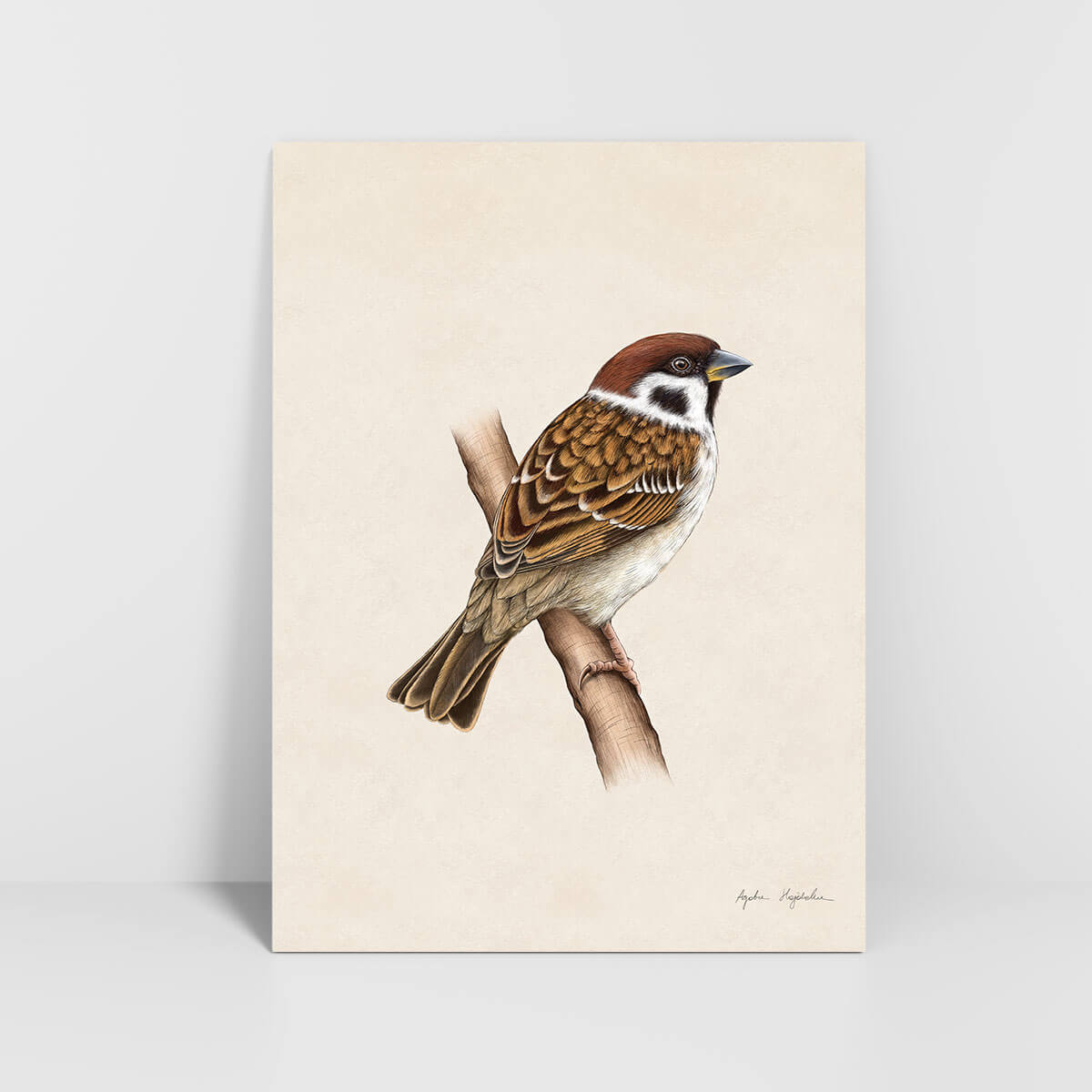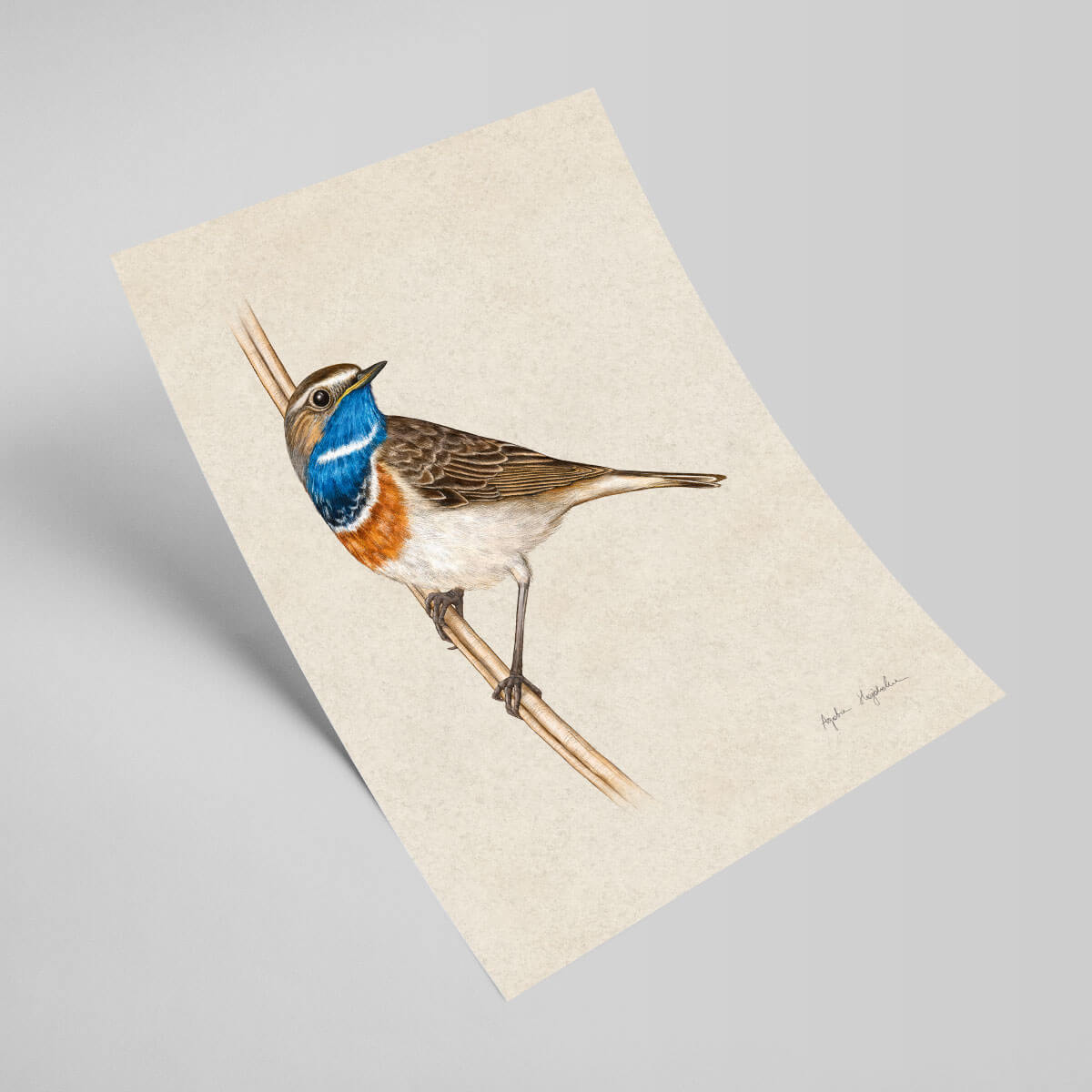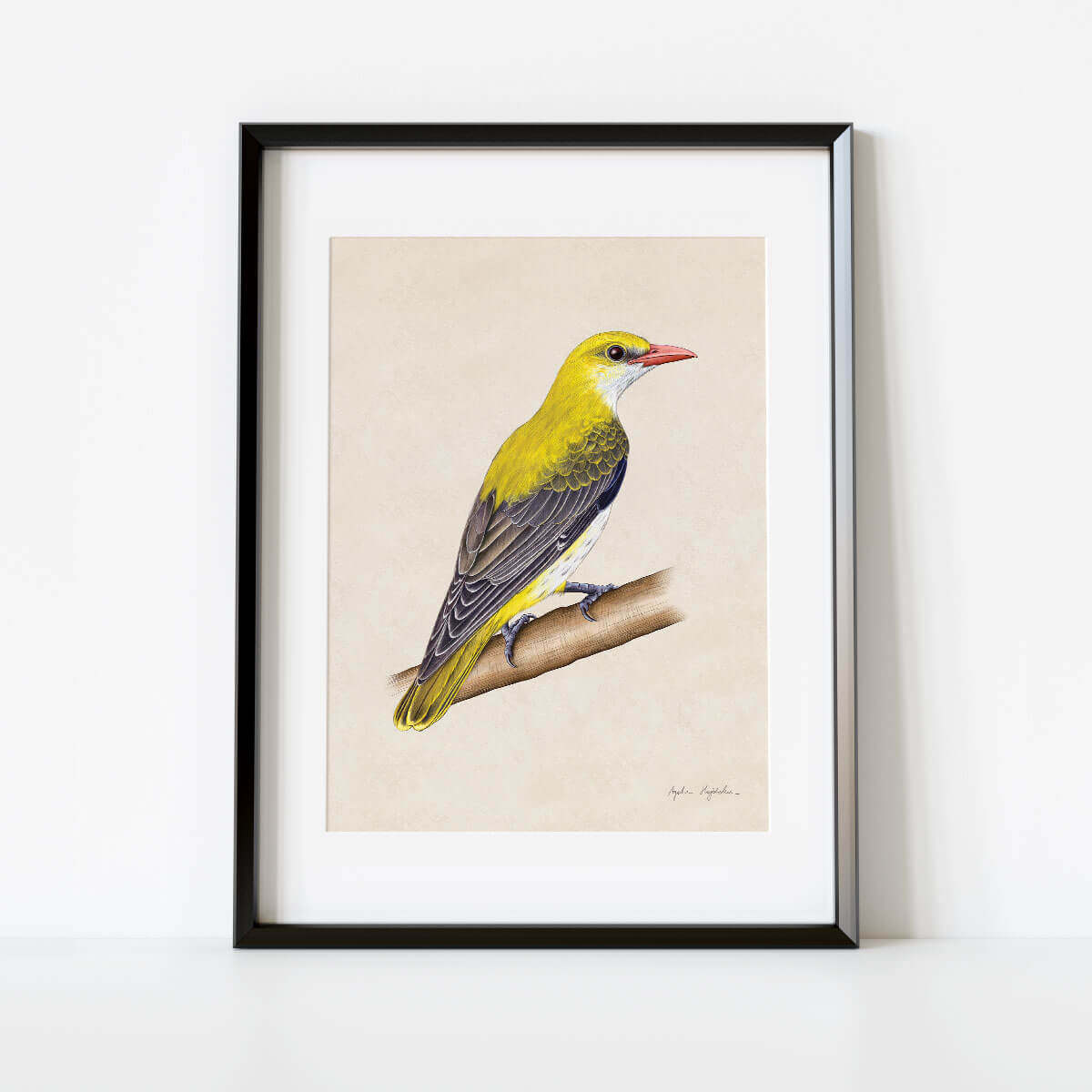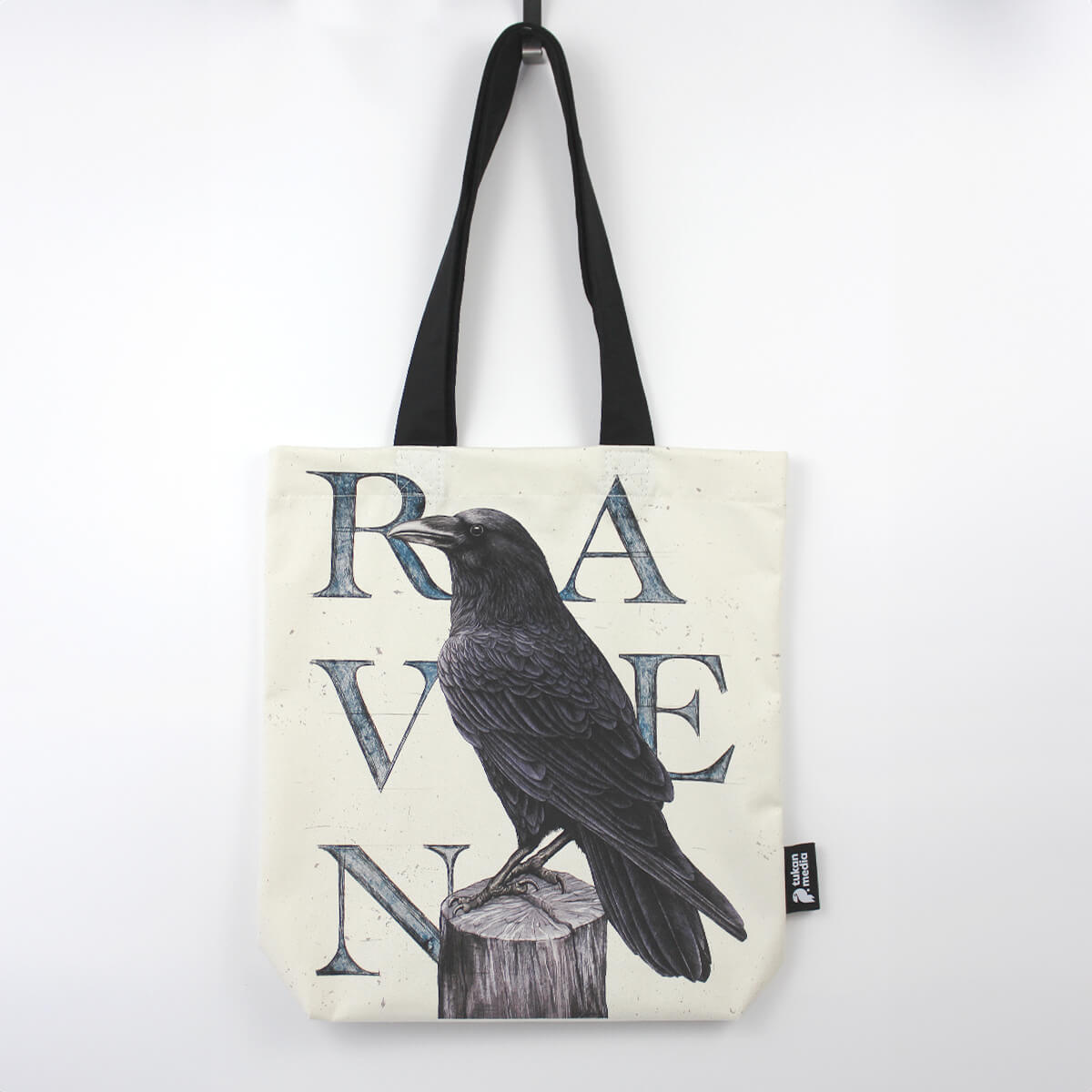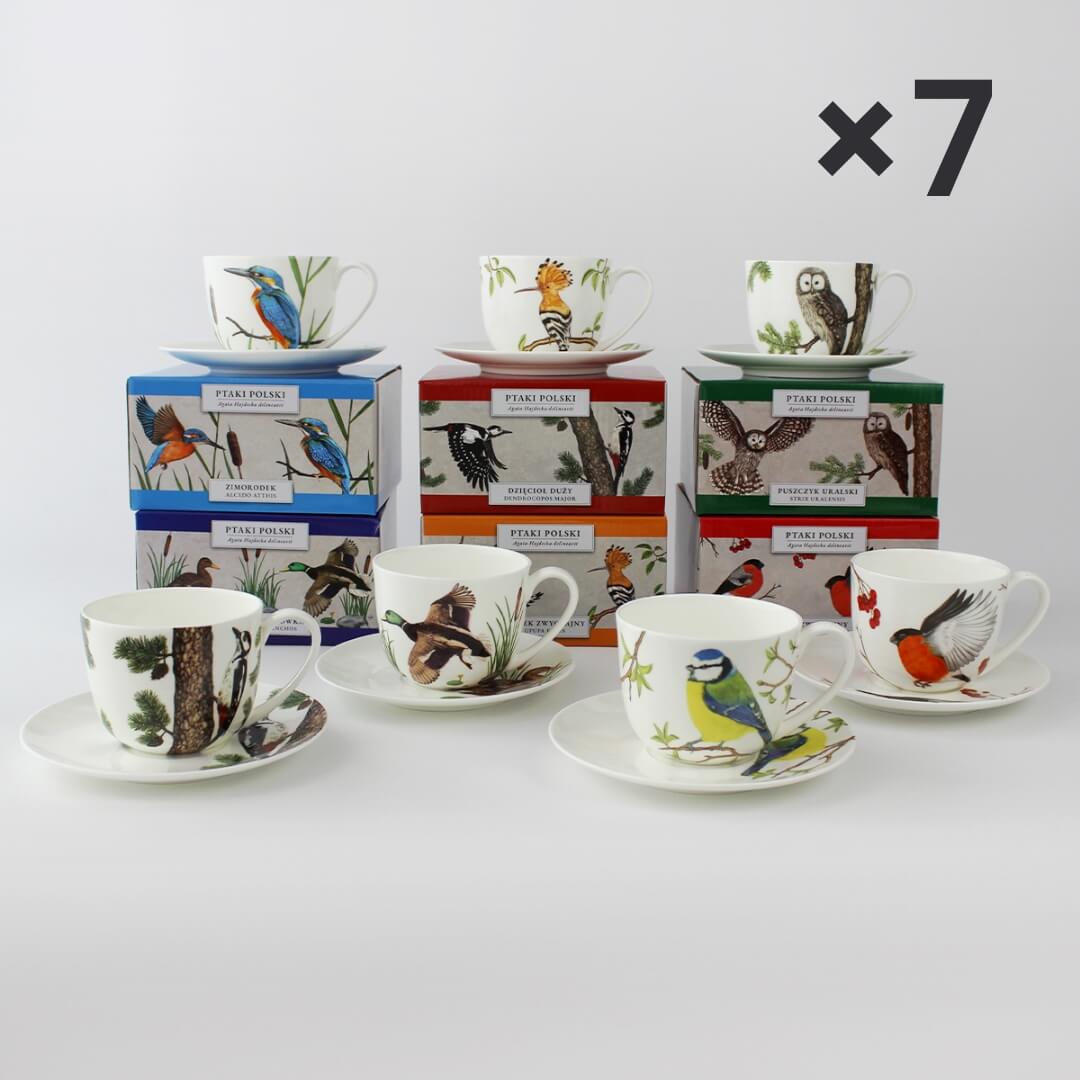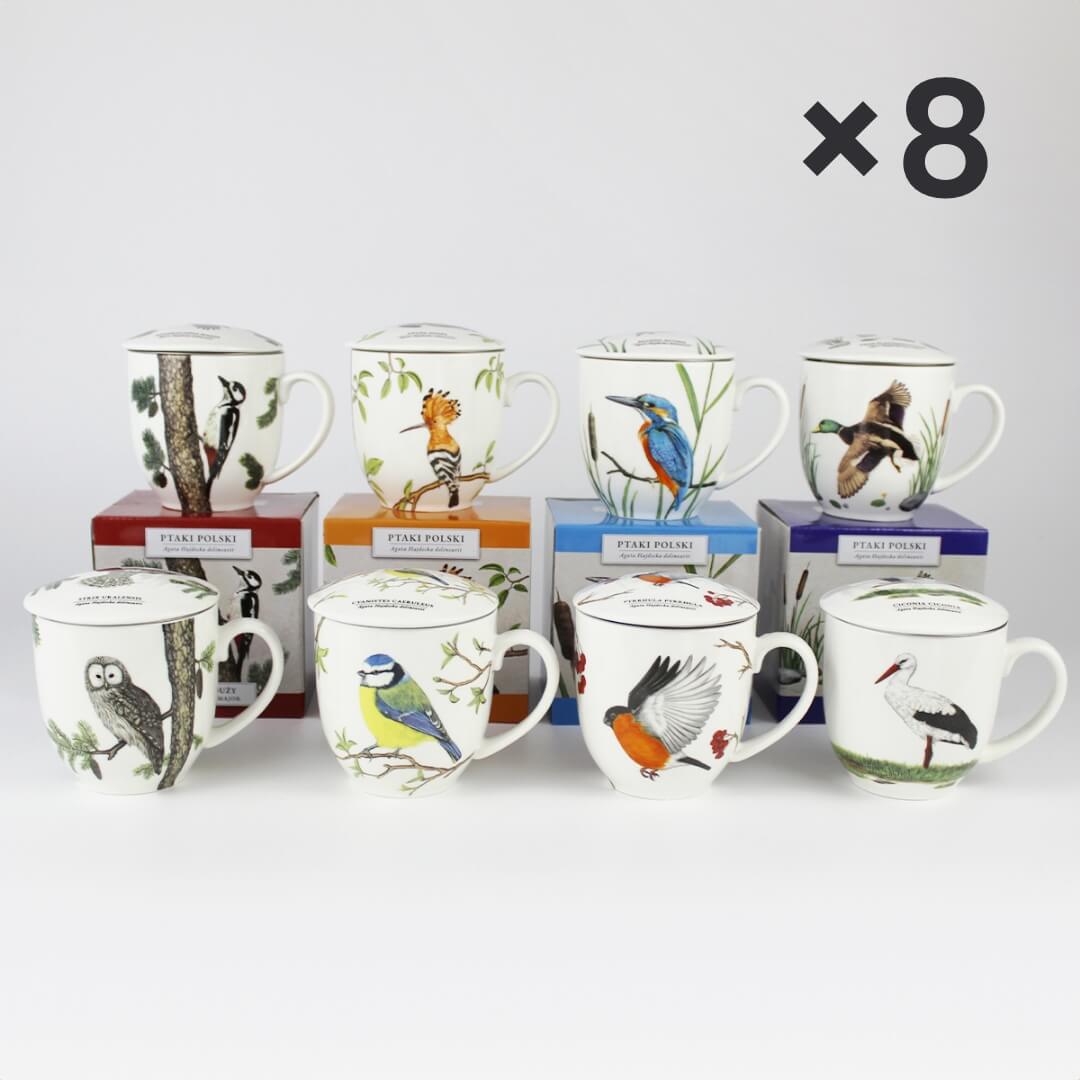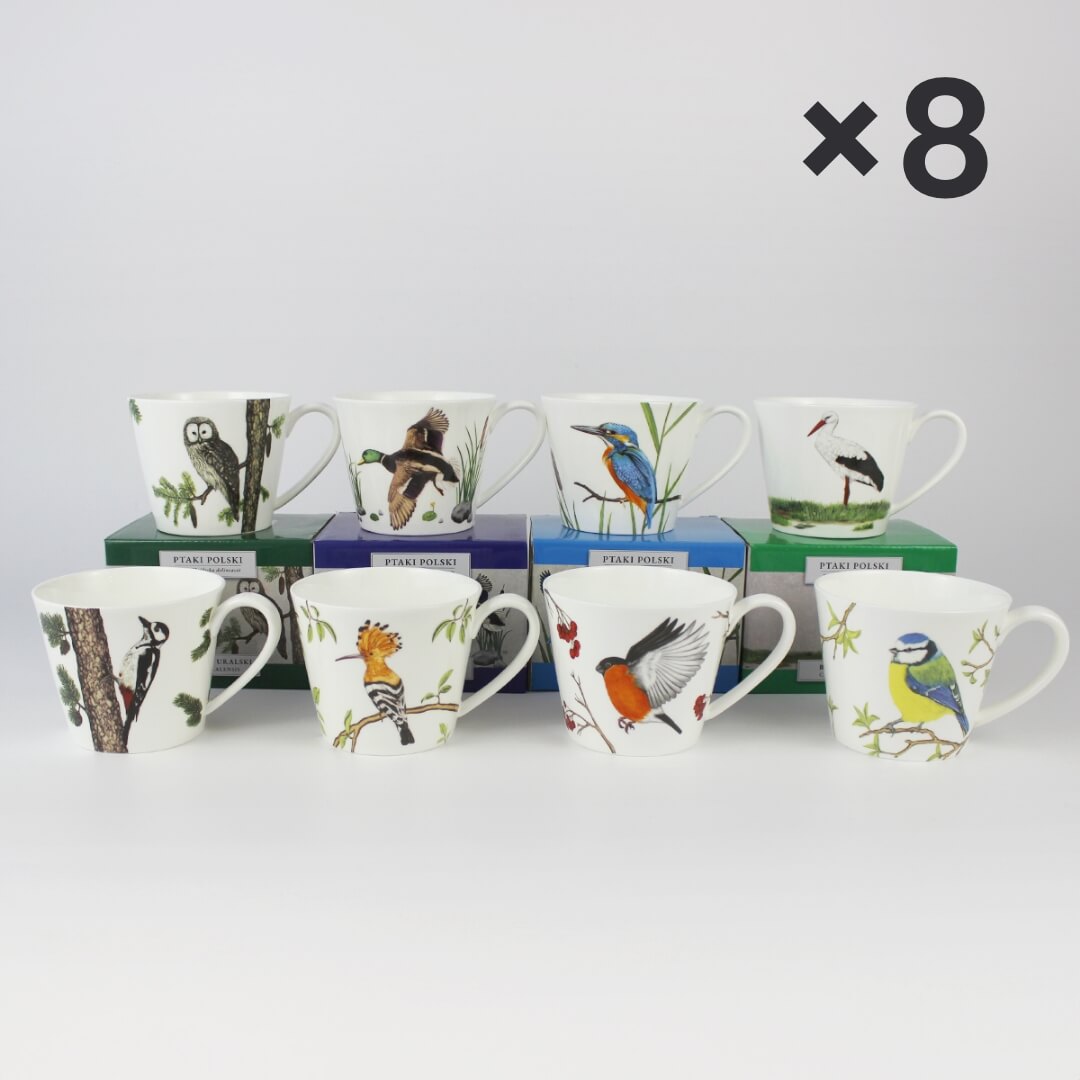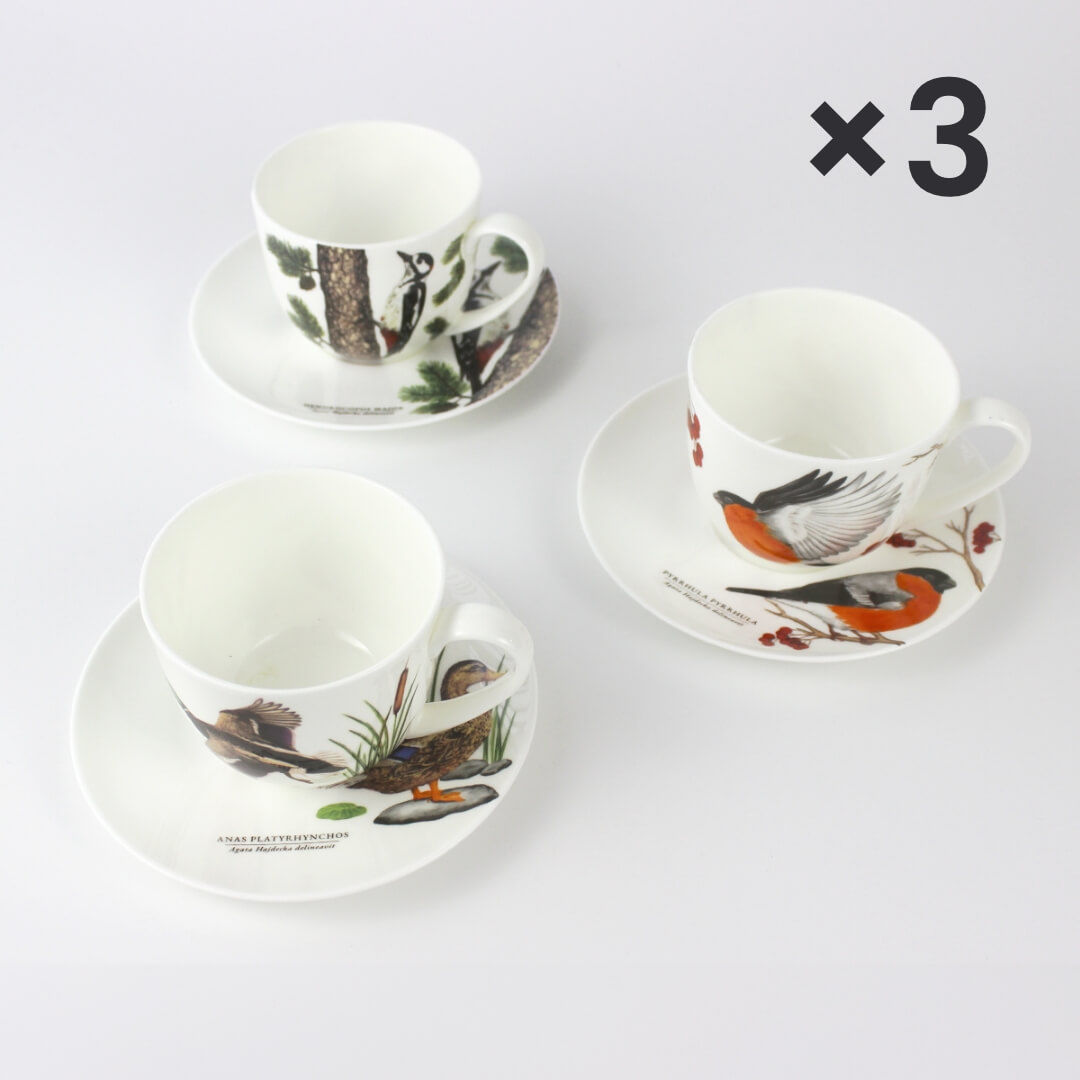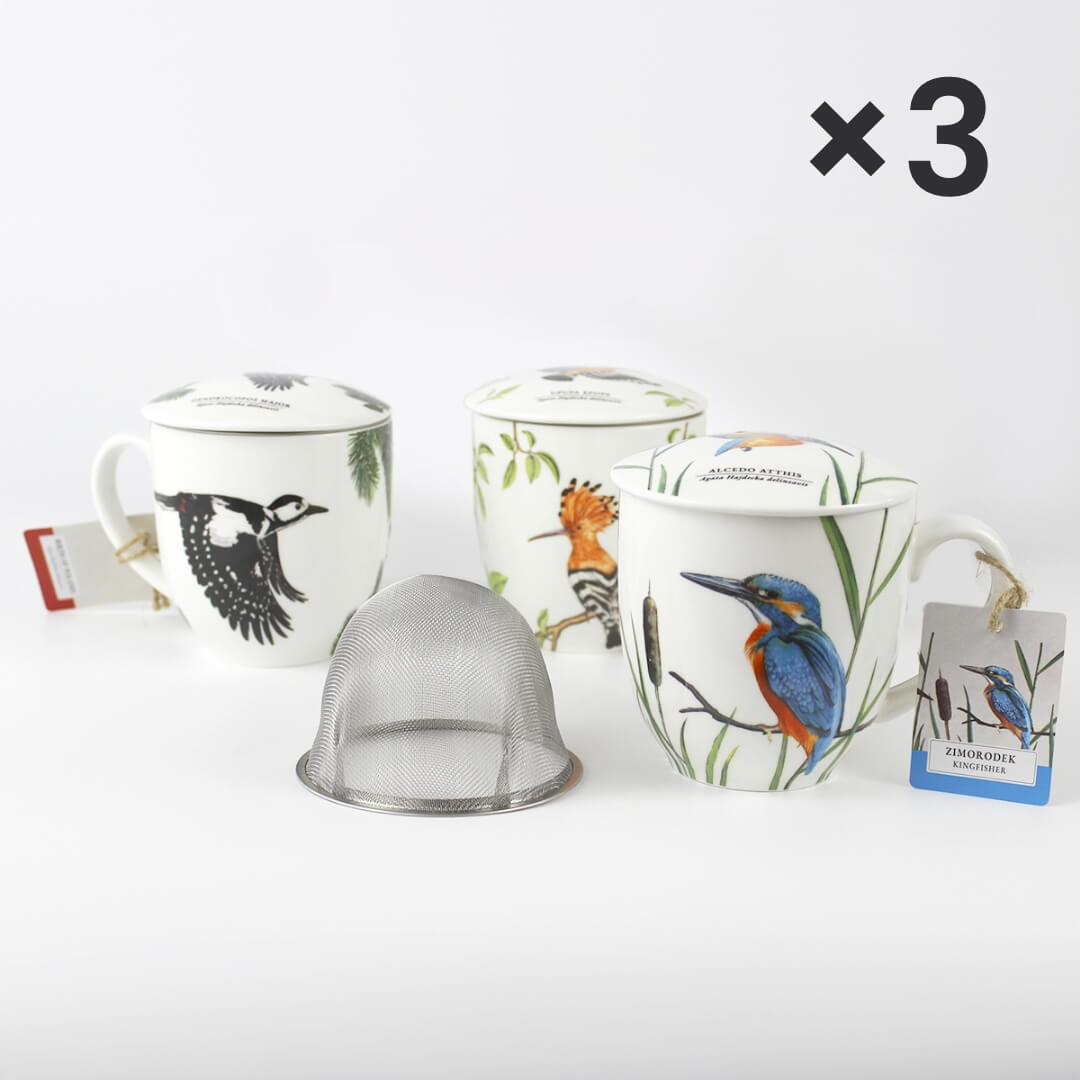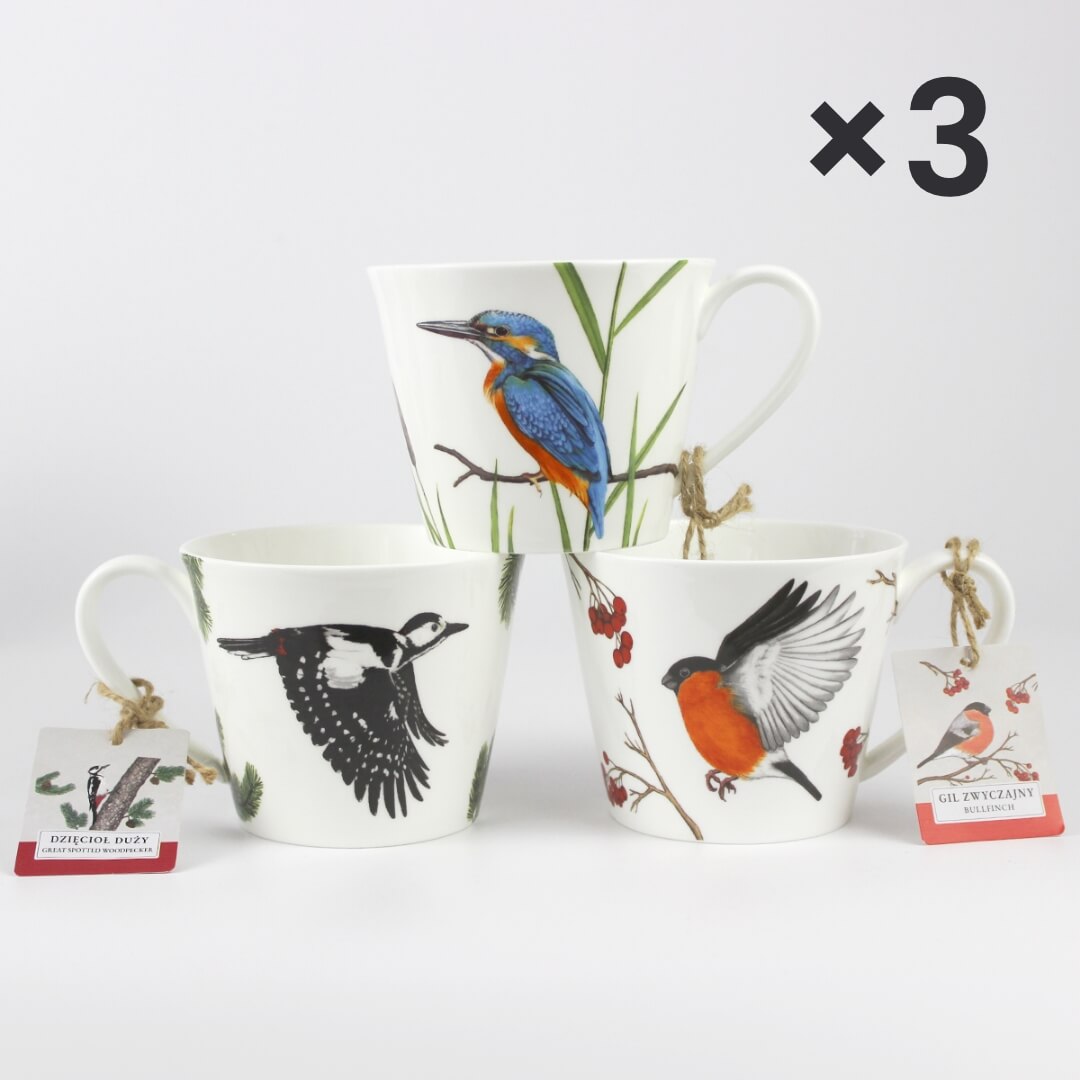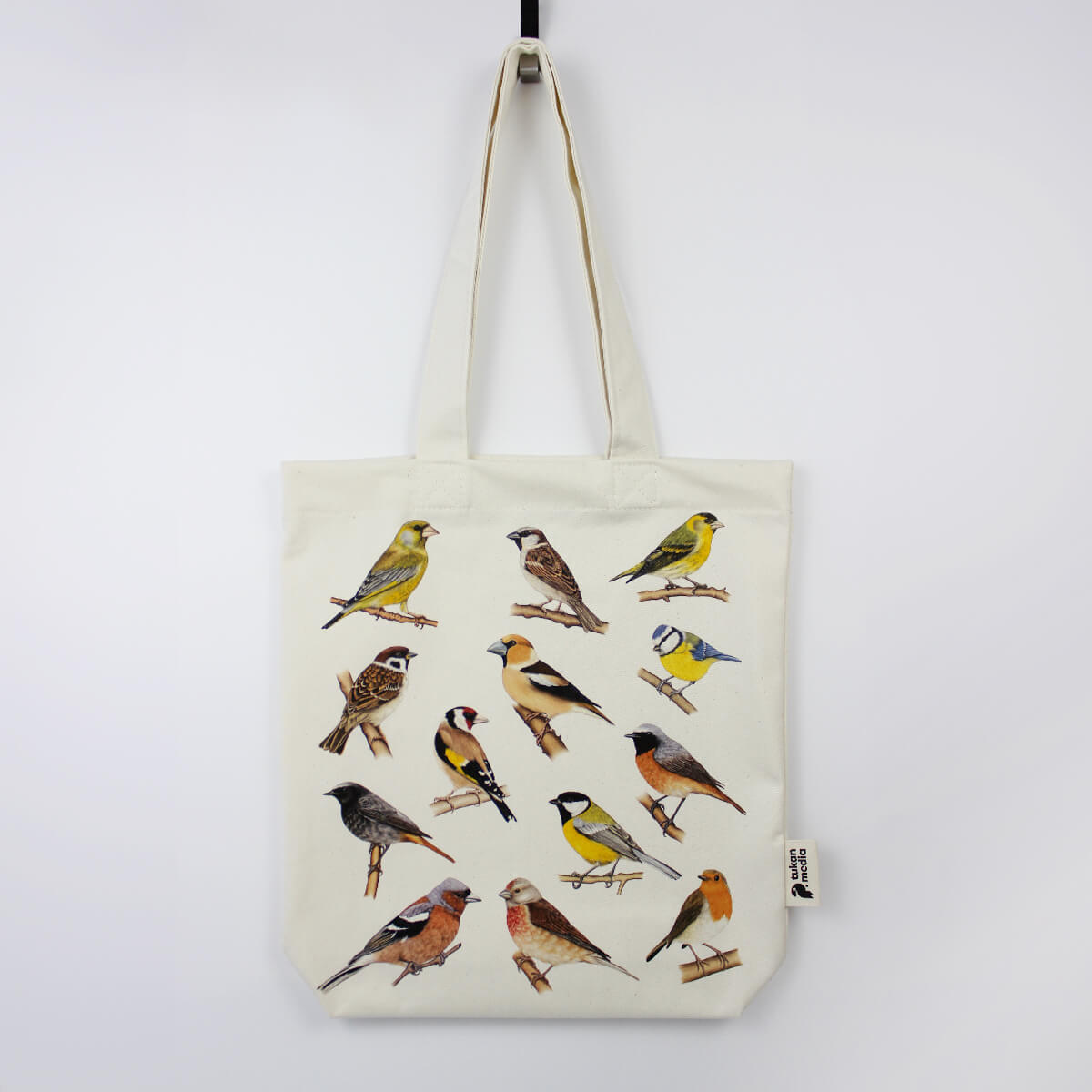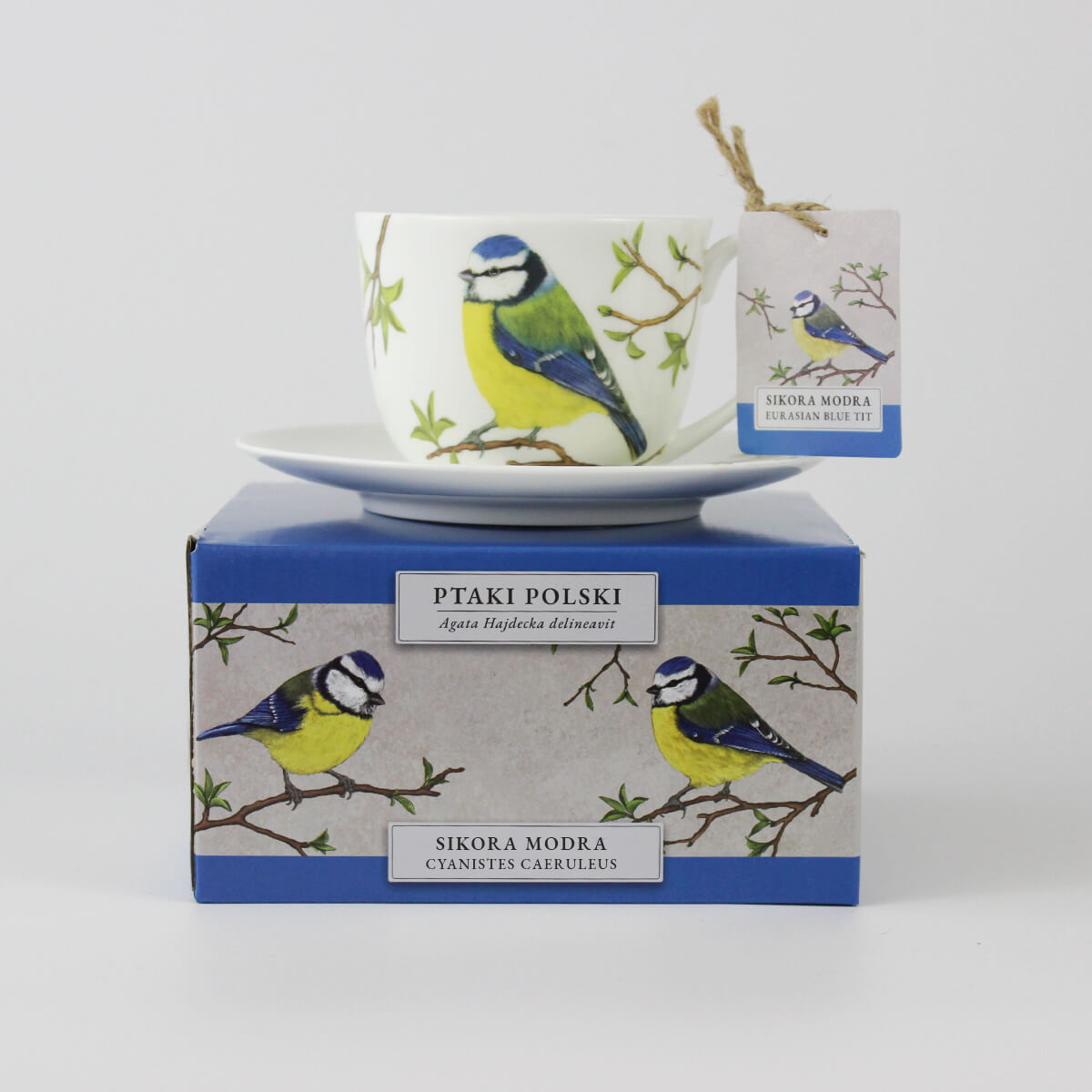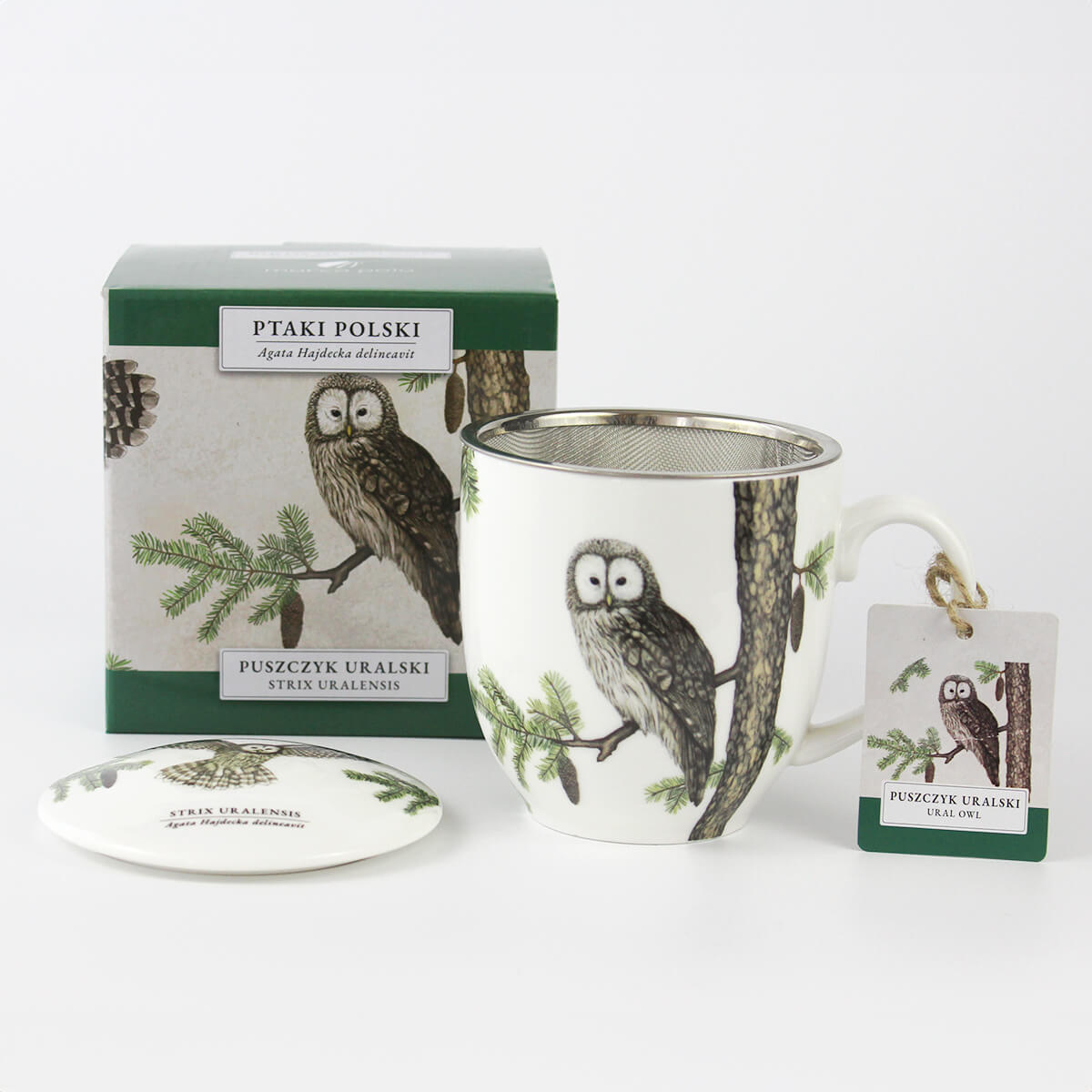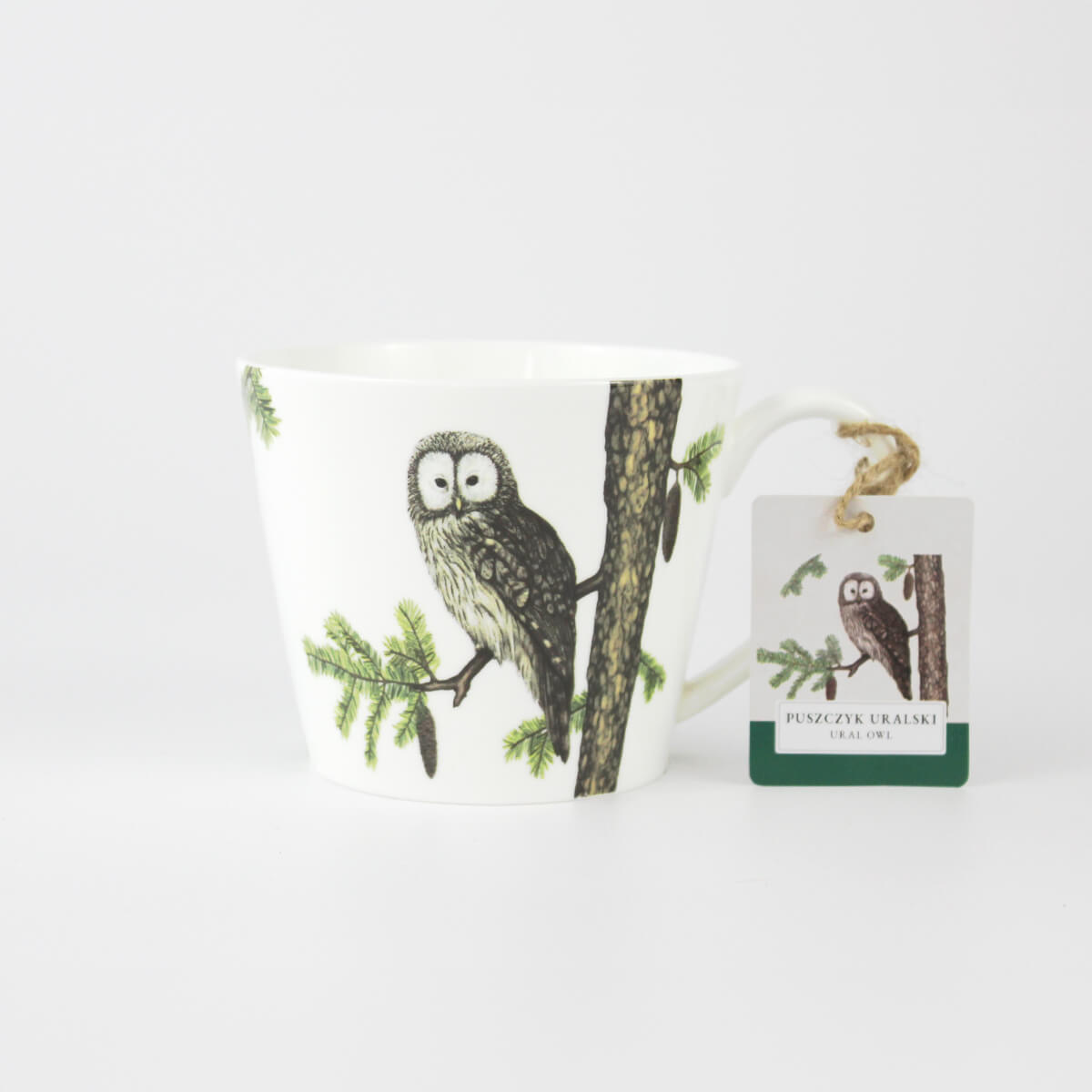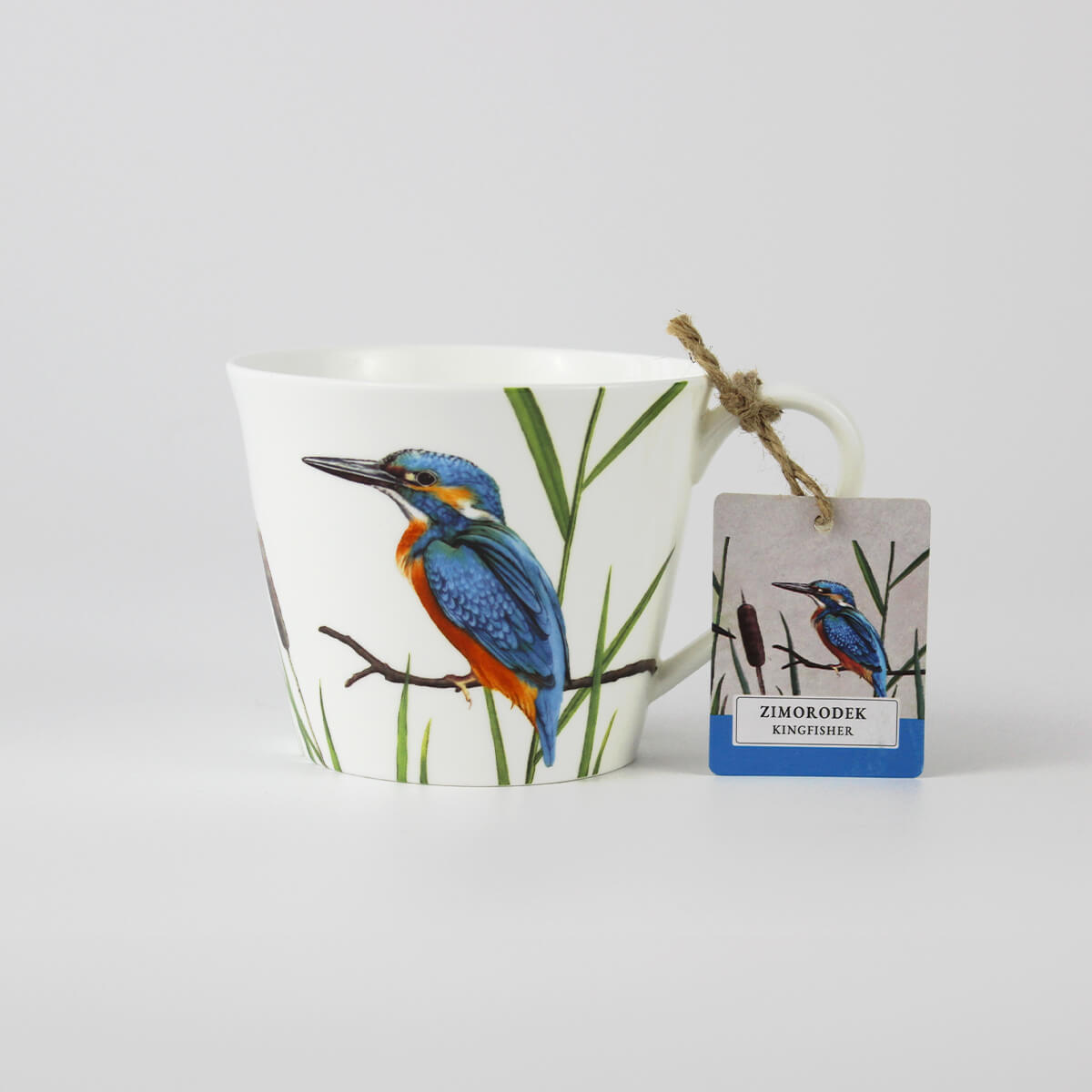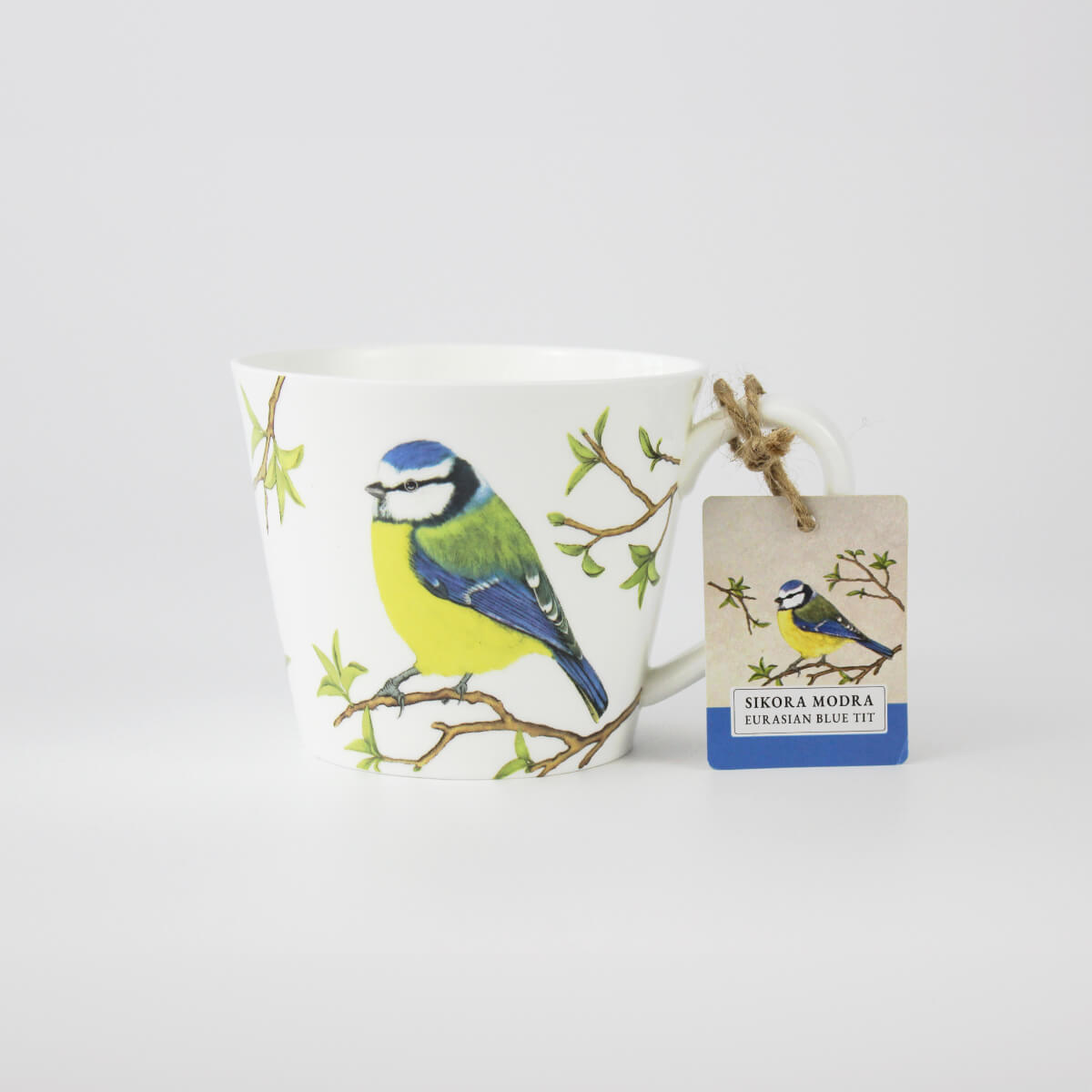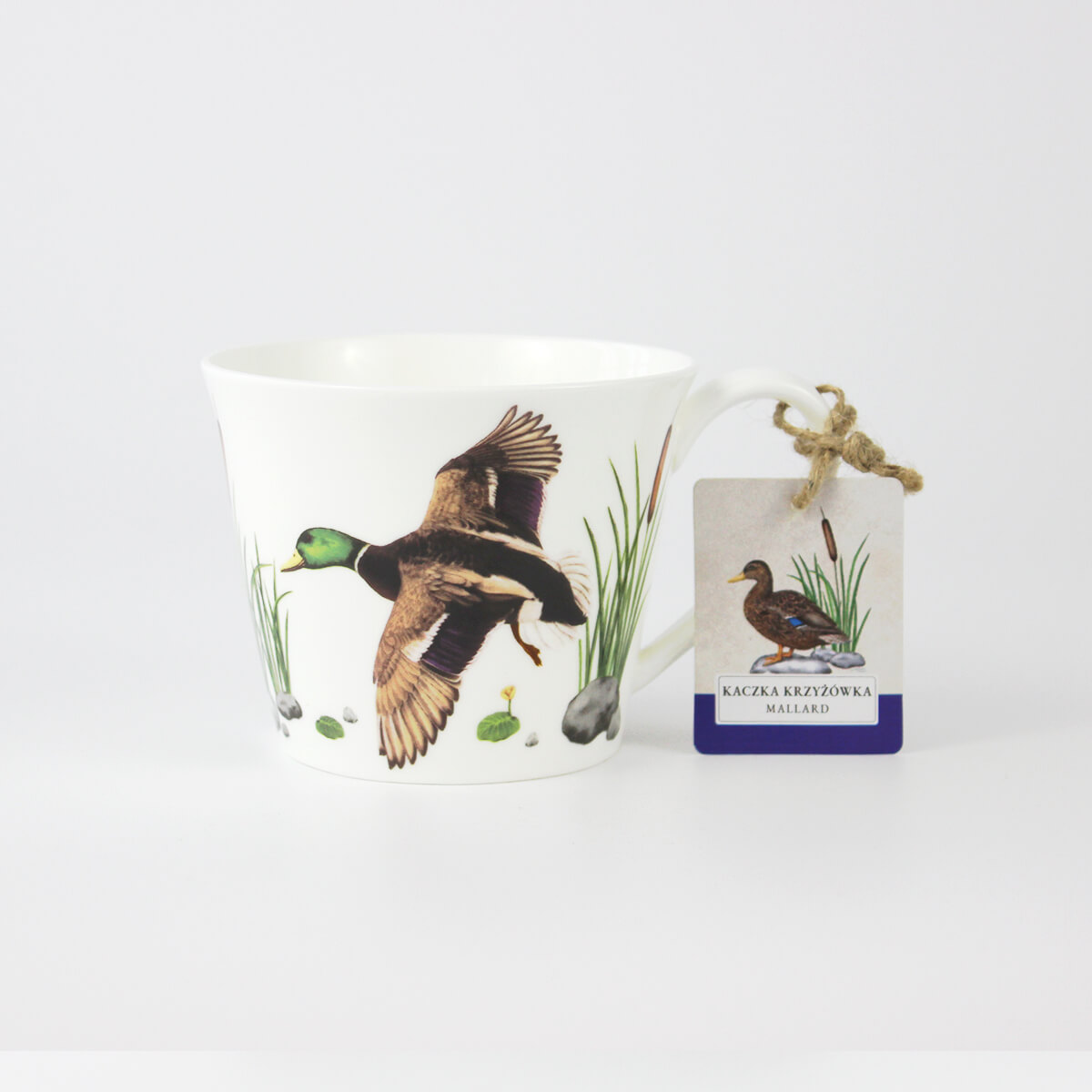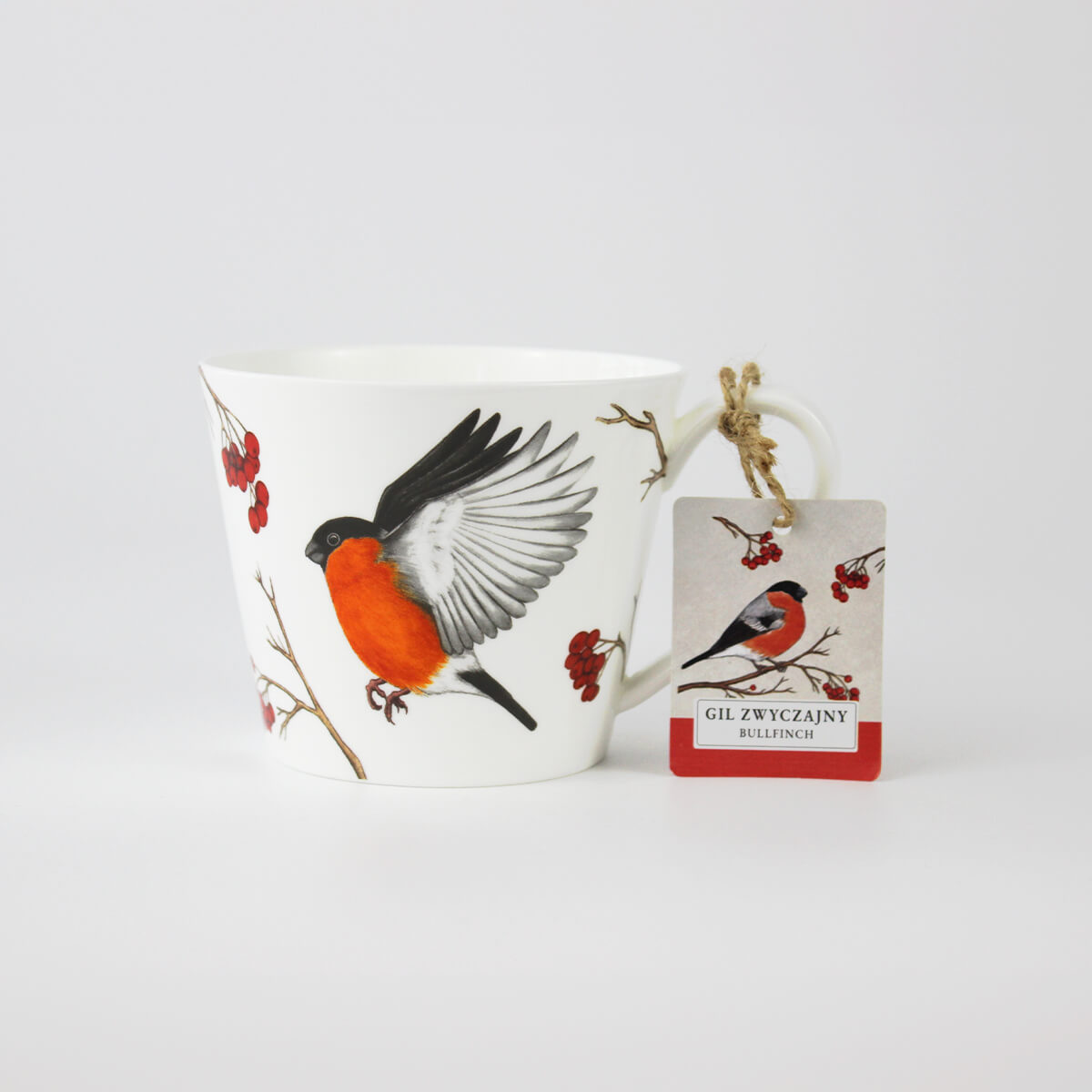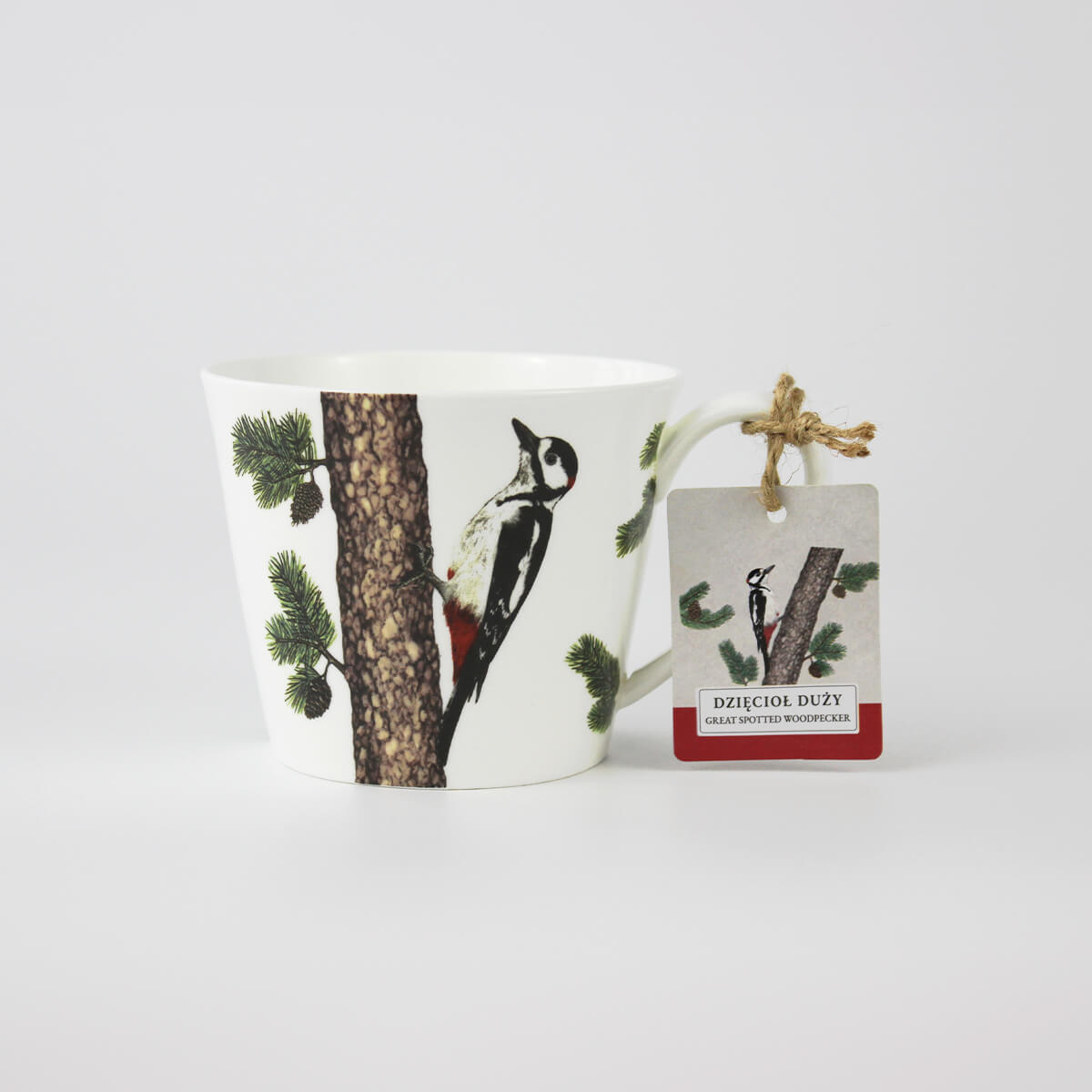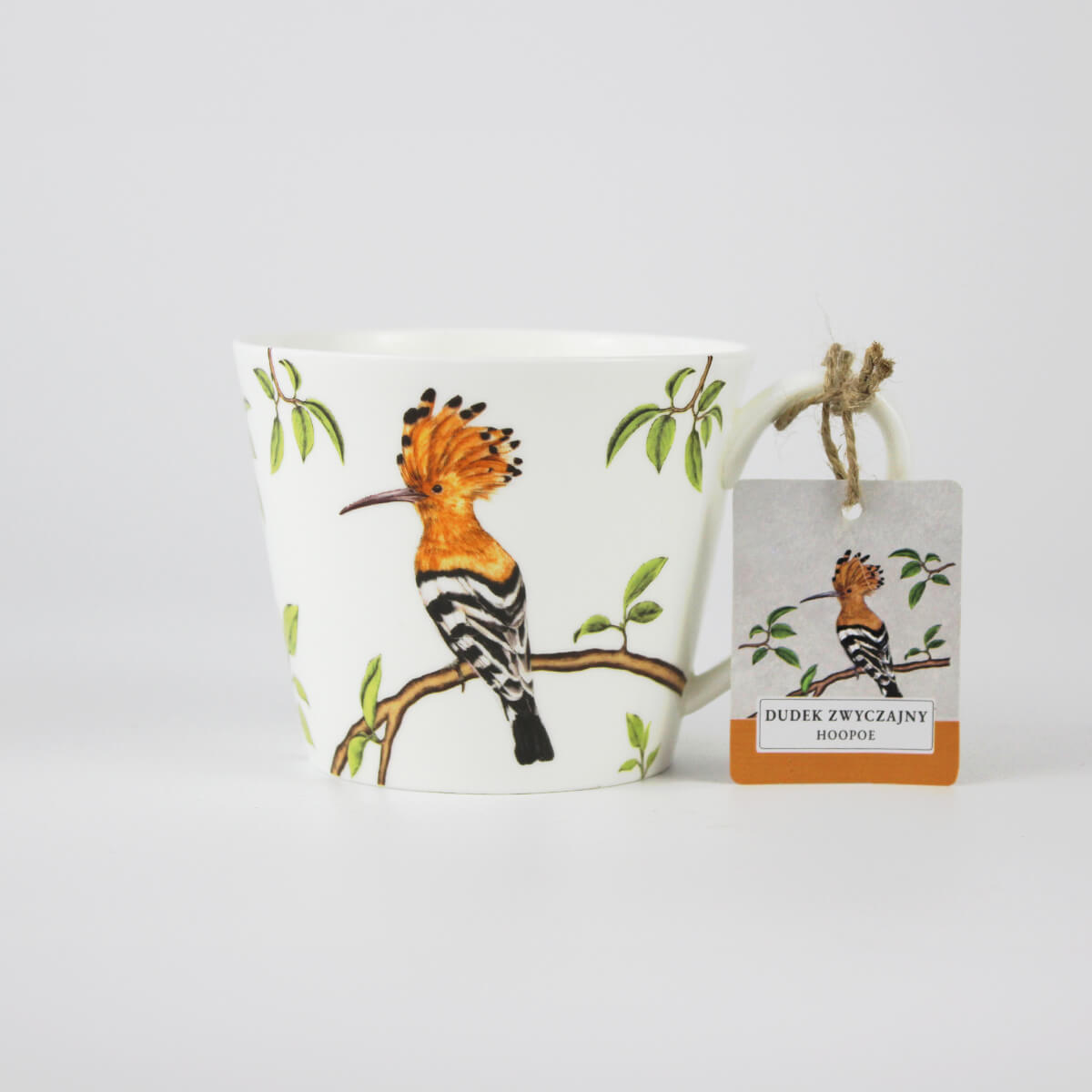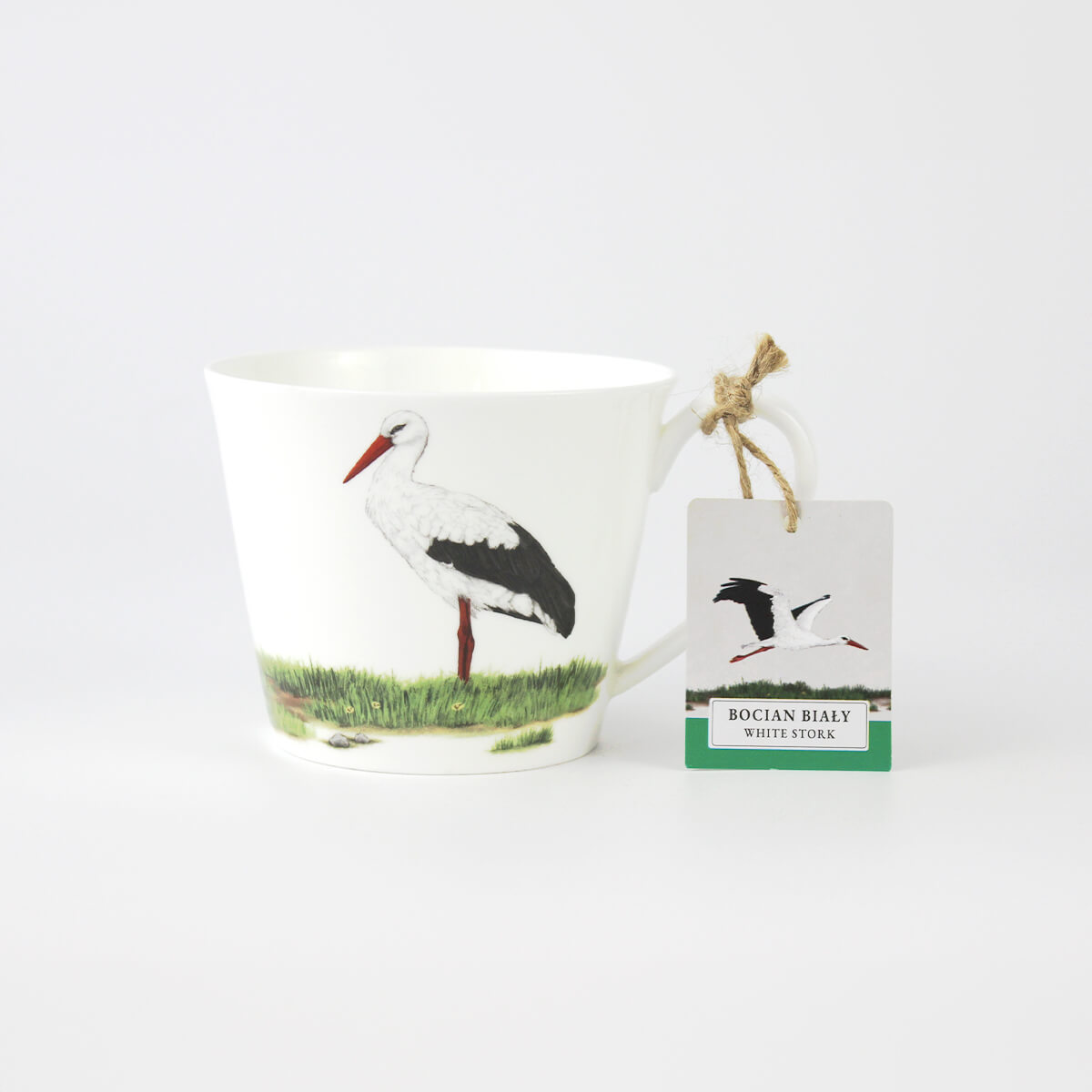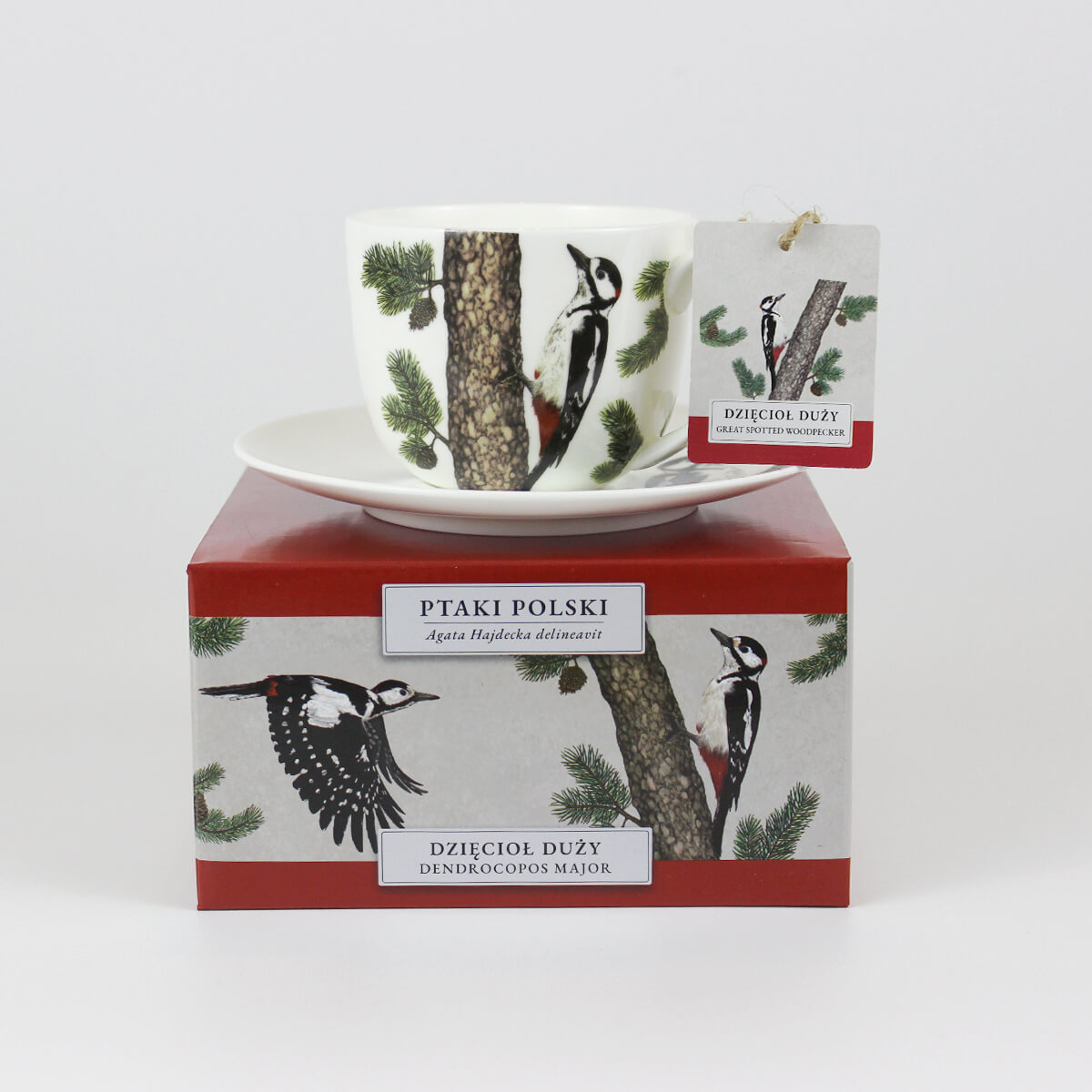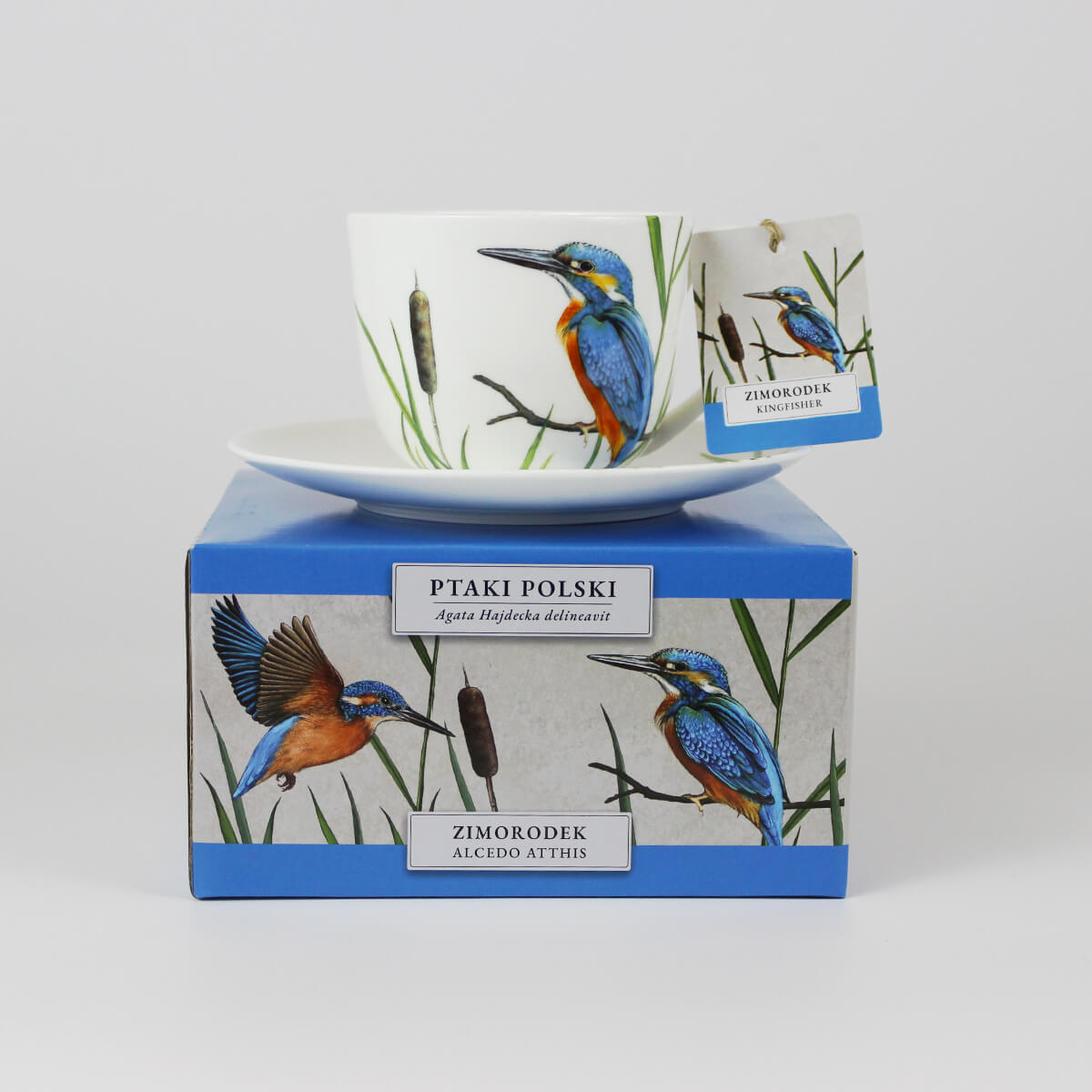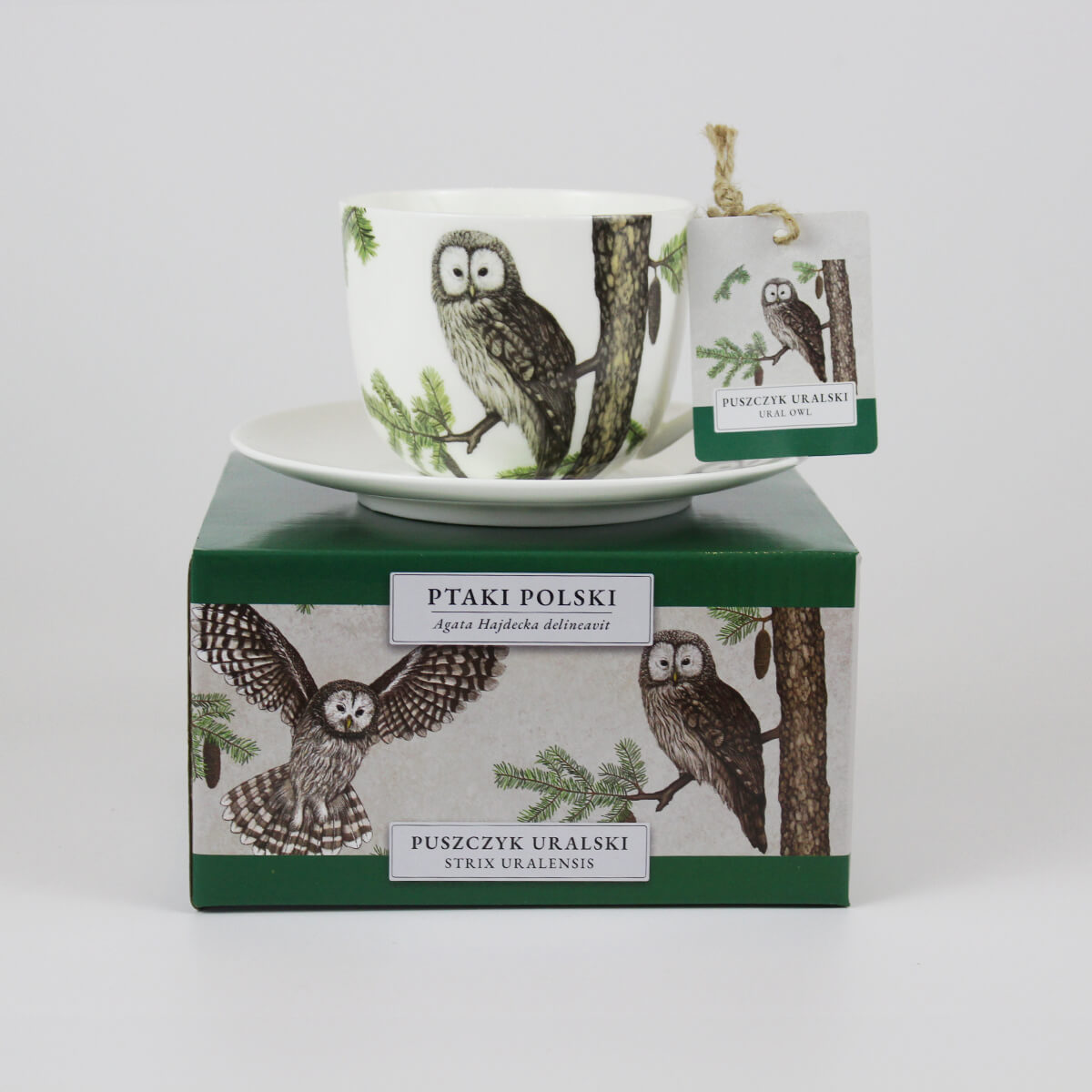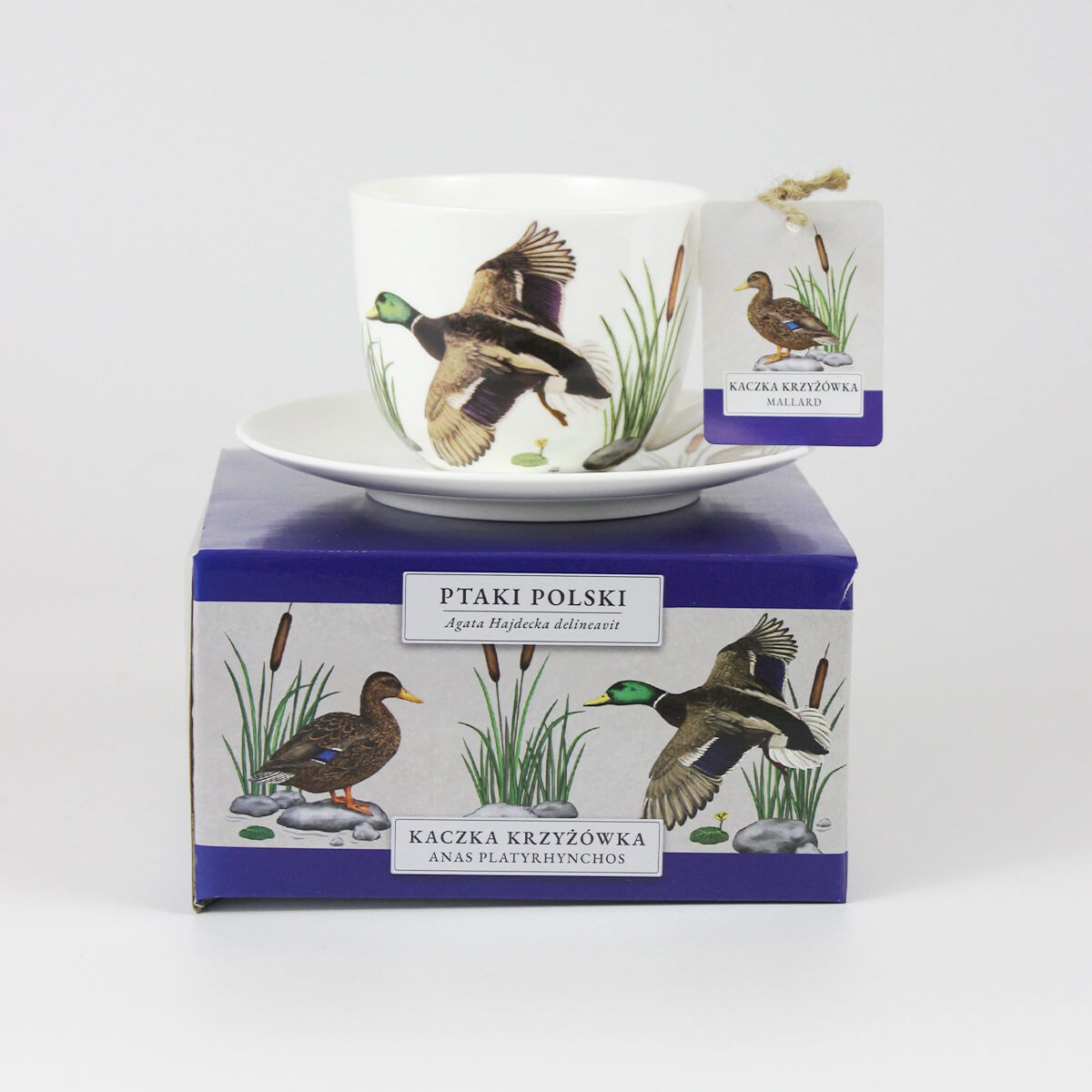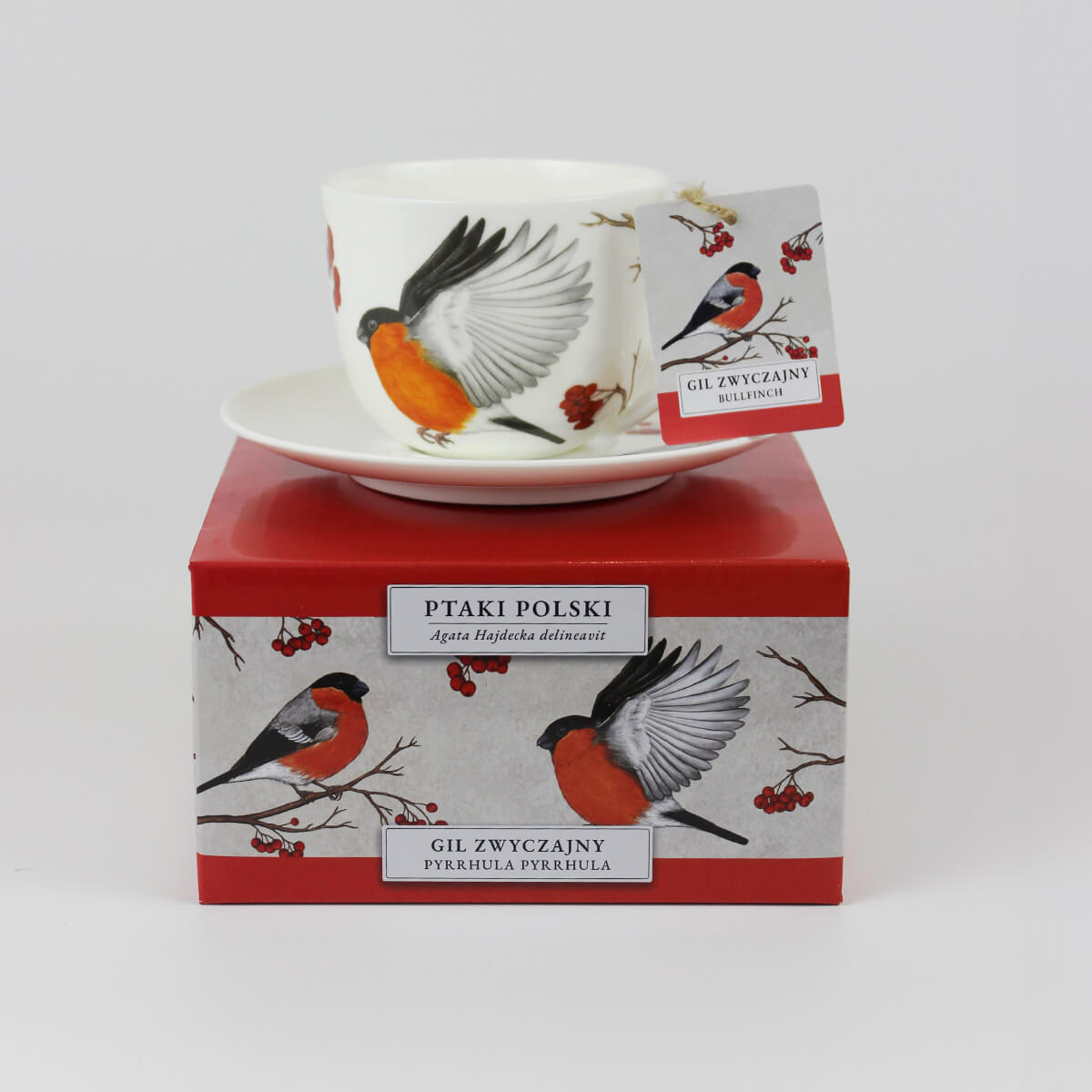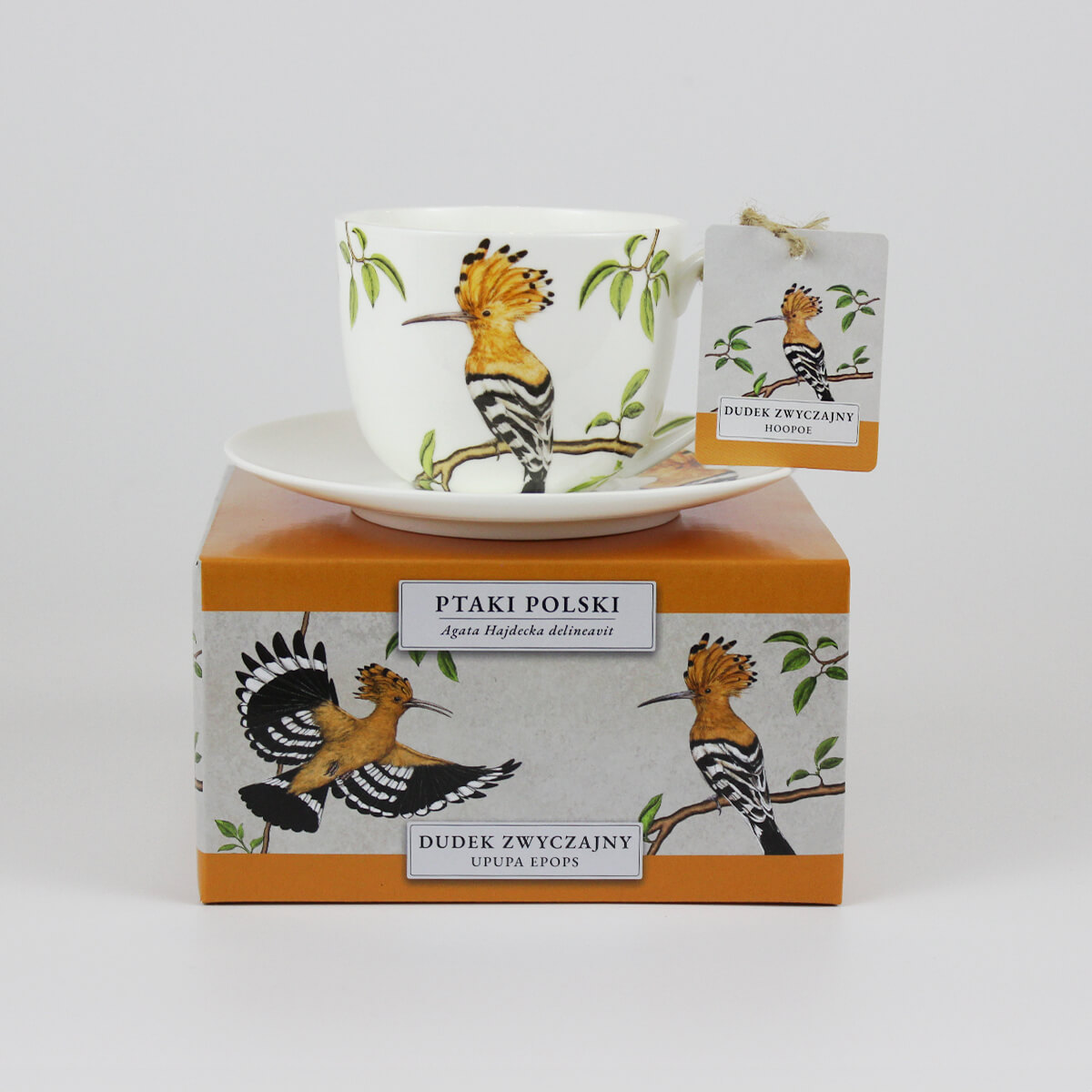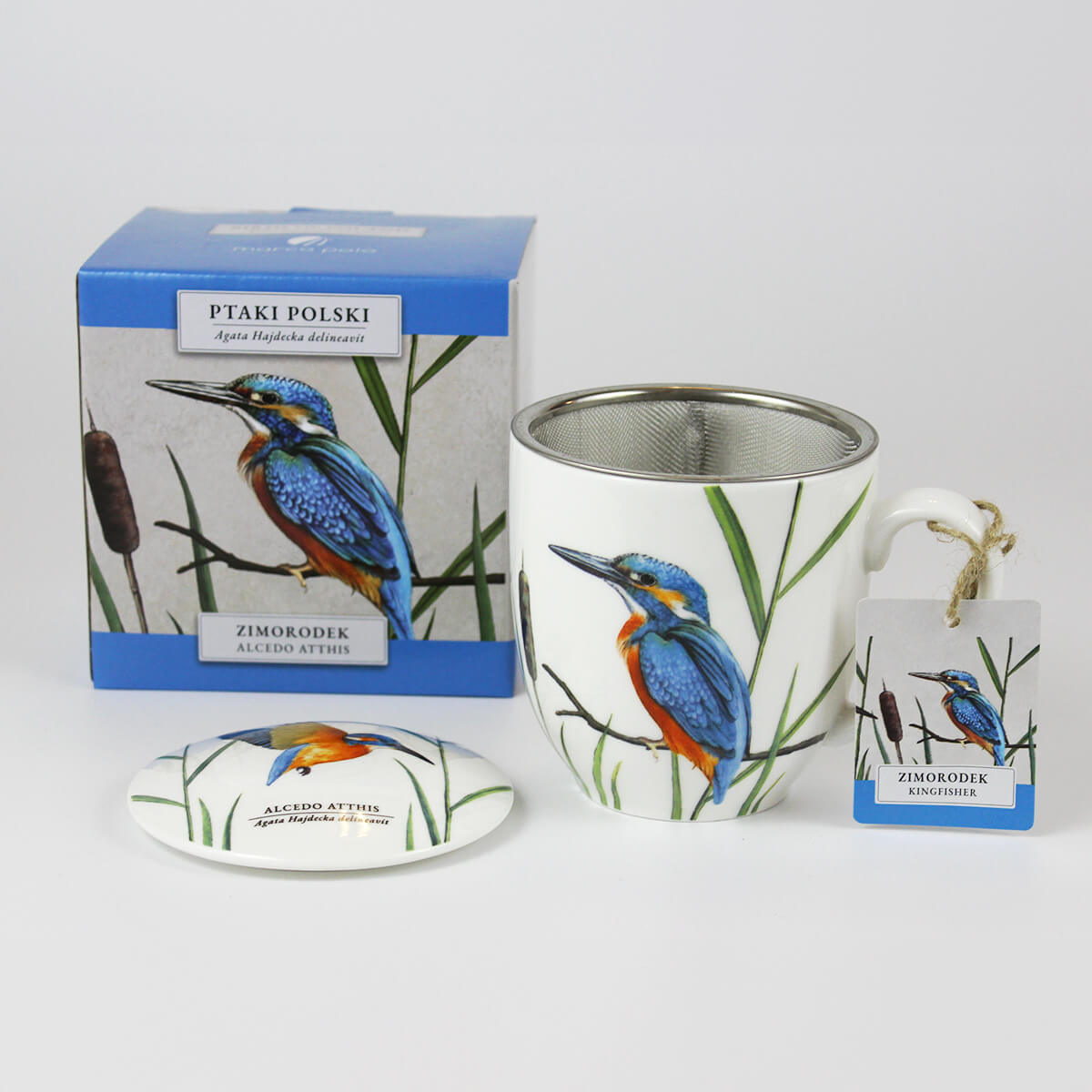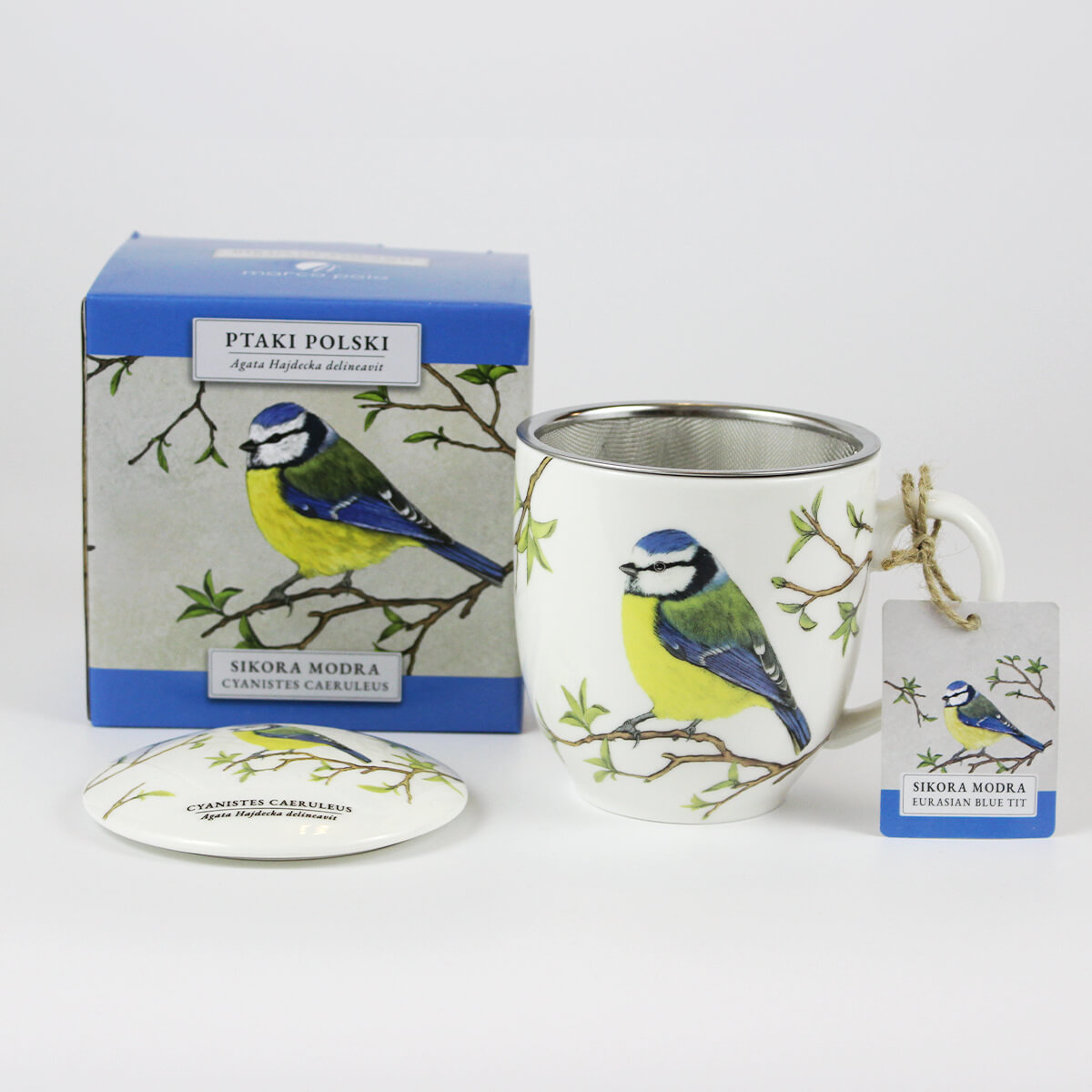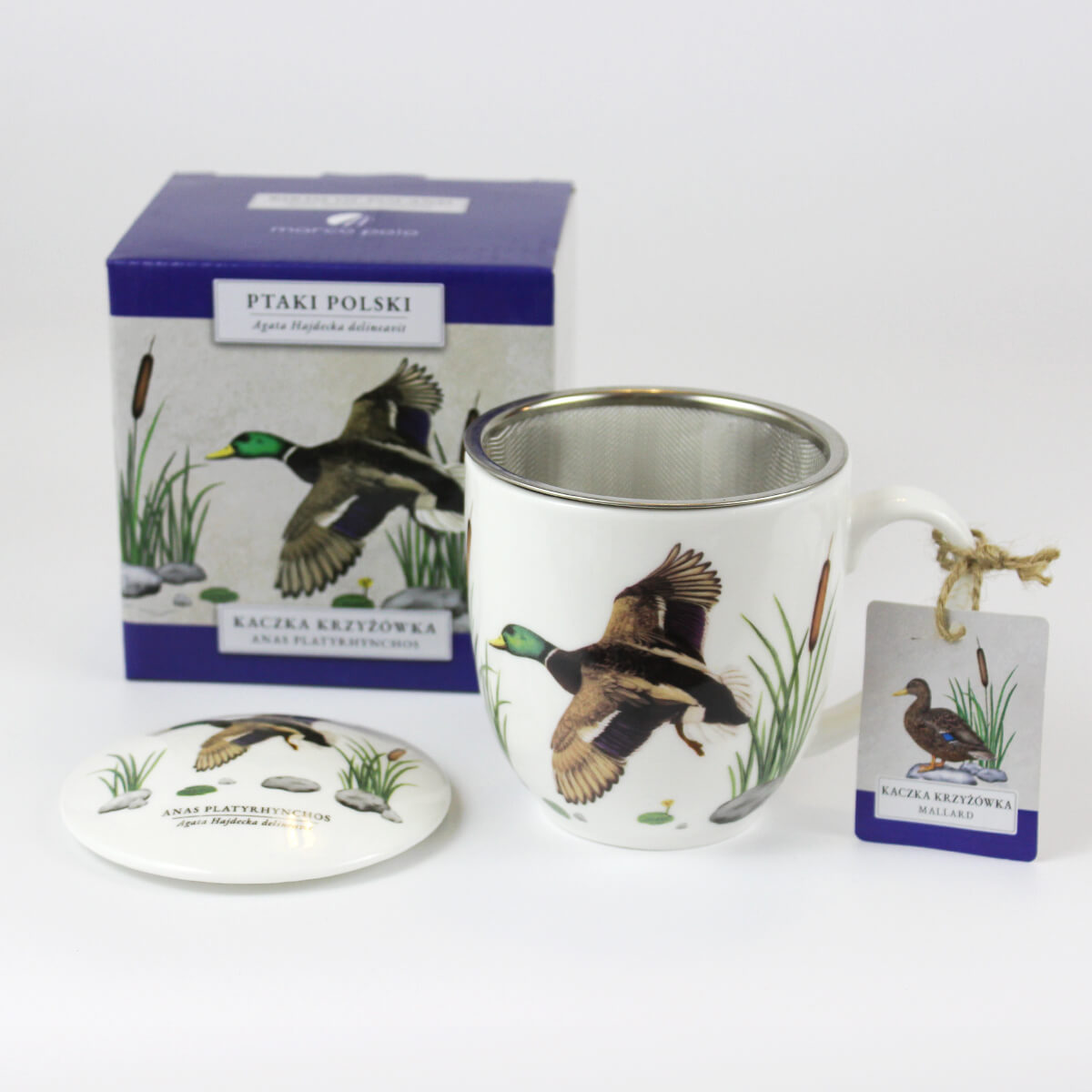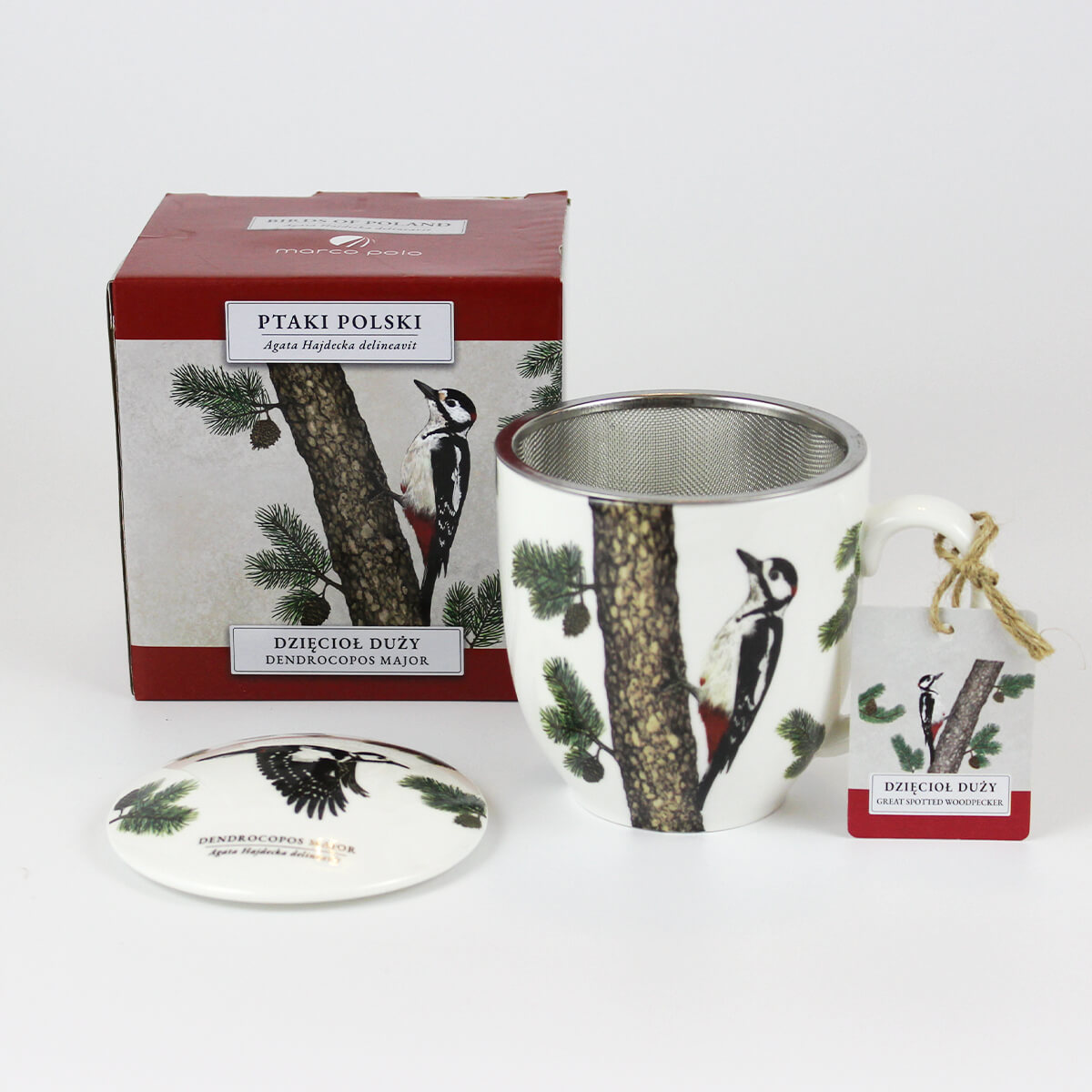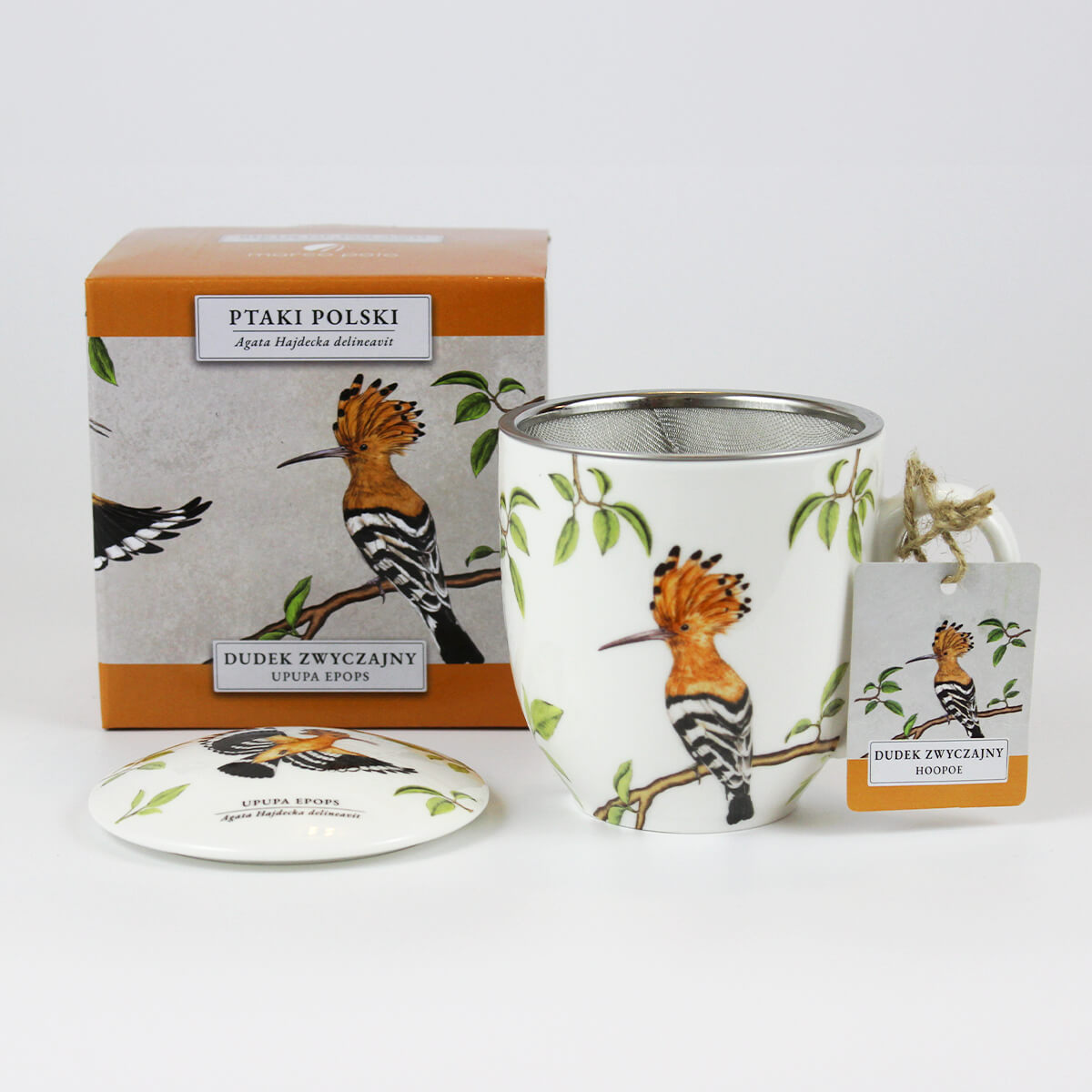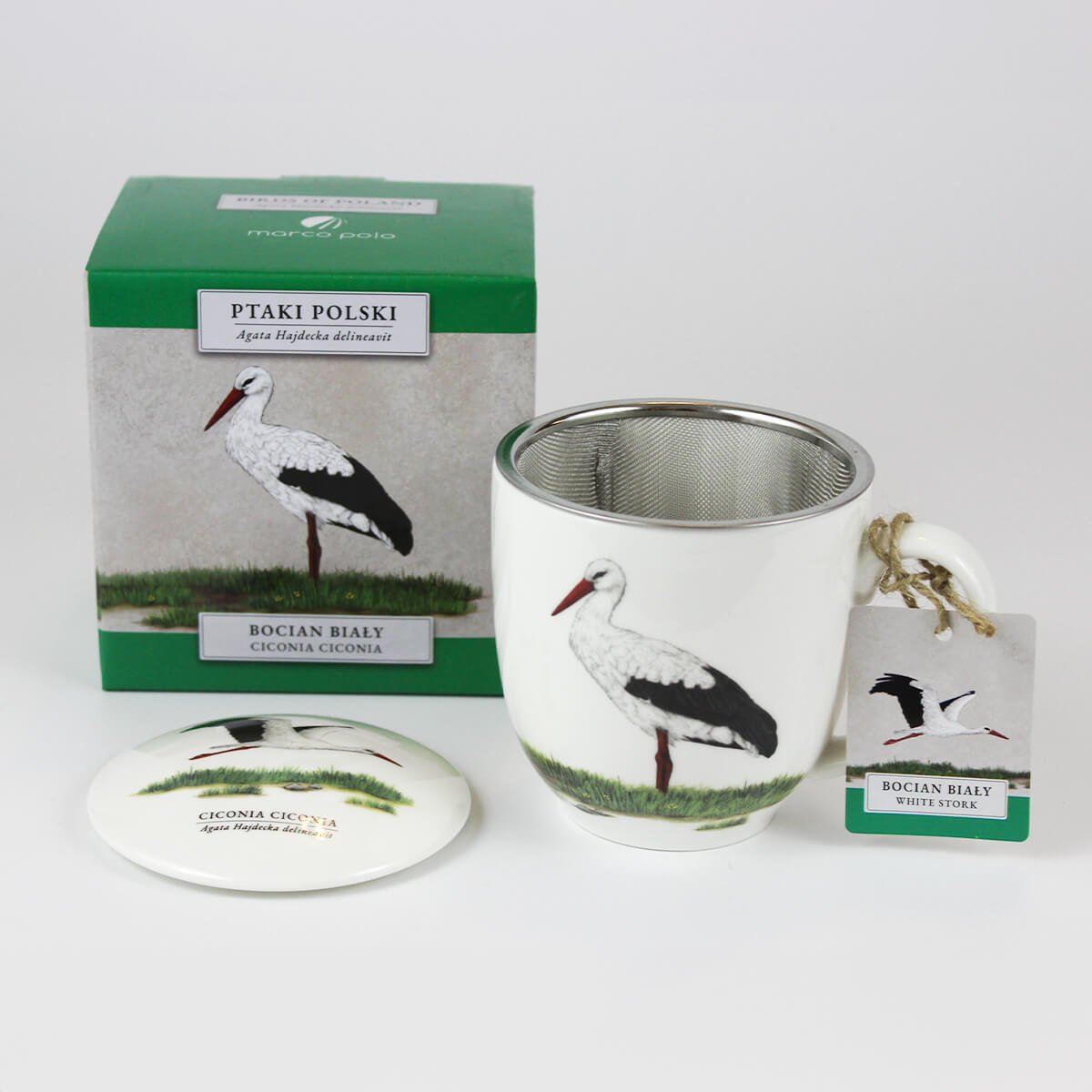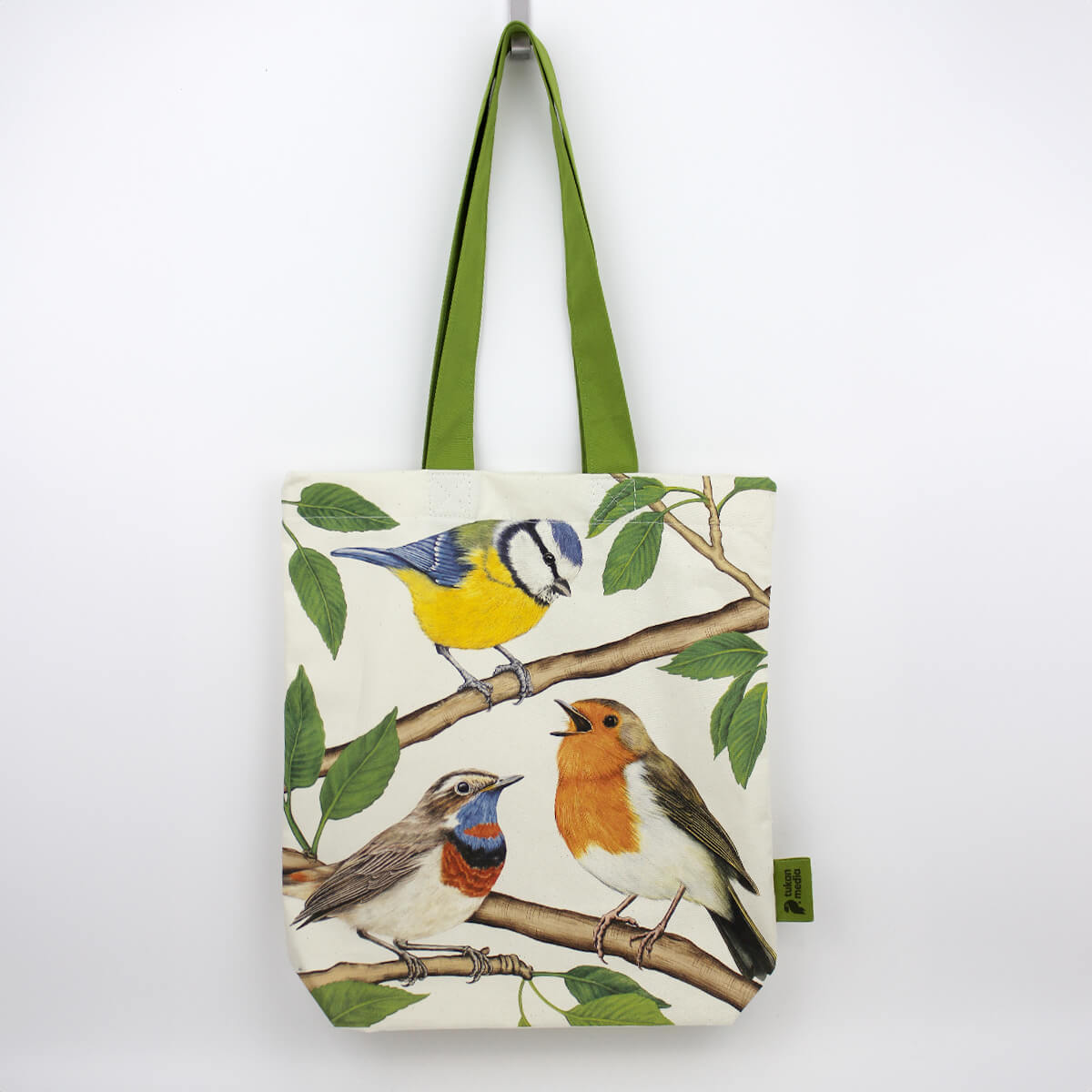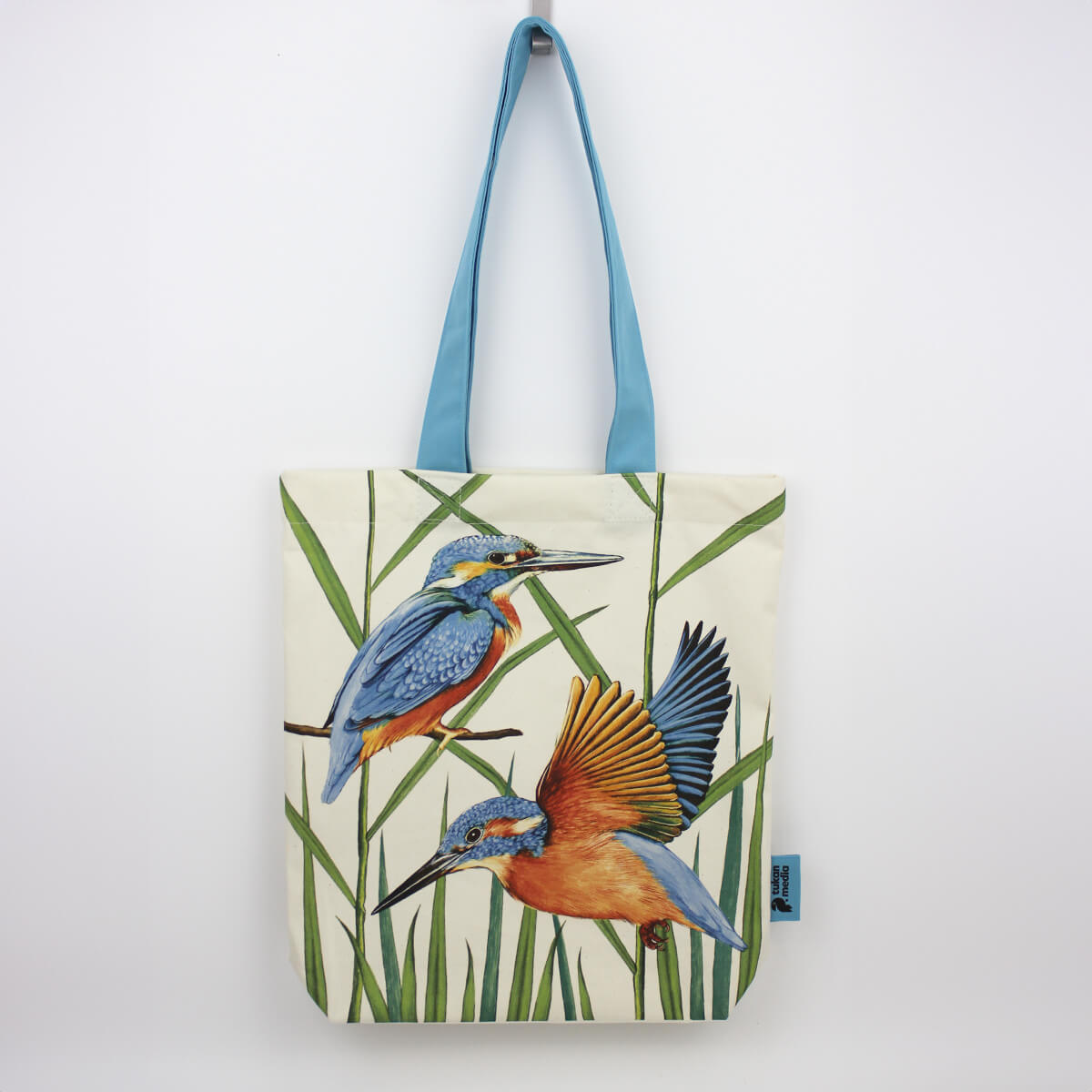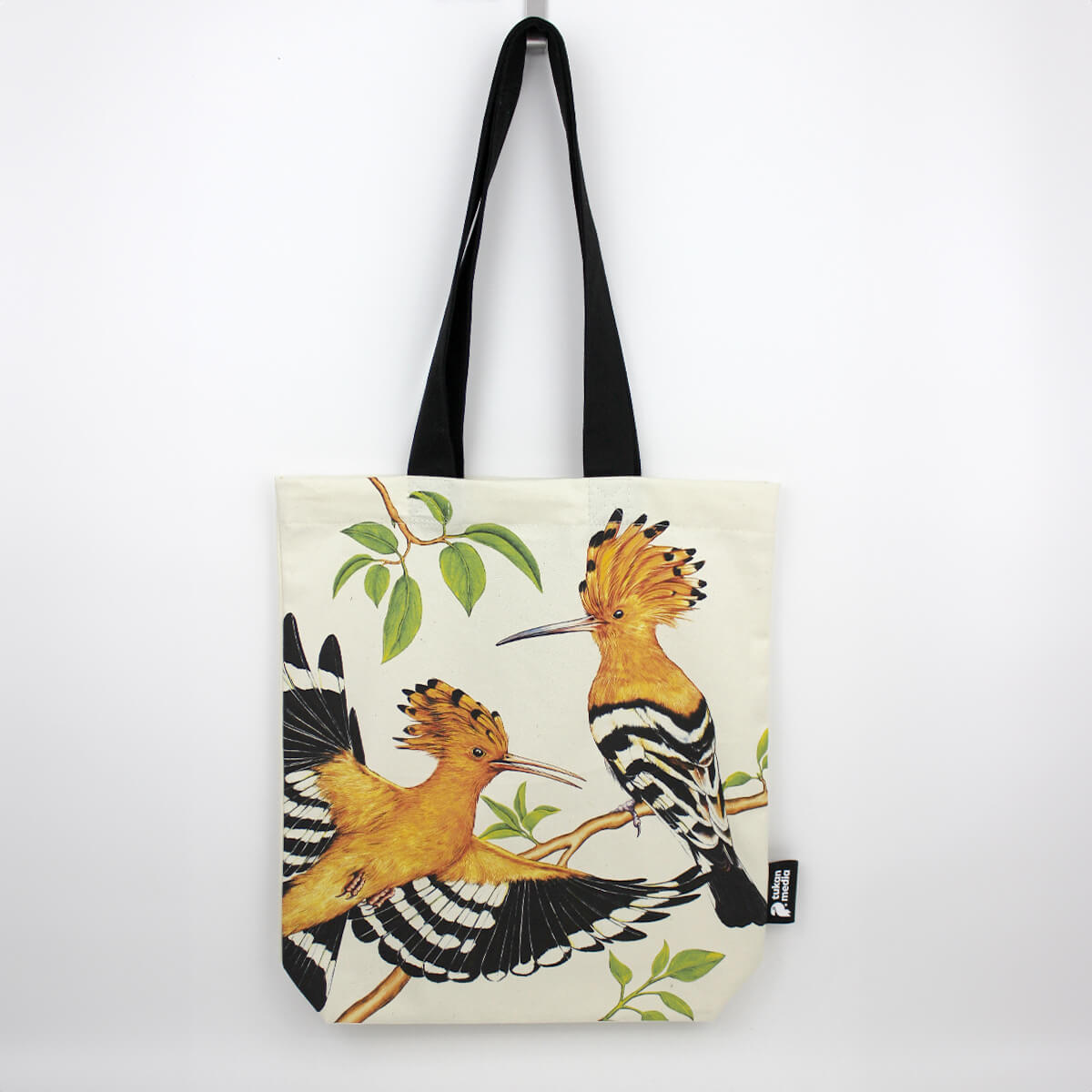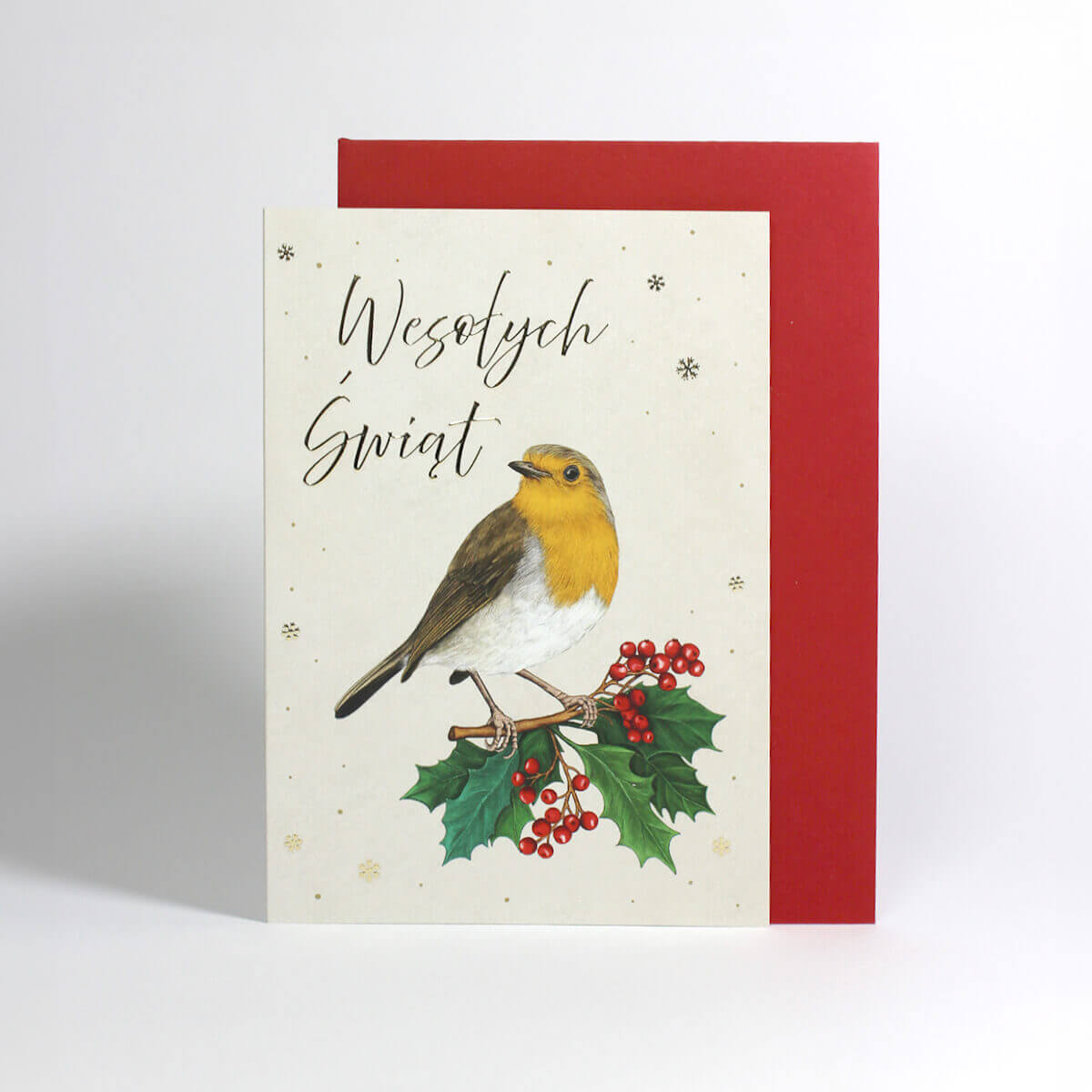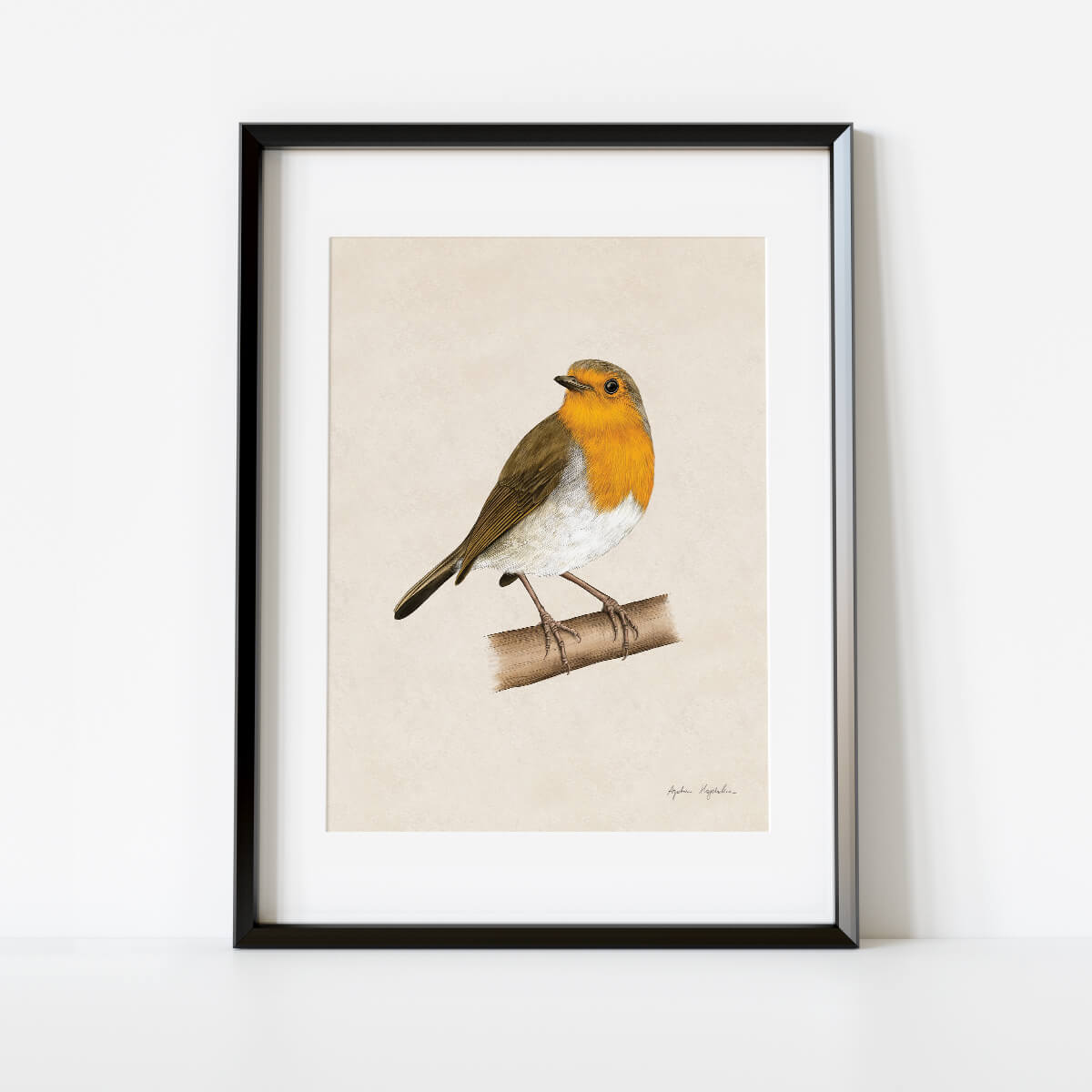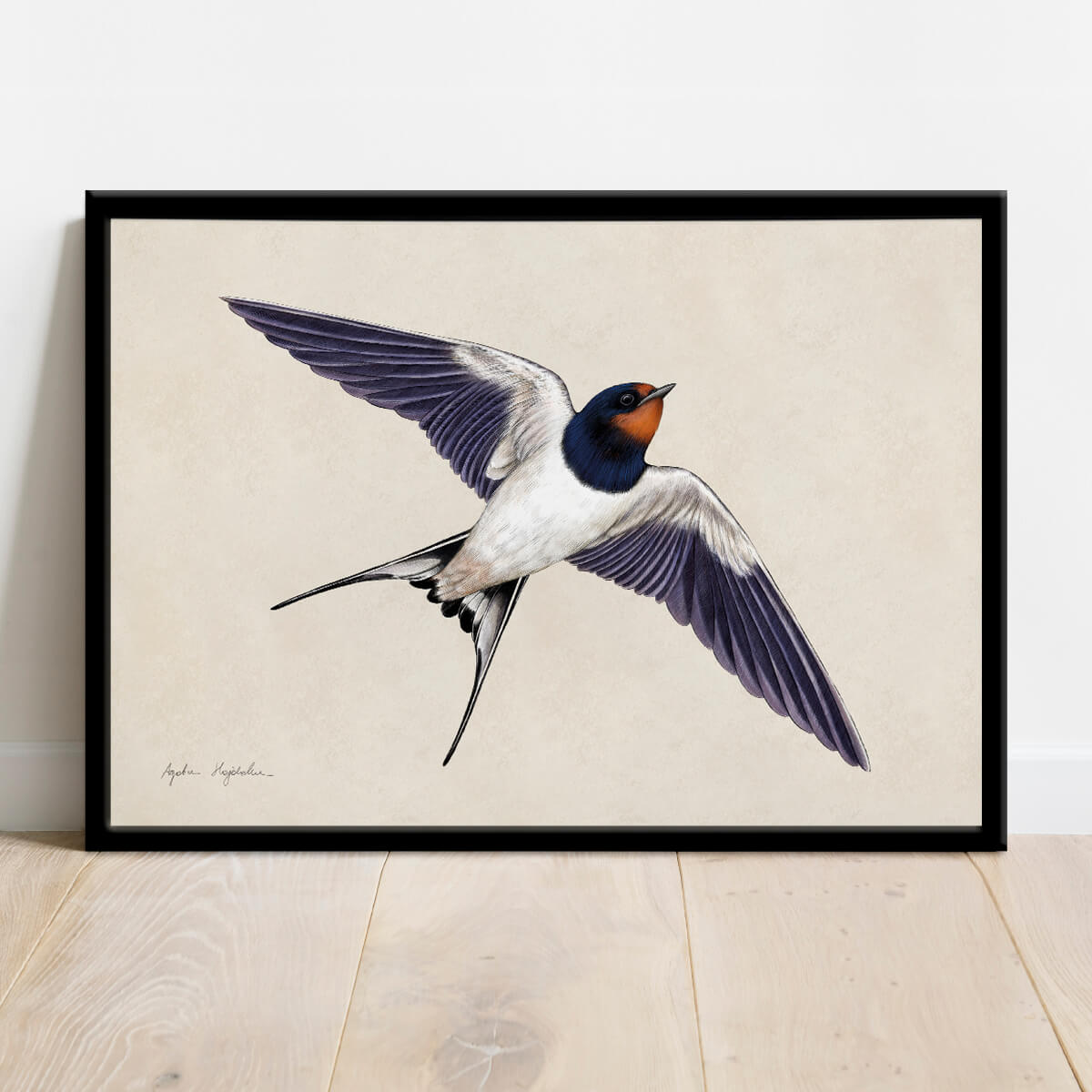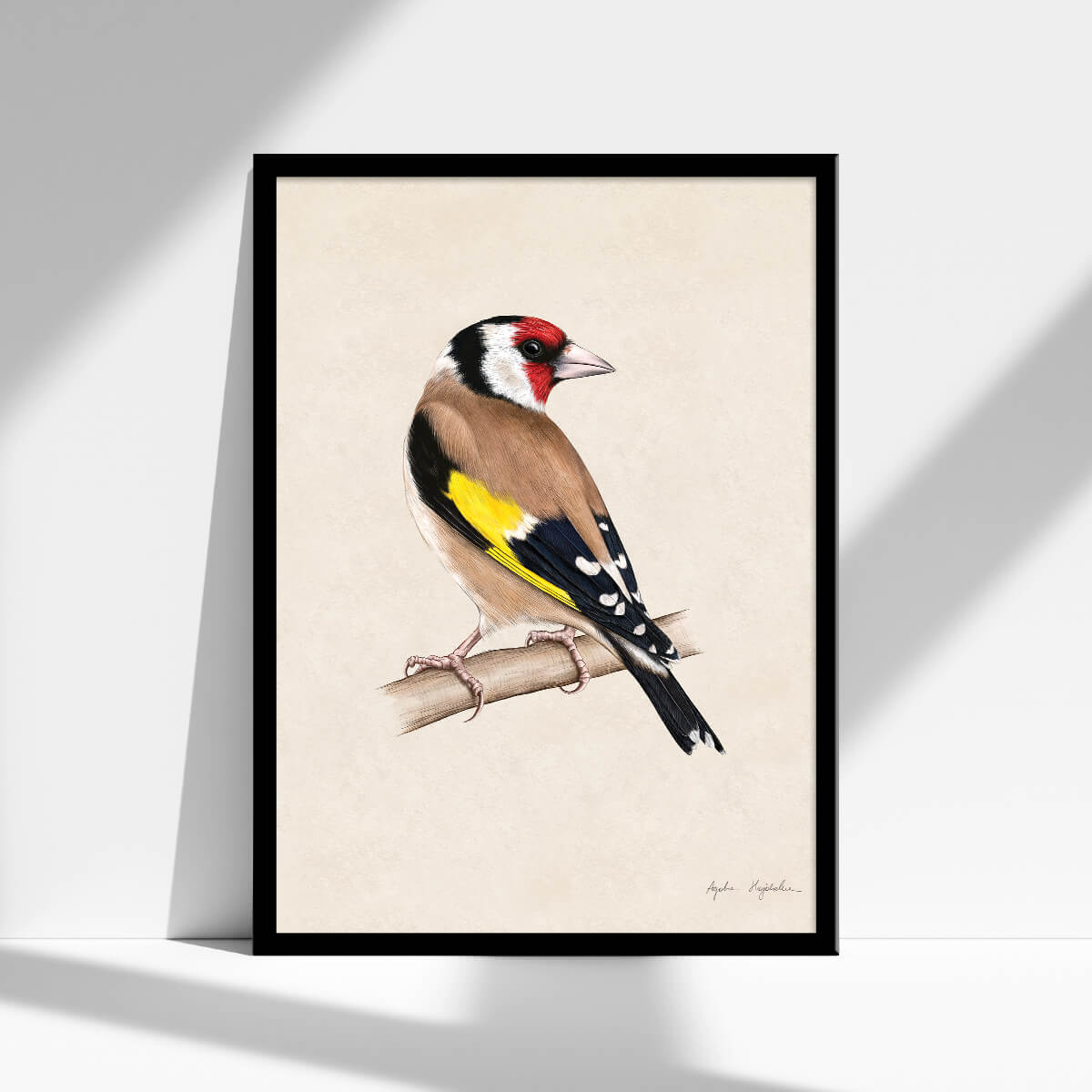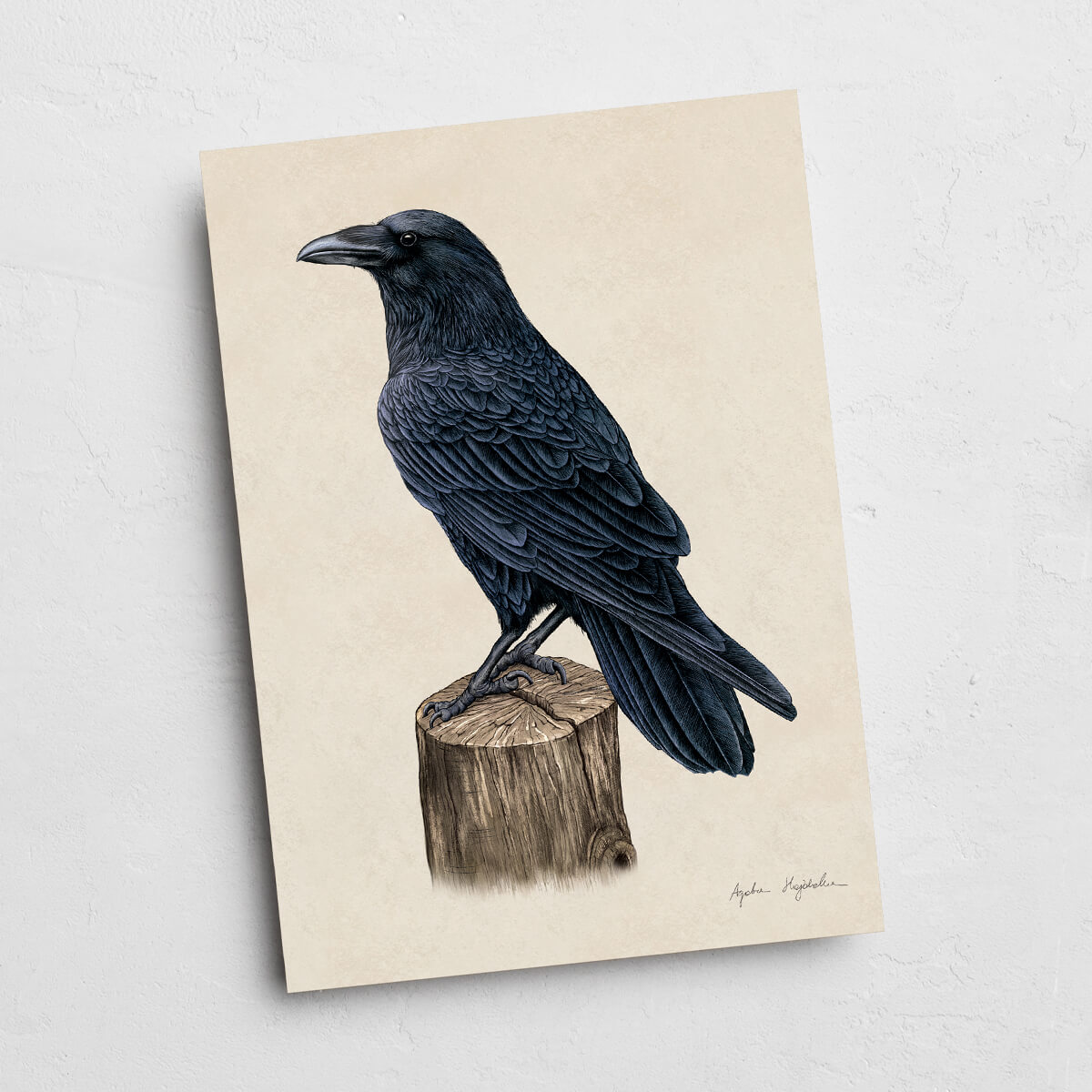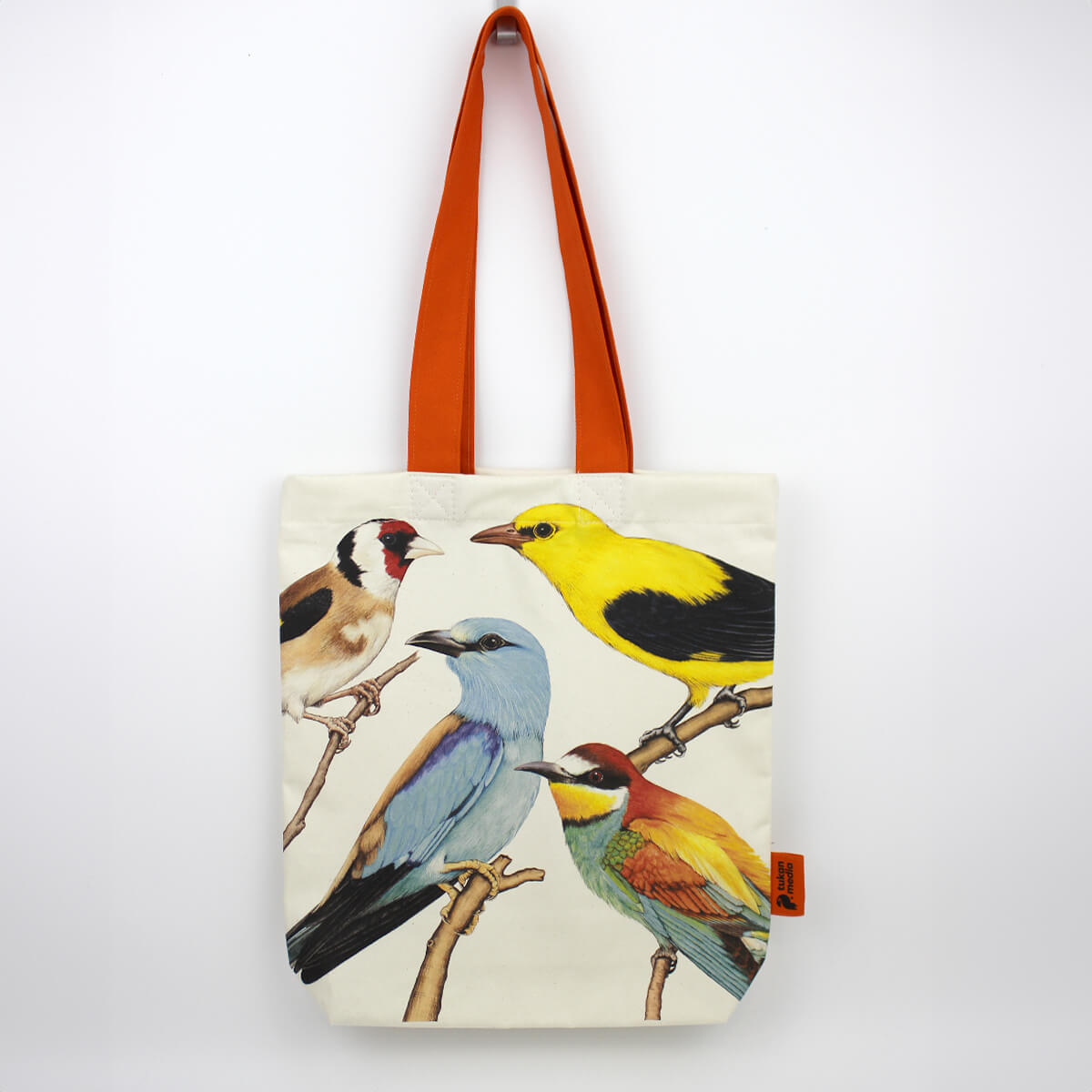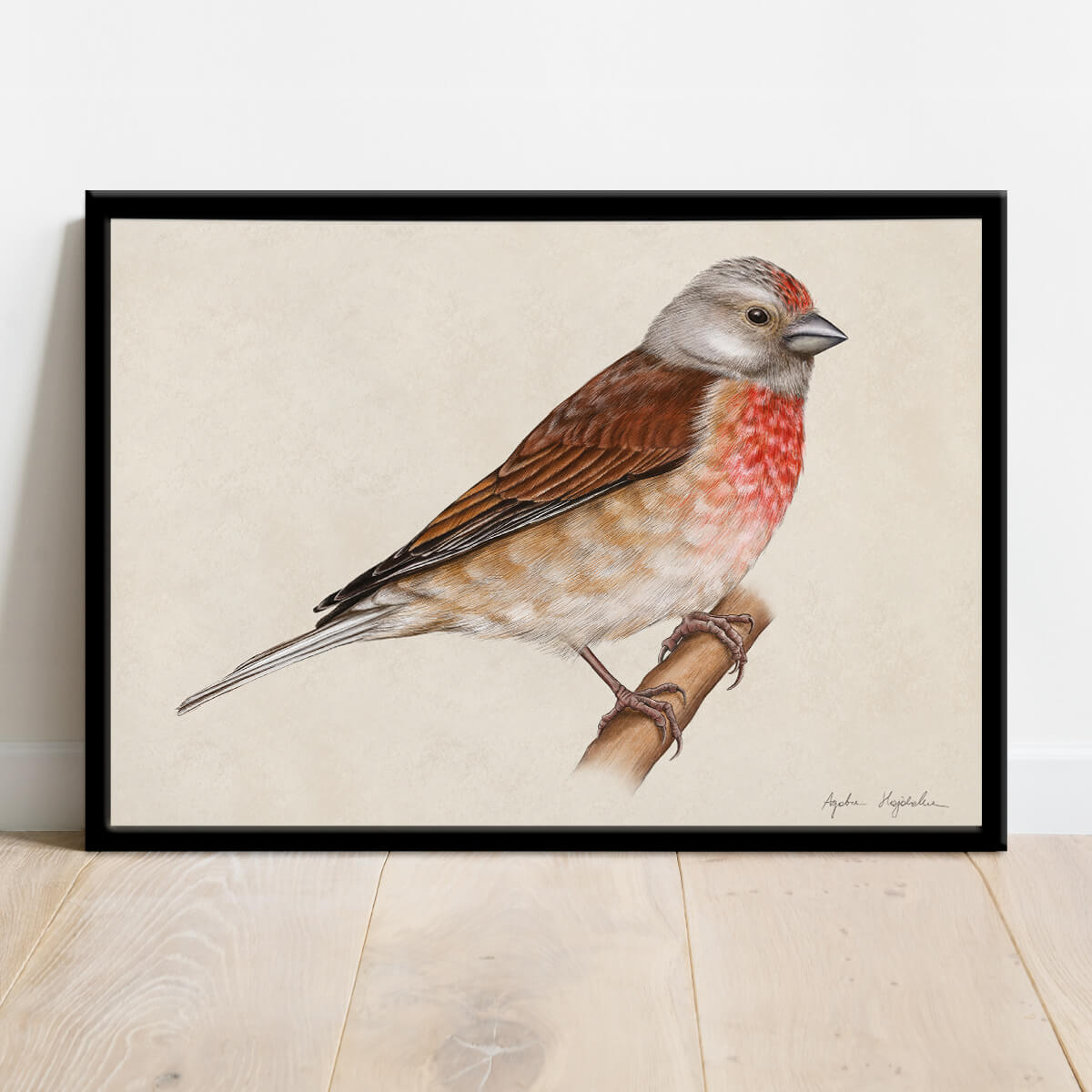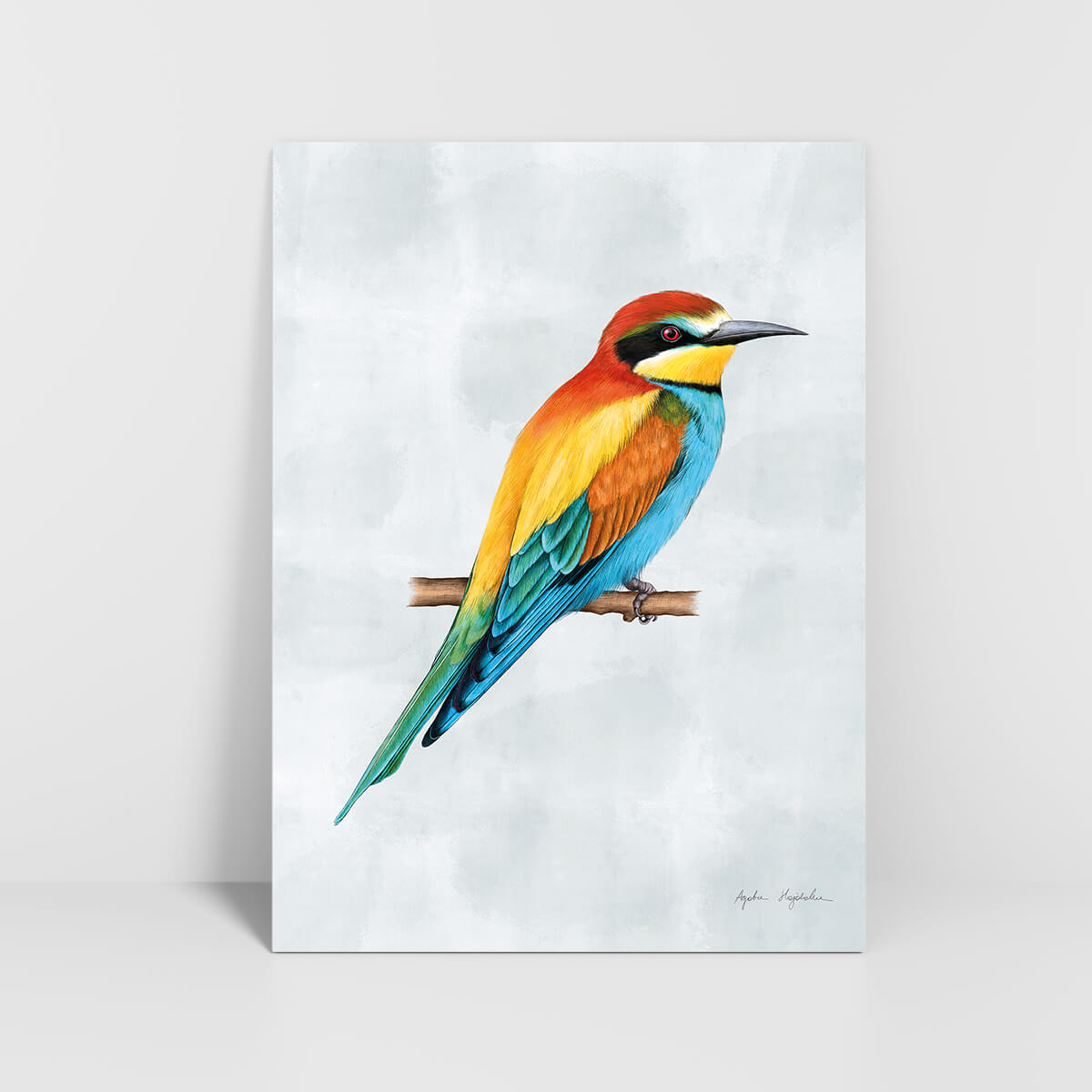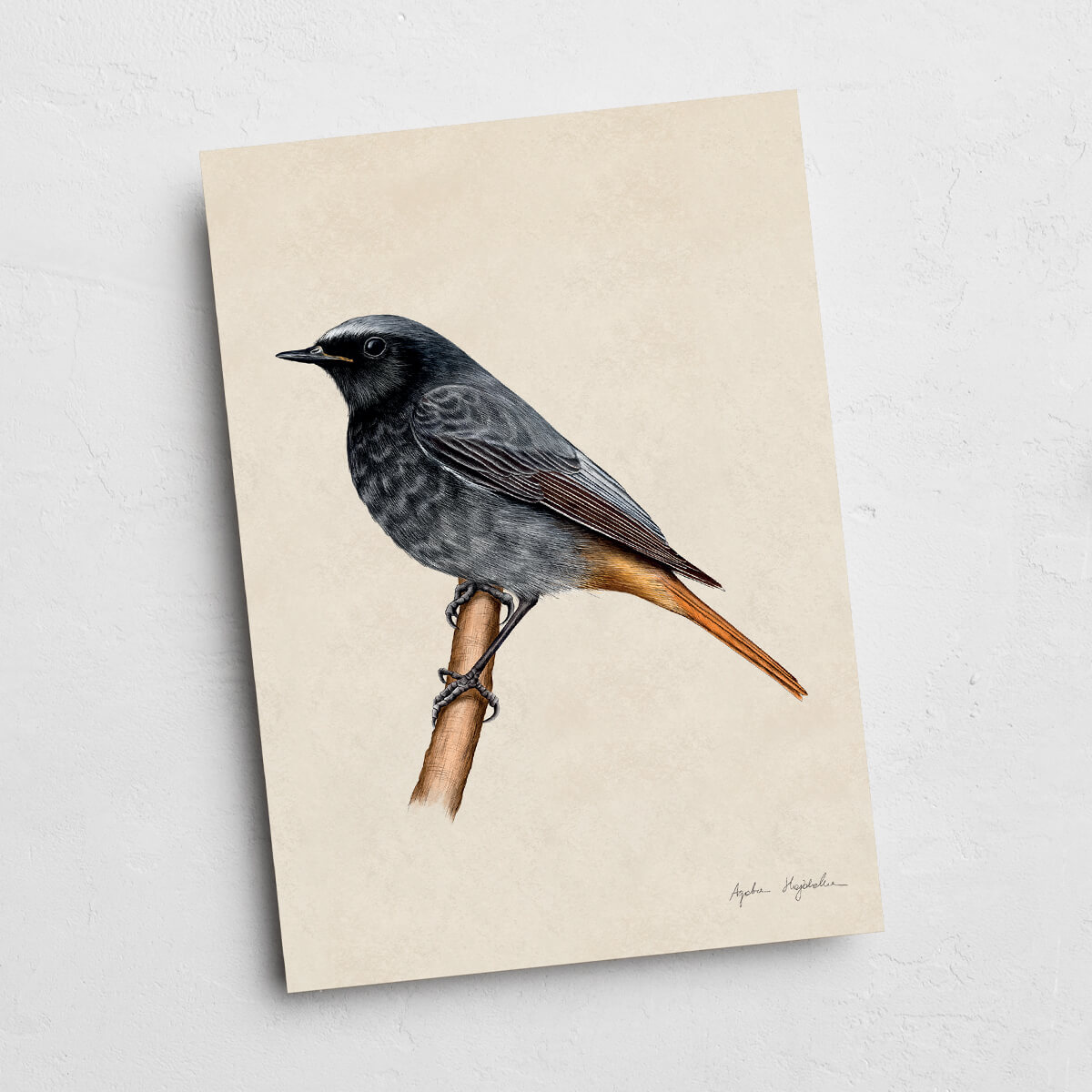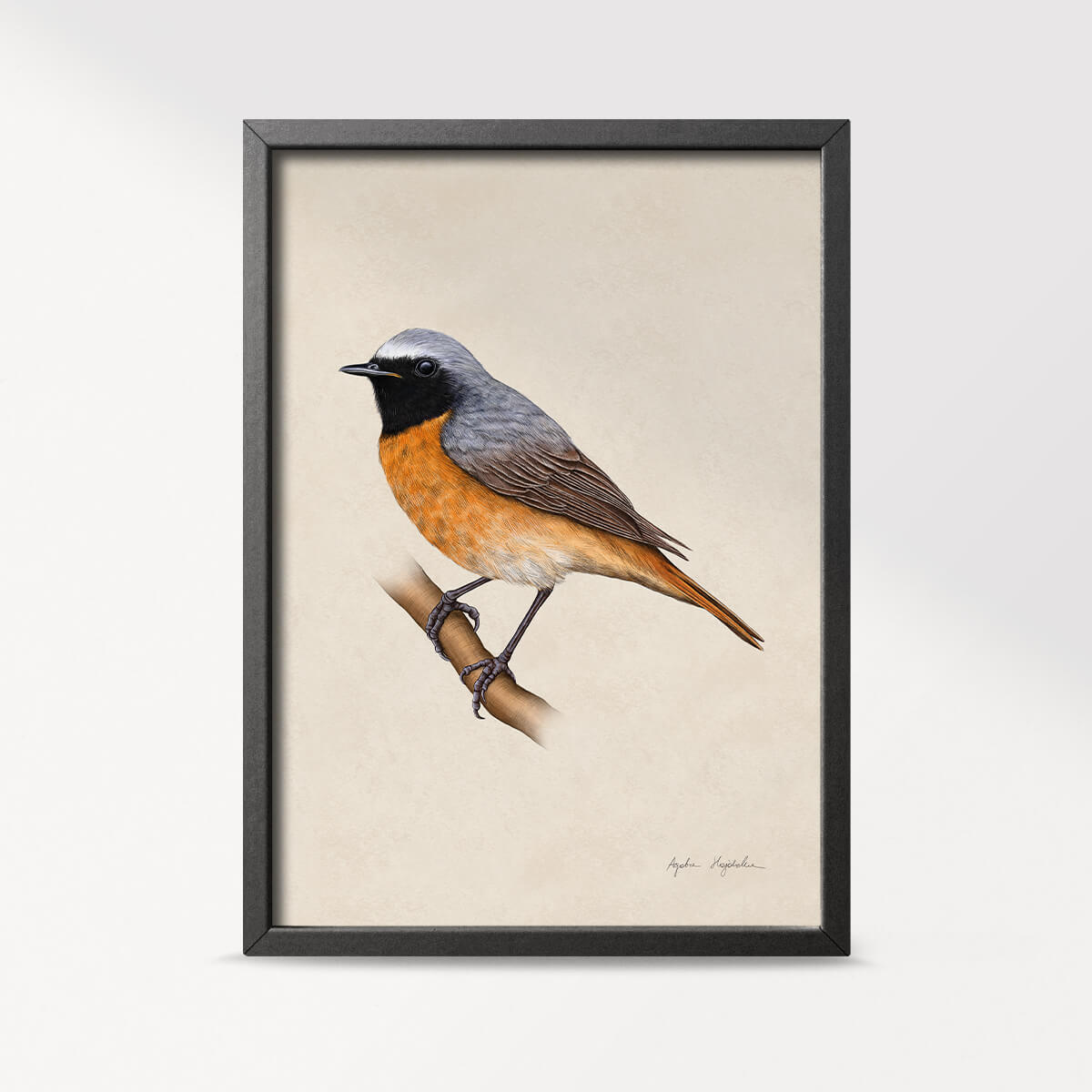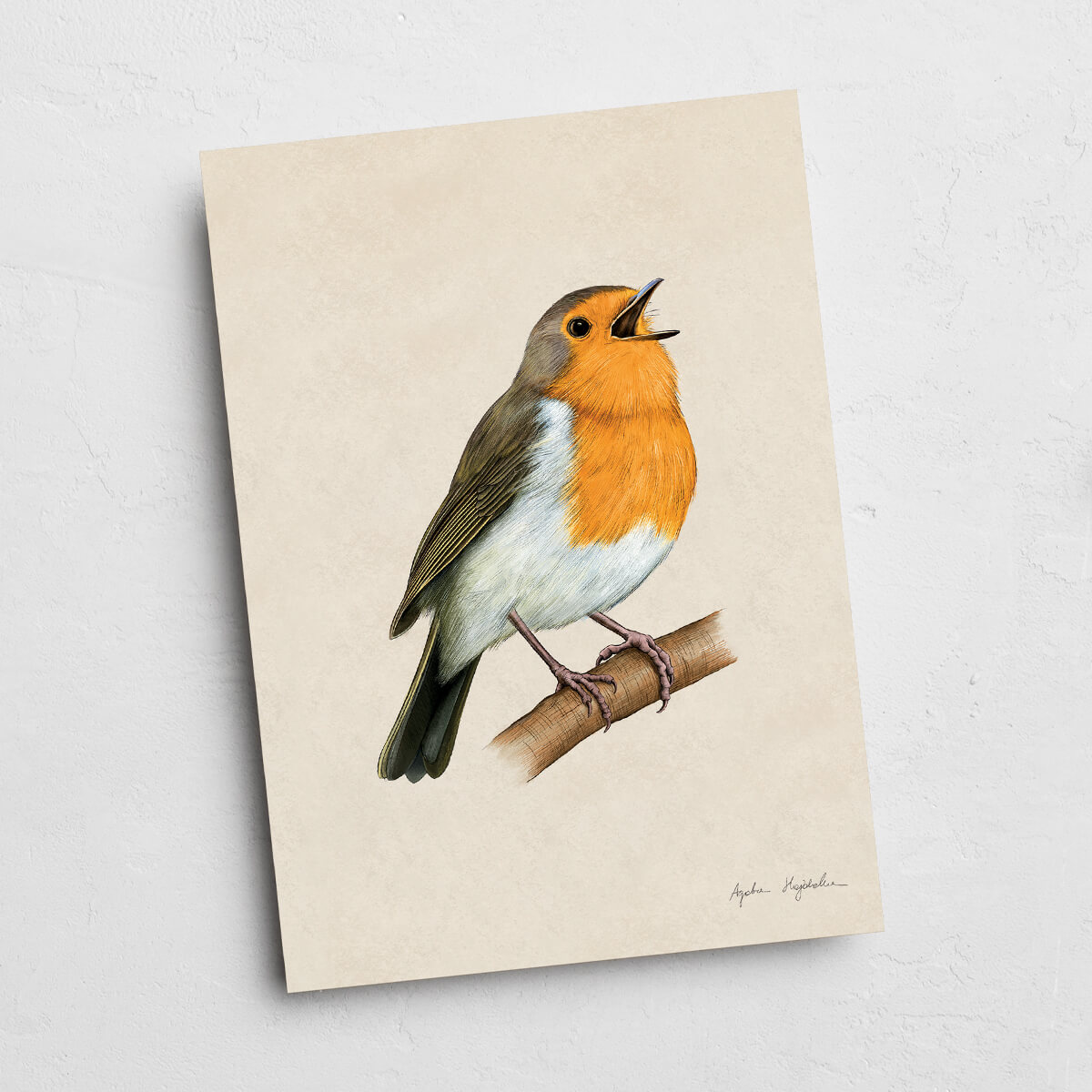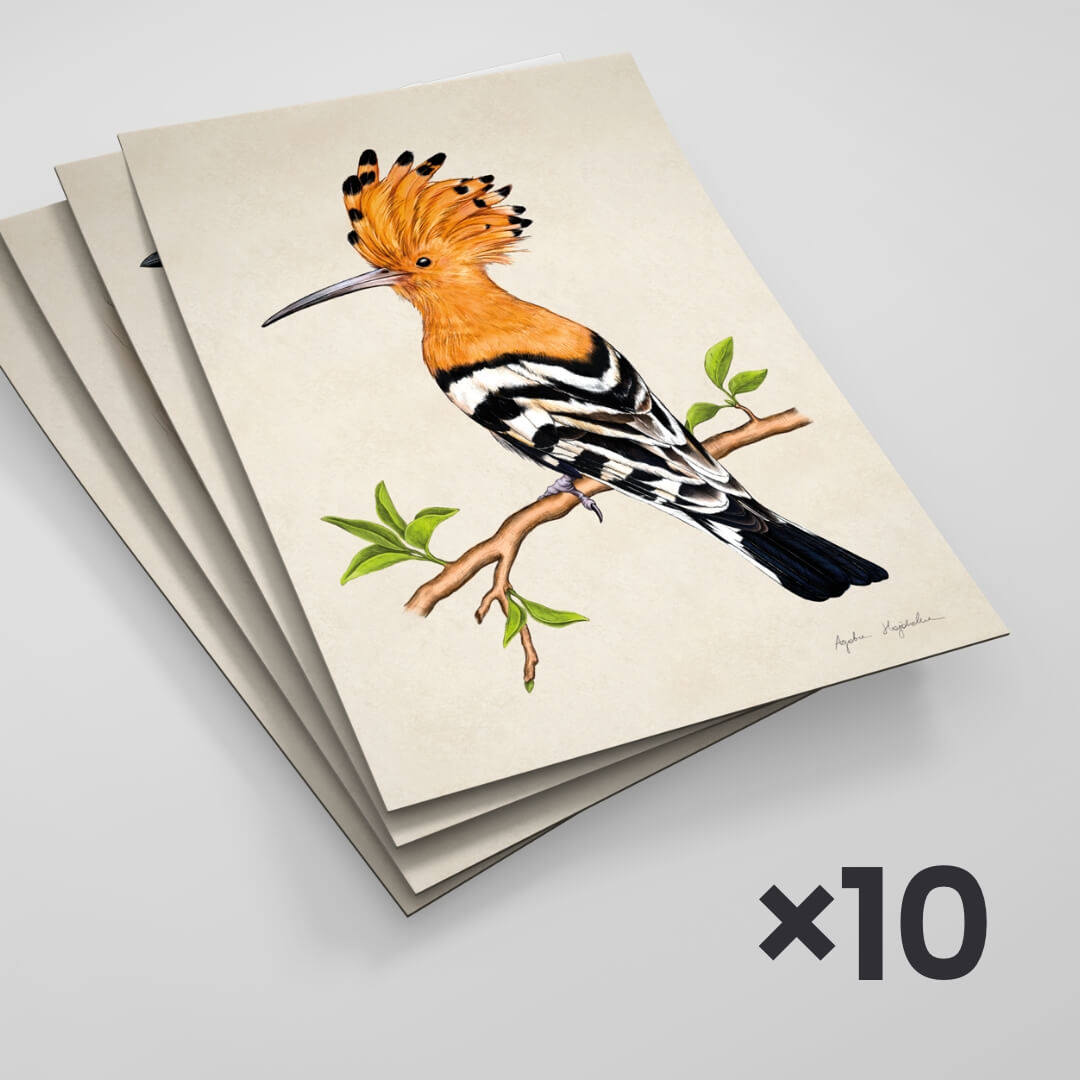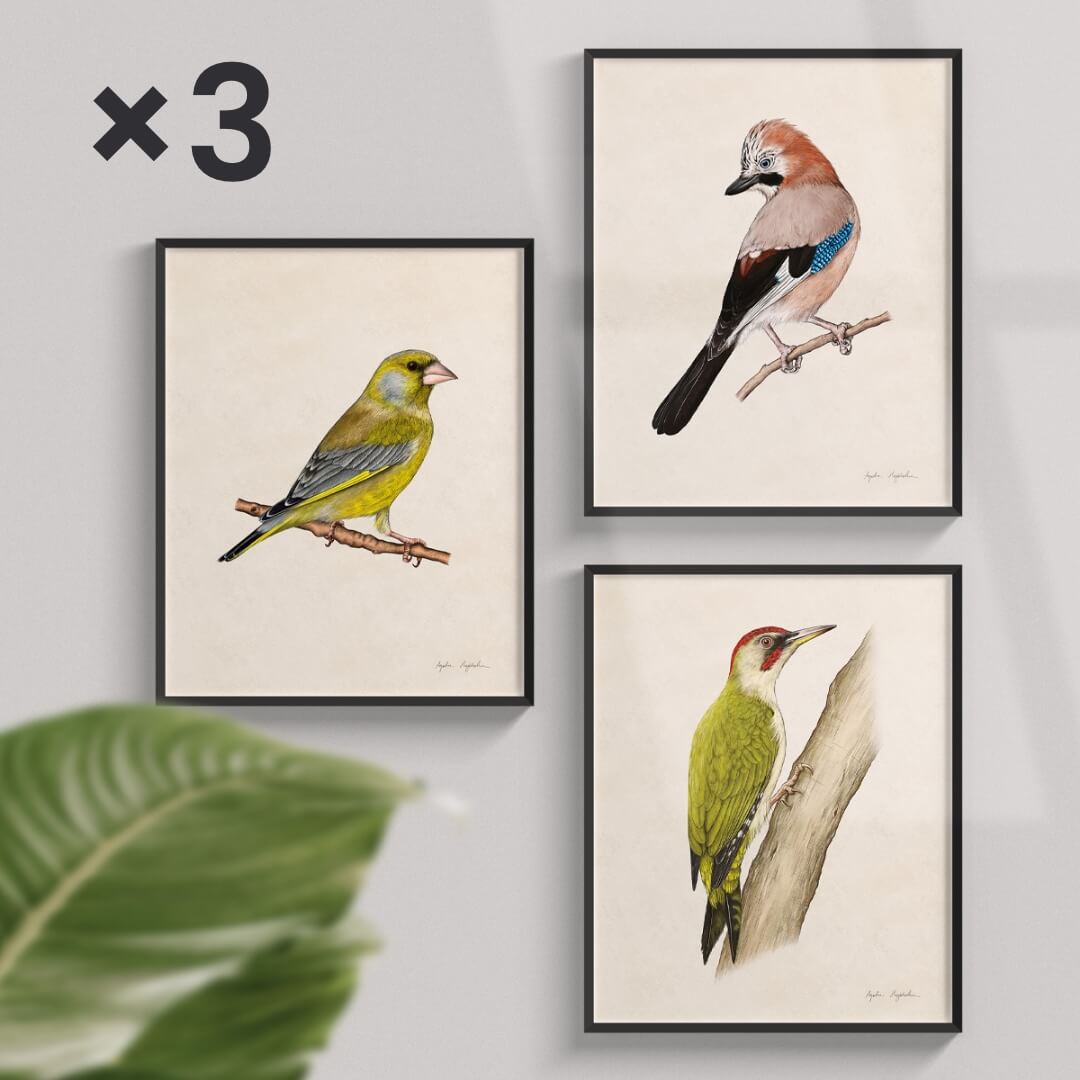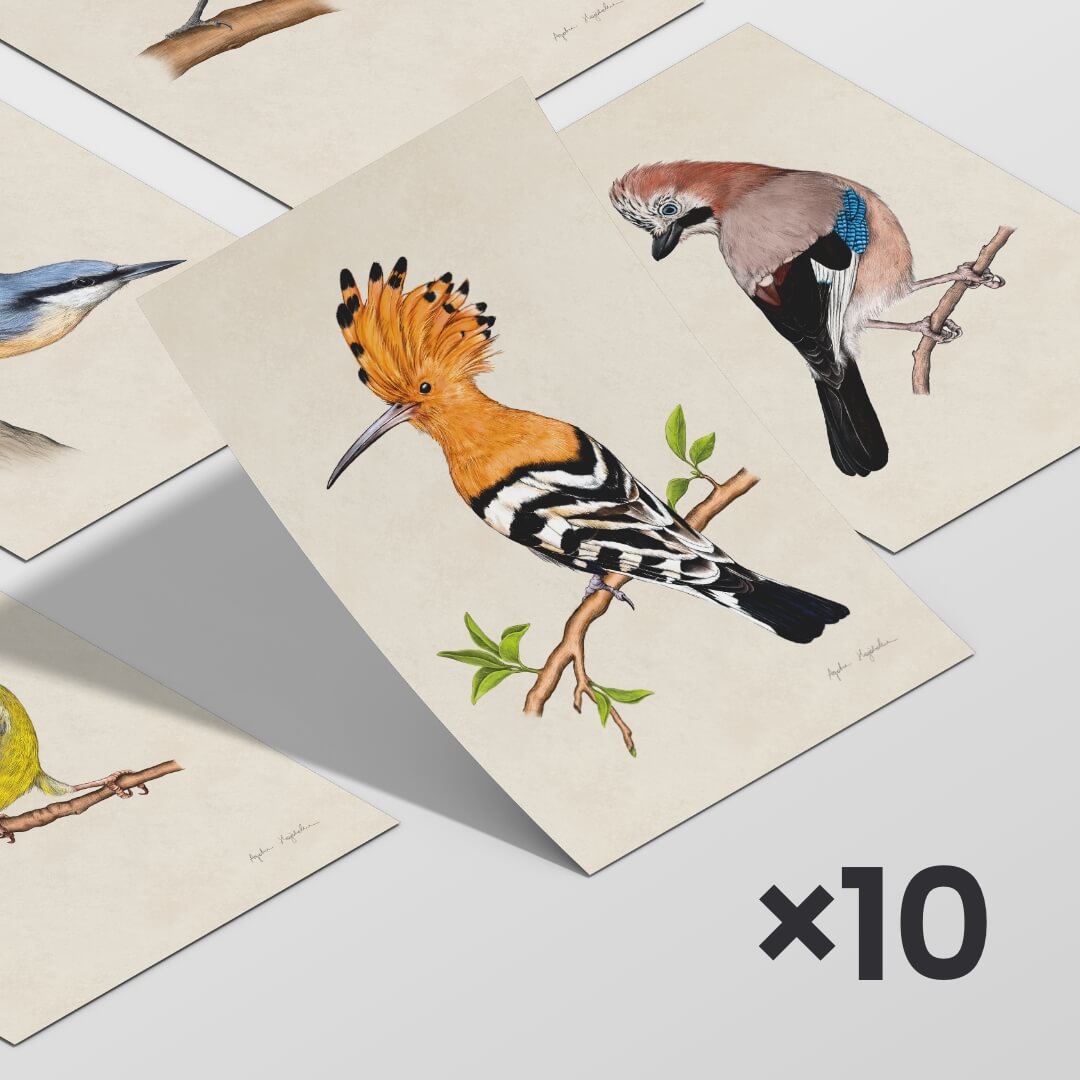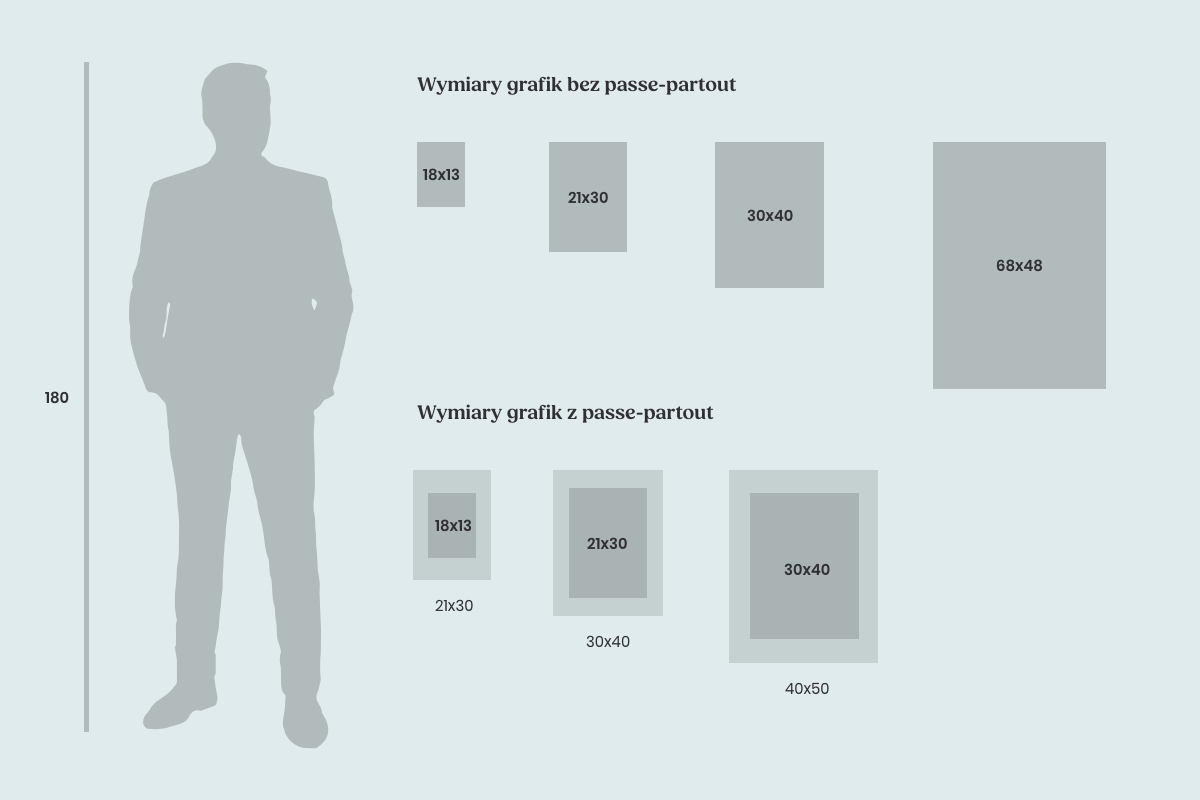- Tukan media
- Explore birds
- Eurasian magpie
Eurasian magpie
The widely recognized Polish birds – Eurasian magpies, are found across the entire Eurasian region and prefer areas near human settlements. You can even spot them in the busiest neighborhoods, and although they are alert and cautious, urban noise doesn't bother them. They inhabit trees and shrubs, constructing their nests from sticks and clay. These nests are lined with grass and roots, covered, and have a spherical shape. During the breeding season, magpies lay 4 to 7 speckled, greenish eggs, which they incubate for about 18 days. Young birds remain in the nest for up to 25 days after hatching. Magpies feed on insects, other birds' eggs, seeds, small mammals, and scraps – it's due to this diet that they settle close to humans, and the sight of magpies foraging in urban garbage bins no longer surprises anyone.
What does the Eurasian magpie look like?
As popular Polish birds, magpies are easily recognizable by most people and probably don't need an introduction. They are distinguished by their very long, green tail with a metallic sheen, black-and-white plumage, and iridescent blue-green wings. The magpie has a black beak and eyes, and it is certainly one of the most commonly encountered birds. It often appears in the company of other members of its species – flocks can even number hundreds of individuals, living together like a huge family. Although they settle in areas inhabited by humans, they don't seek direct contact and will quickly fly away if you approach too closely. They are shy and easily frightened.
Magpie - facts you must know!
The bird's high popularity has brought it an unfavorable reputation. It's time to dispel the myth that labels this bird as a cunning thief stealing various trinkets. As it turns out, magpies avoid shiny and reflective objects, steering clear of them and certainly not appropriating them for themselves. What else is worth knowing about magpies? Discover a few important facts:
- magpies are highly intelligent – their sharpness is confirmed by successfully passing the mirror test, which verifies self-awareness and involves checking if the bird recognizes itself in the reflection. During experiments, magpies passed this test flawlessly; upon seeing their reflection in the mirror, they aimed to remove a dot attached to their feathers,
- their pointed beak facilitates hunting – magpies are even capable of catching insects in mid-air,
- in China, the magpie is a symbol of marital happiness – it brings luck to newlyweds and is believed to favor a successful marriage,
- as one of the few species and Polish birds, the magpie constructs nests equipped with two entrances and covered roofing,
- magpies are true neighborhood rascals, which – when gathered in a larger group – chase away other birds from the area and can dominate over smaller species.
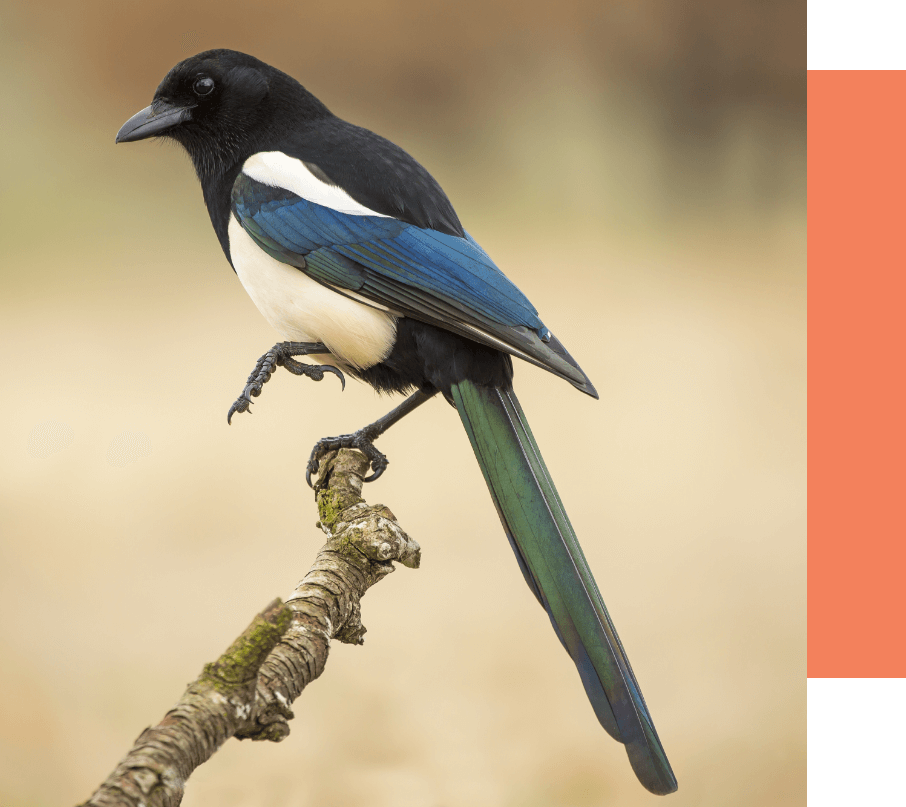
Listen to the voice
Magpie-themed gadgets
In my offer, you will find graphics featuring magpies, posters, and bookmarks. They will be a great idea for a gift for your loved ones and also an original decoration for your arrangements.
View products with Eurasian magpie
60.00 zł – 120.00 zł
5.00 zł
20.00 zł – 120.00 zł
Eurasian magpie - Additional Information
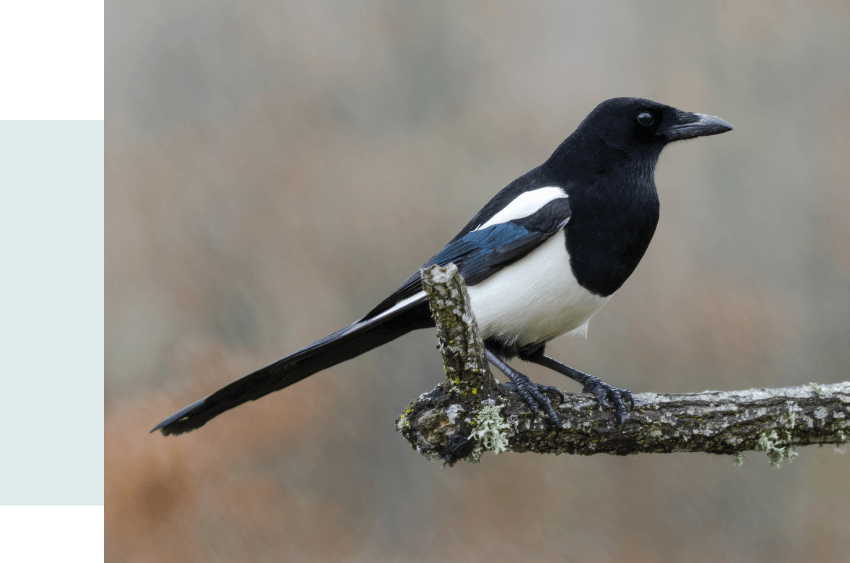
Eurasian magpie
Pica pica
Family
Corvids
Locations of Occurrence
The entire lowland area of the country
Food
Omnivorous: insects, snails, bird eggs, small mammals, seeds, carrion, scraps
Population
Moderately common breeding bird.
Migrations
Resident
Breeding
4-7 greenish speckled eggs. Incubation lasts for 17-18 days. Young birds leave the nest around 22-25 days after hatching
See other products with birds
89.00 zł
89.00 zł
20.00 zł – 120.00 zł
20.00 zł – 120.00 zł
20.00 zł – 120.00 zł
60.00 zł – 120.00 zł
20.00 zł – 120.00 zł
20.00 zł – 120.00 zł
20.00 zł – 120.00 zł
267.00 zł 230.00 zł
553.00 zł 499.00 zł
400.00 zł 375.00 zł
464.00 zł 439.00 zł
237.00 zł 225.00 zł
150.00 zł 143.00 zł
174.00 zł 165.00 zł
89.00 zł
50.00 zł
50.00 zł
58.00 zł
79.00 zł
79.00 zł
79.00 zł
79.00 zł
79.00 zł
50.00 zł
50.00 zł
50.00 zł
50.00 zł
50.00 zł
89.00 zł
89.00 zł
20.00 zł – 120.00 zł
20.00 zł – 120.00 zł
20.00 zł – 120.00 zł
20.00 zł – 120.00 zł
89.00 zł
20.00 zł – 120.00 zł
20.00 zł – 120.00 zł
60.00 zł – 120.00 zł
20.00 zł – 120.00 zł
20.00 zł – 120.00 zł
20.00 zł – 120.00 zł
600.00 zł 500.00 zł
160.00 zł – 320.00 zł
450.00 zł 400.00 zł
